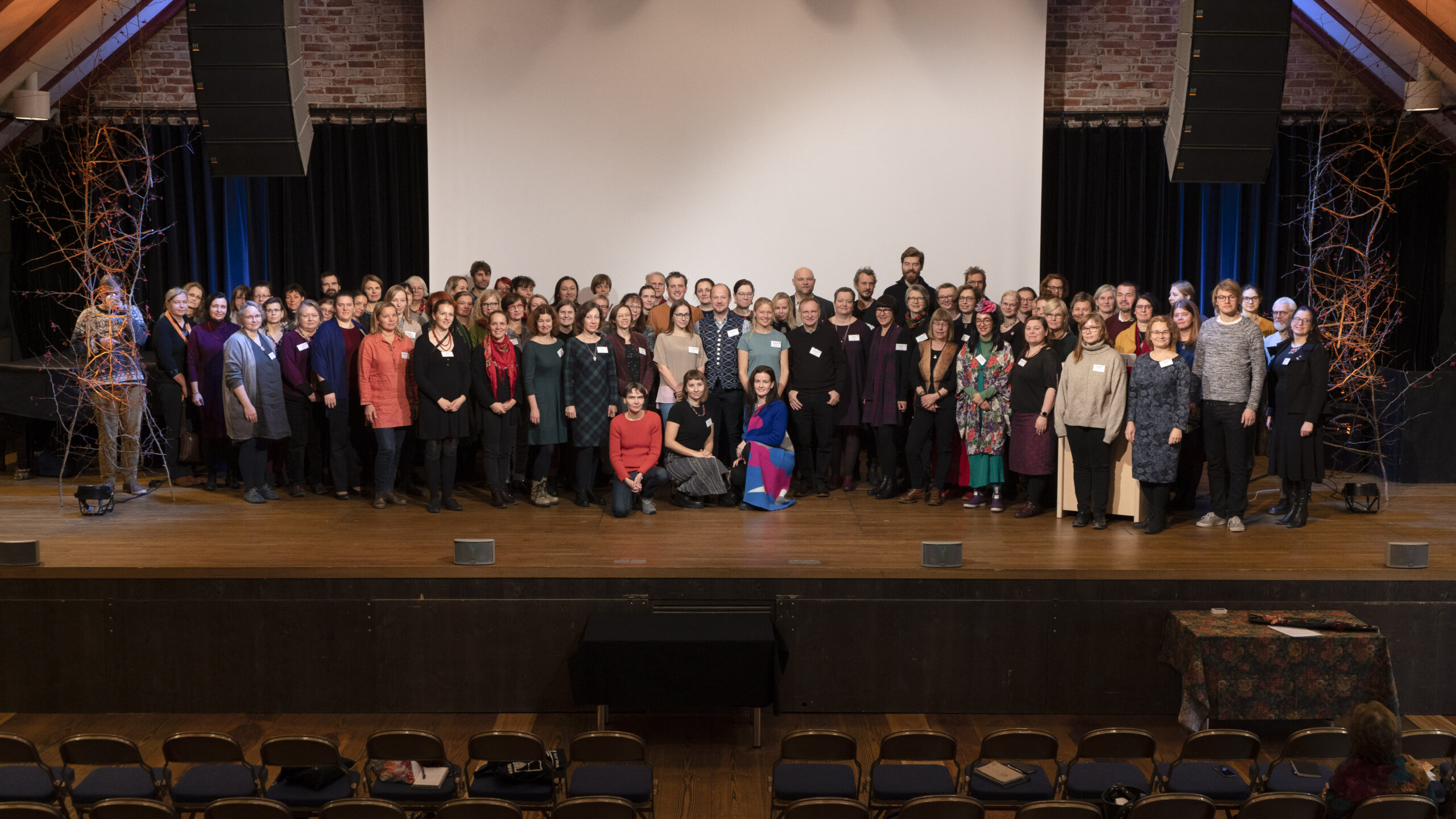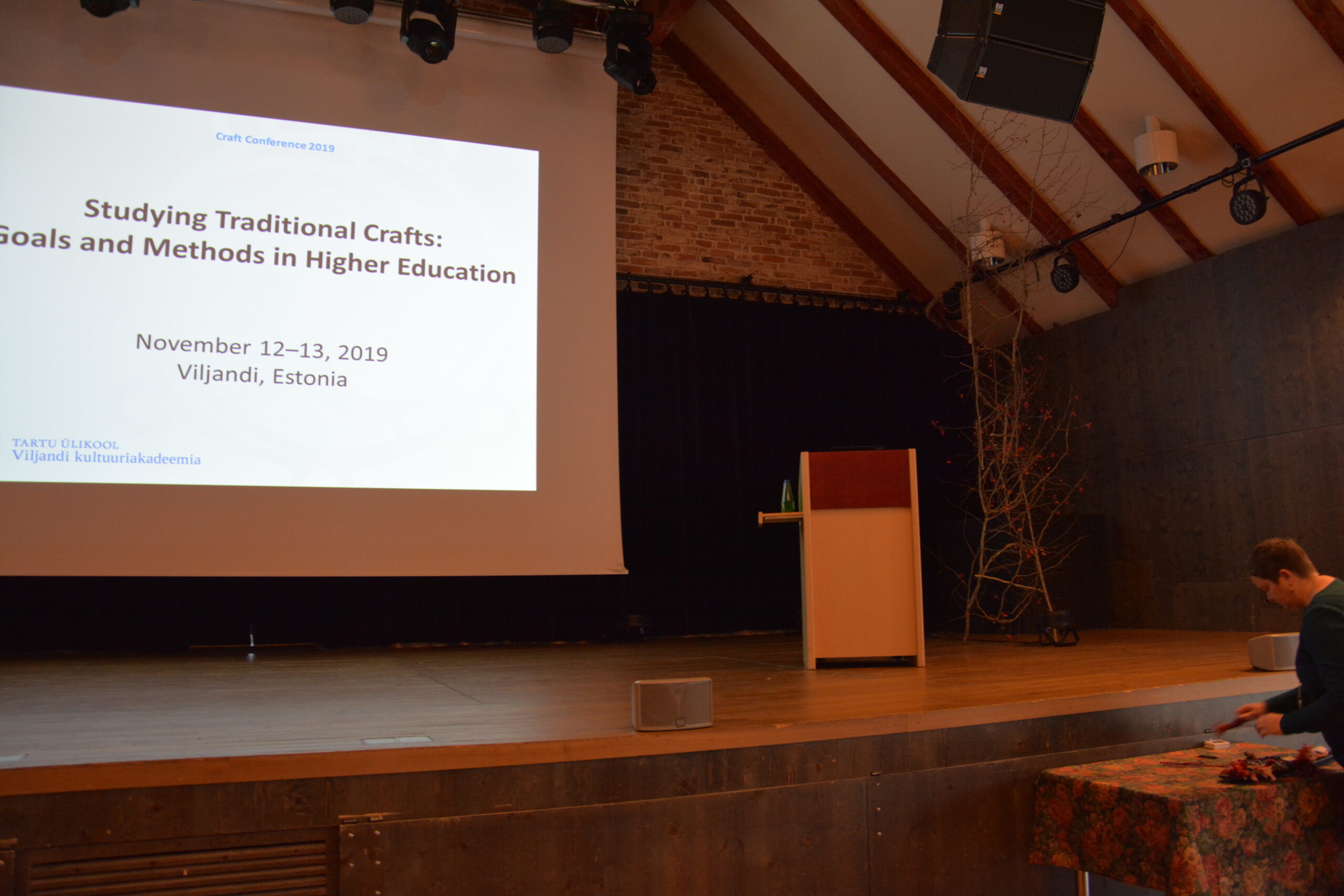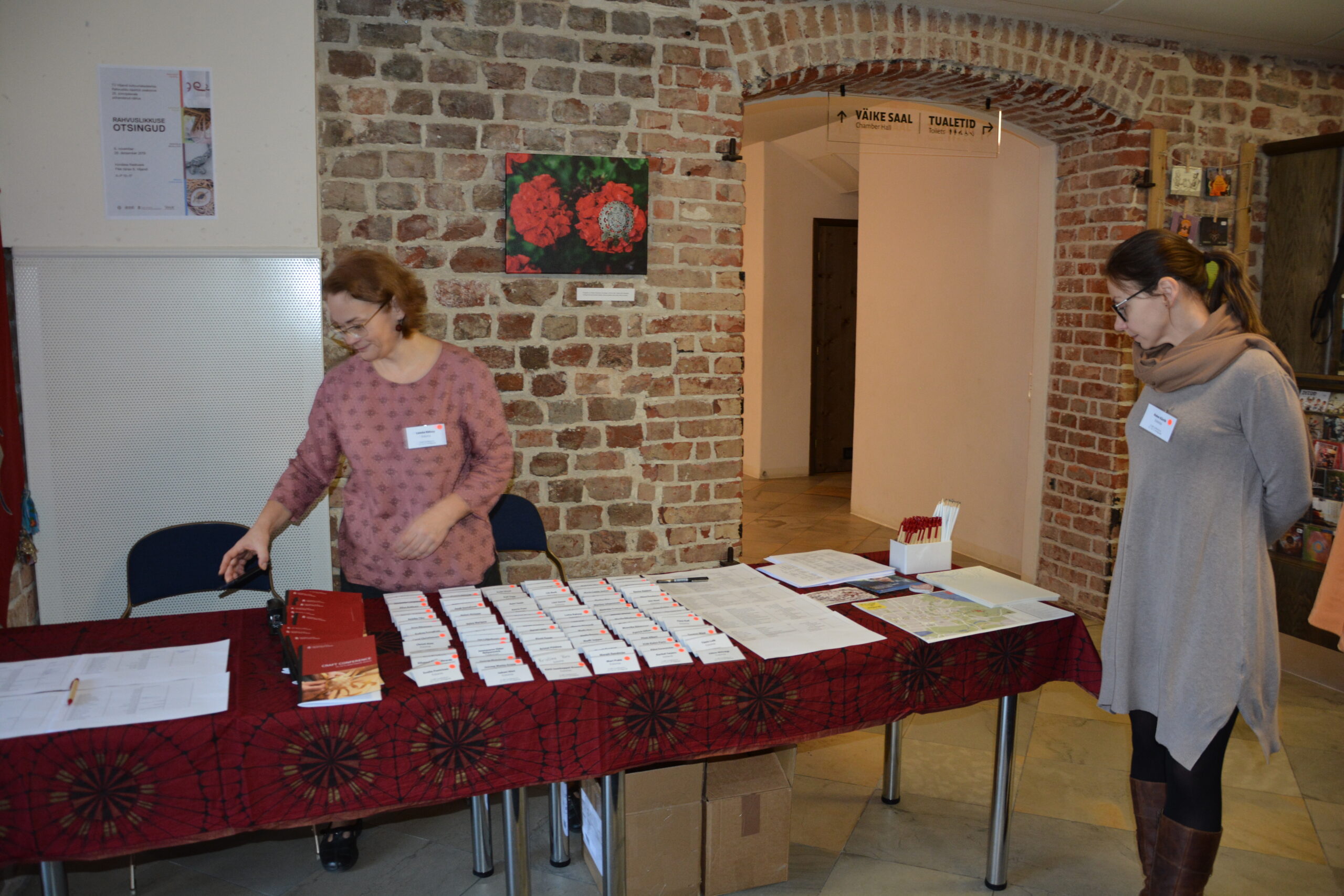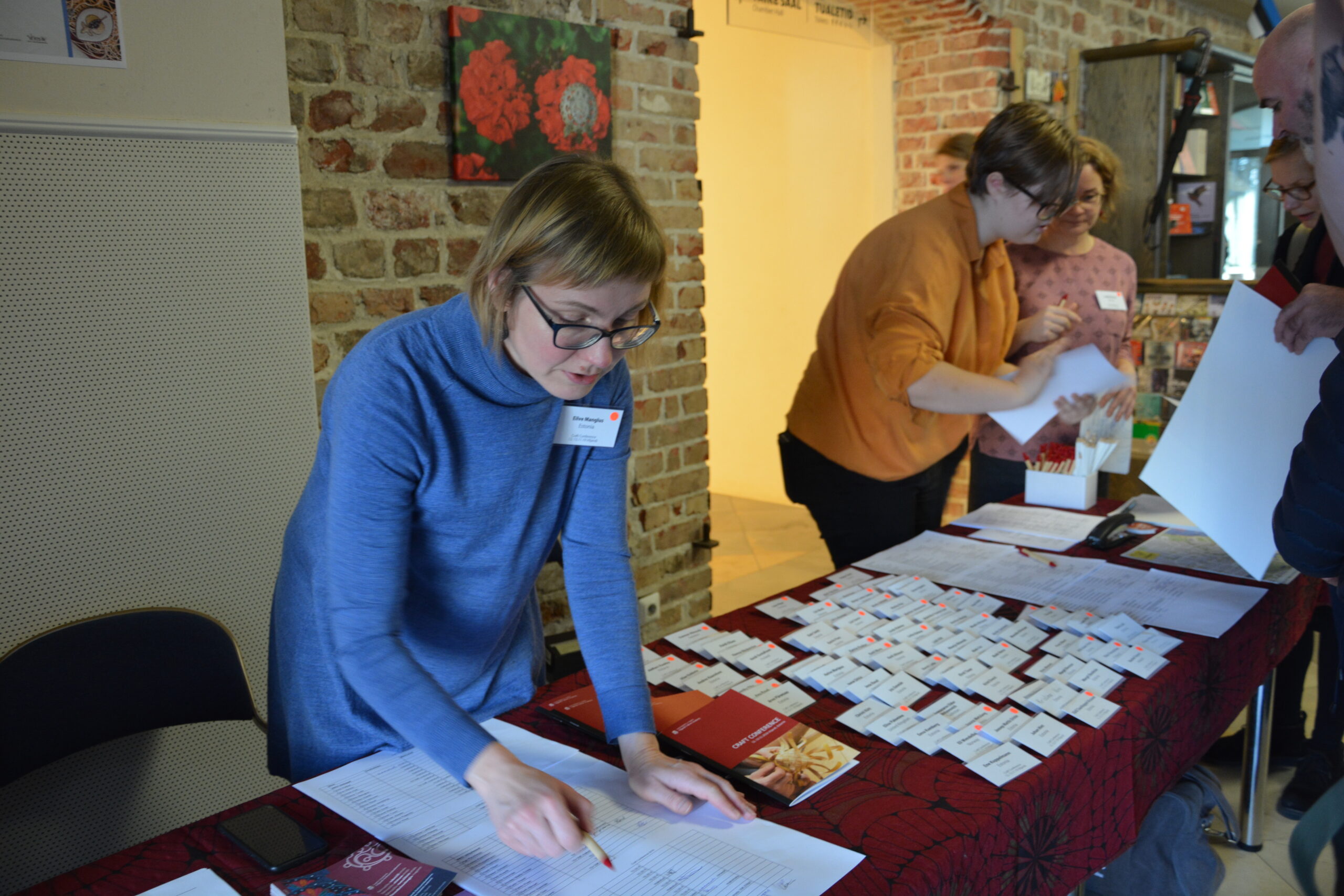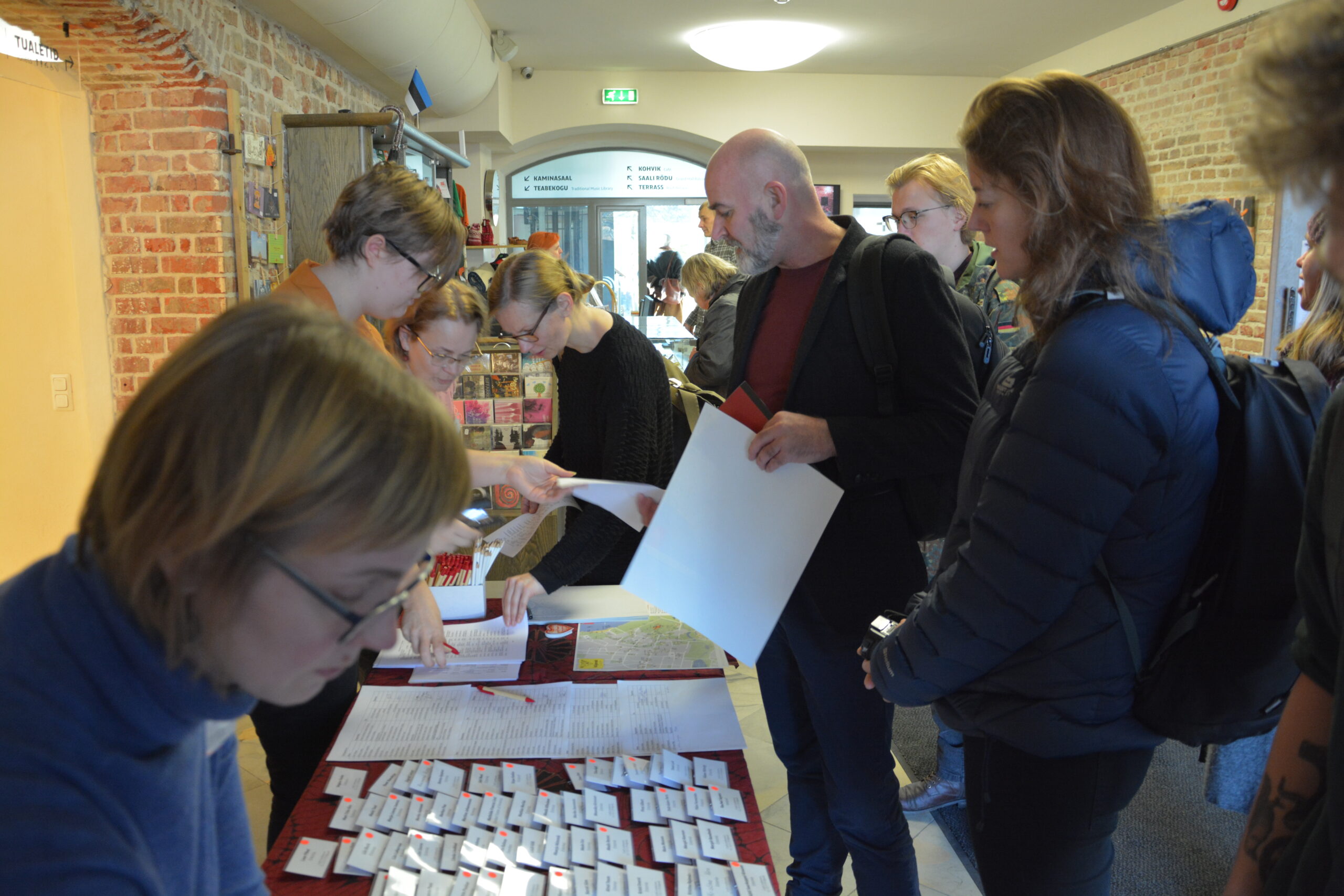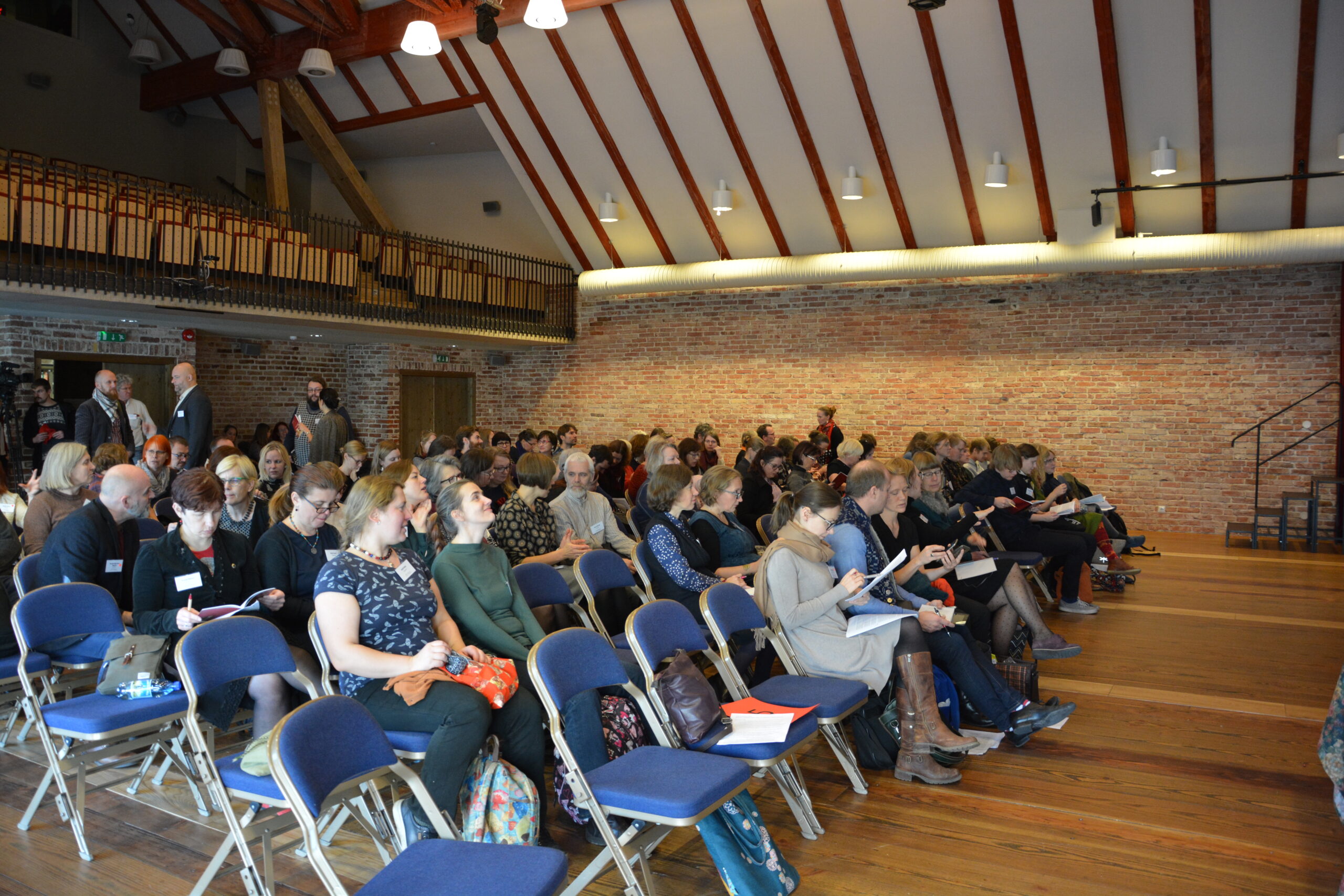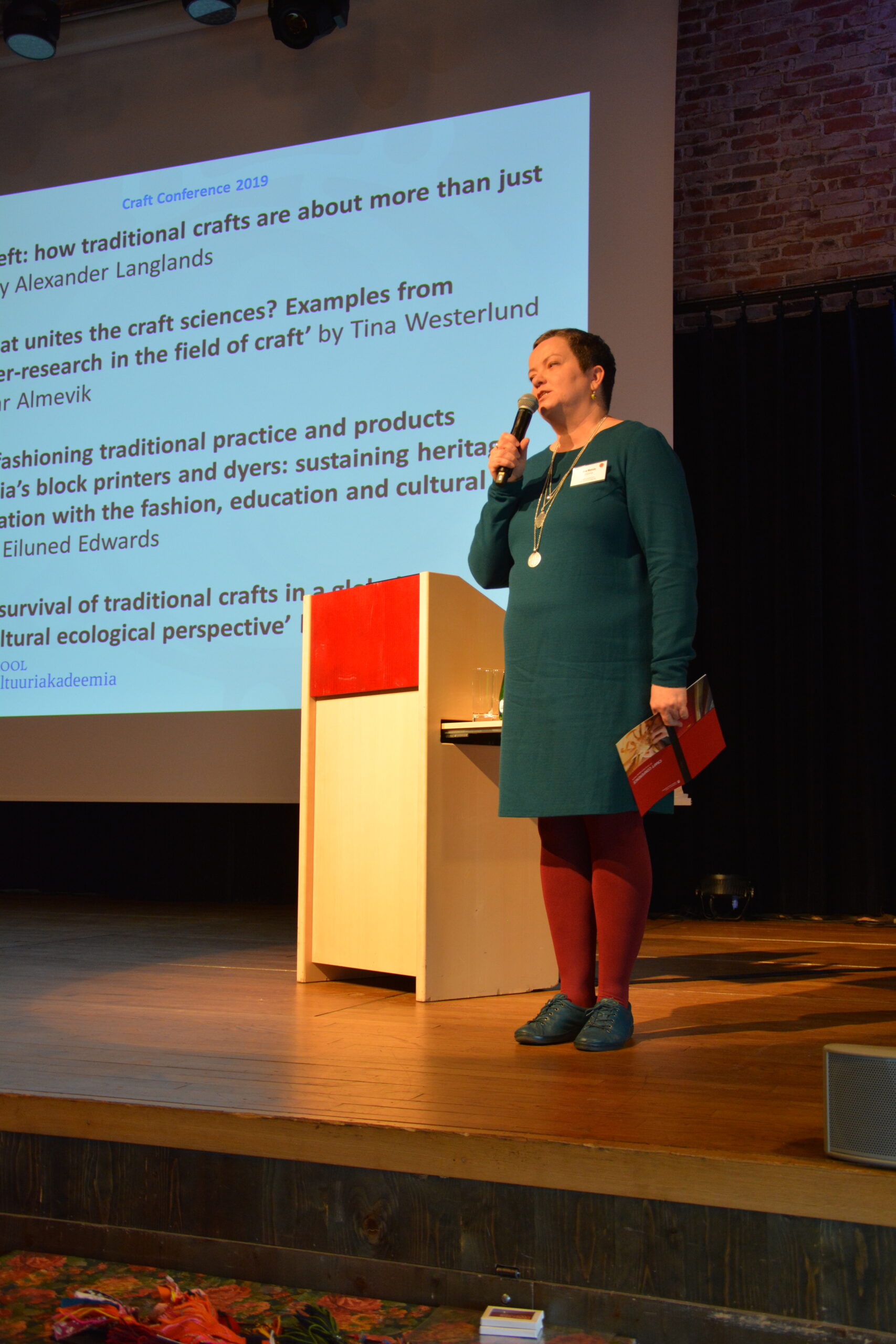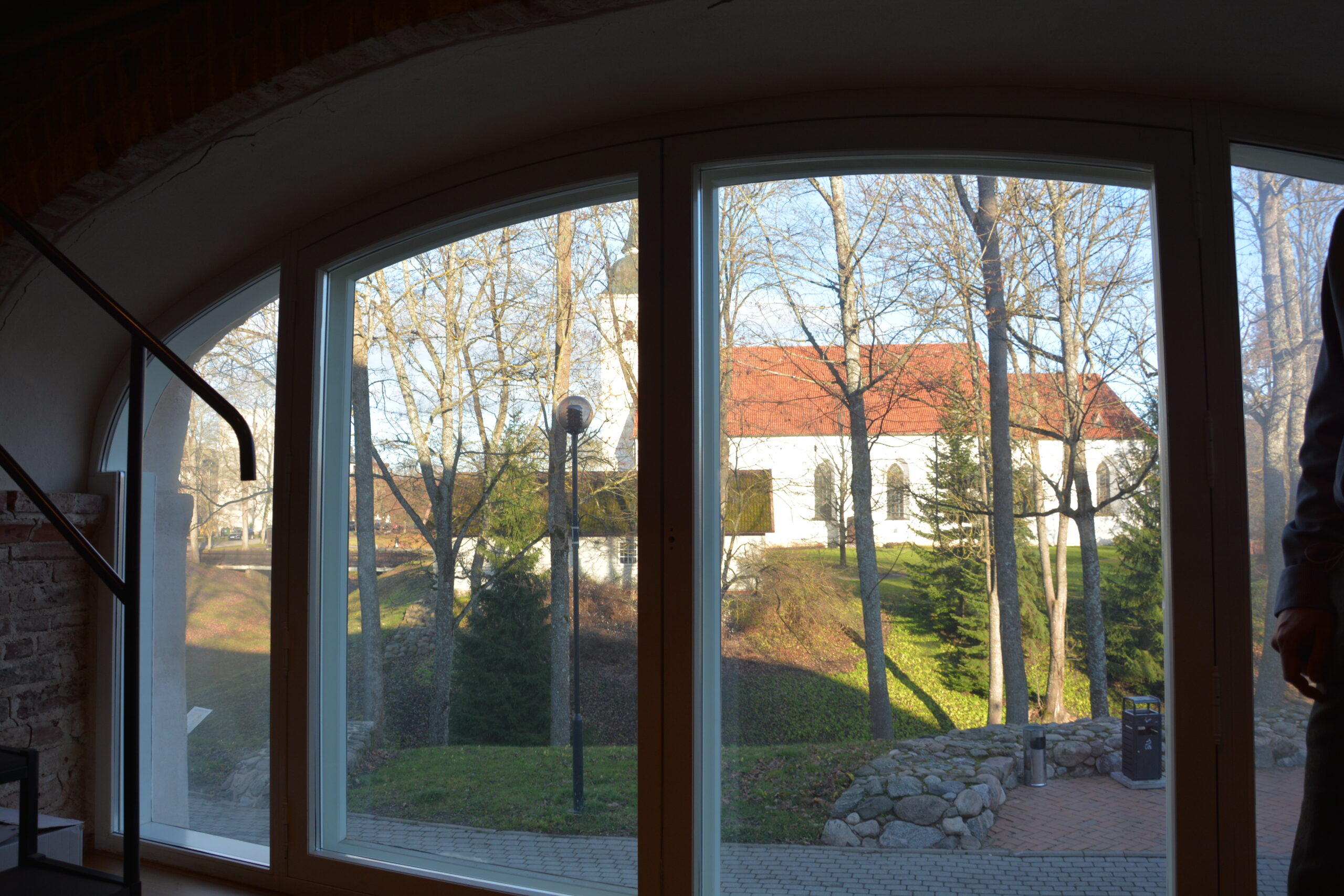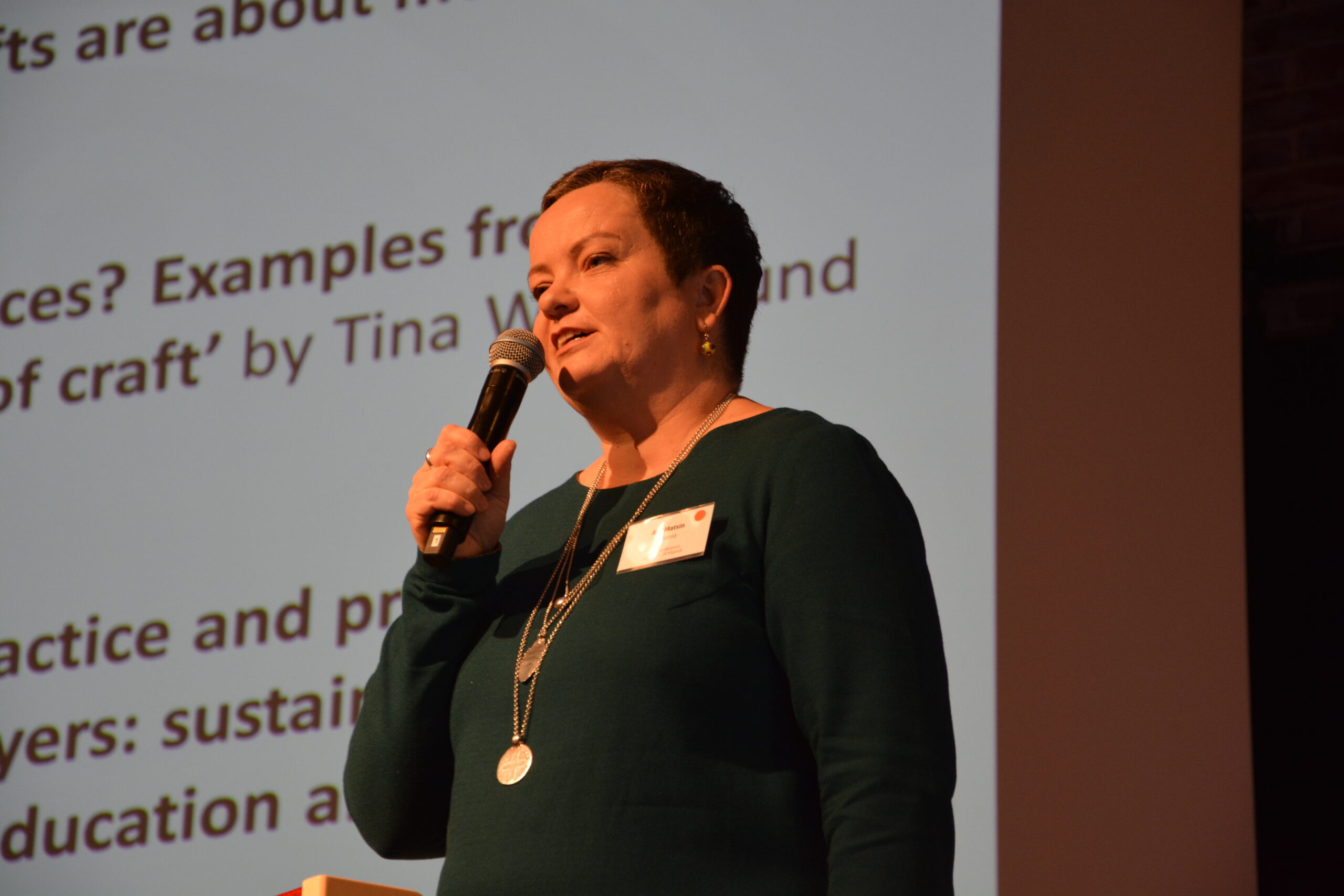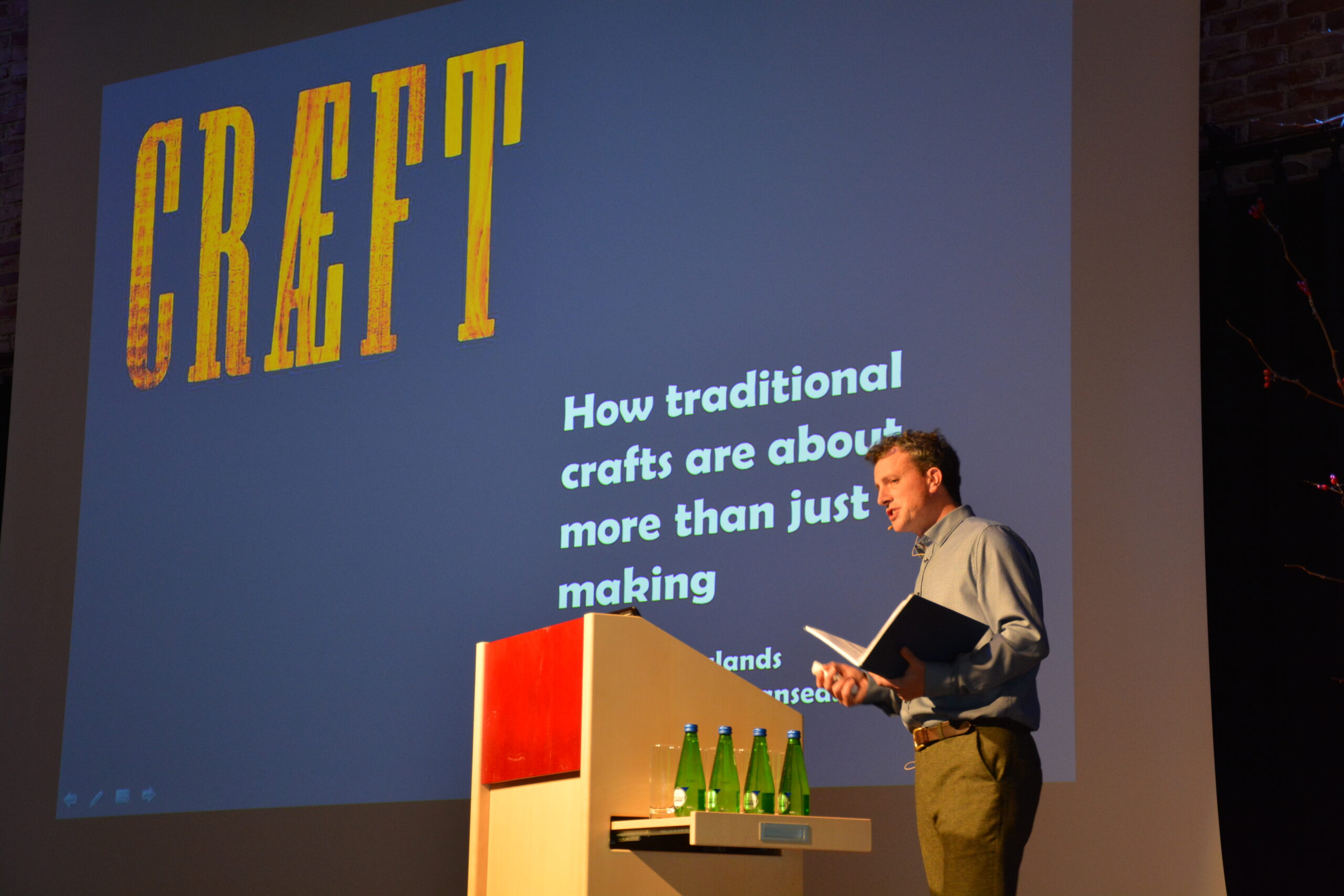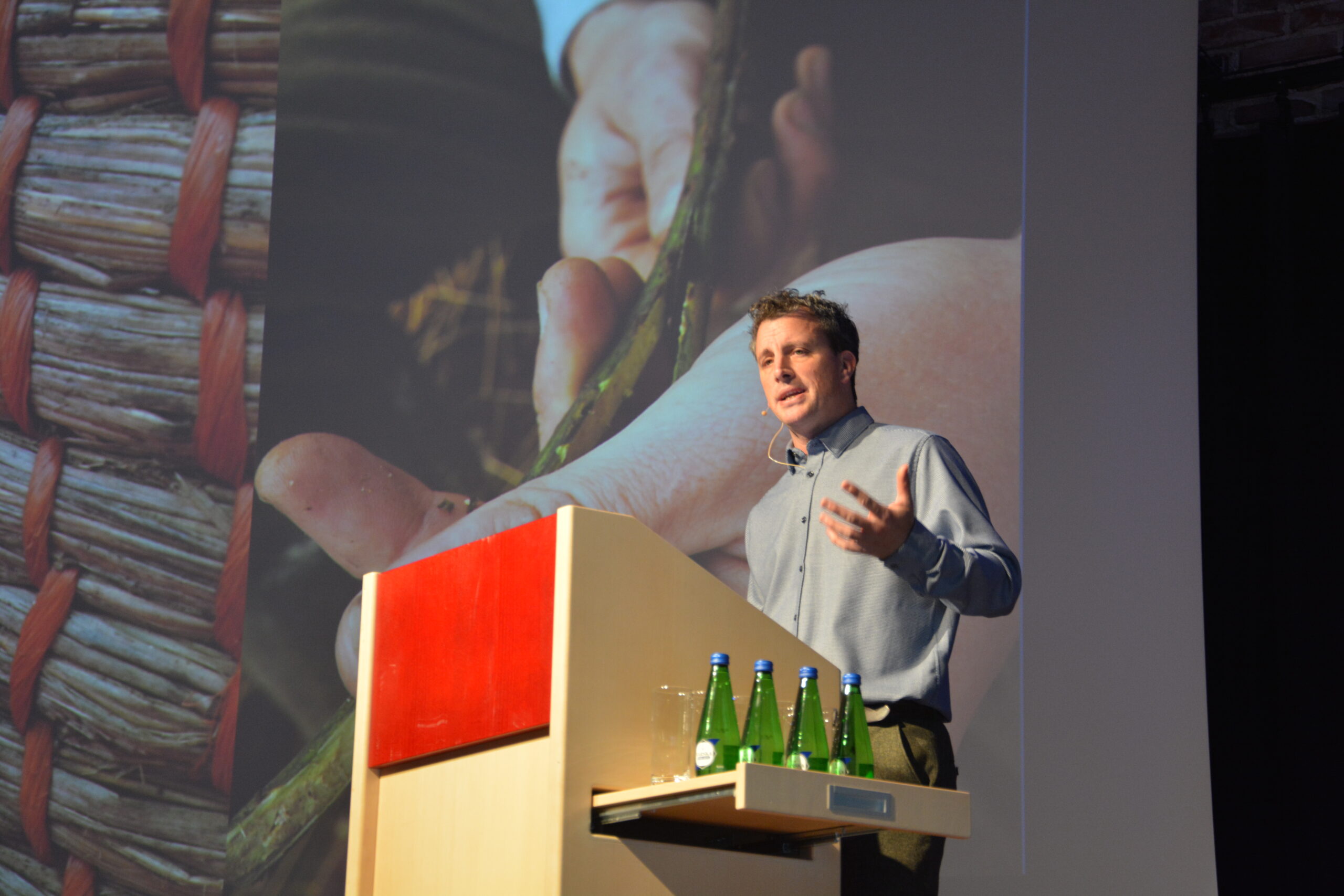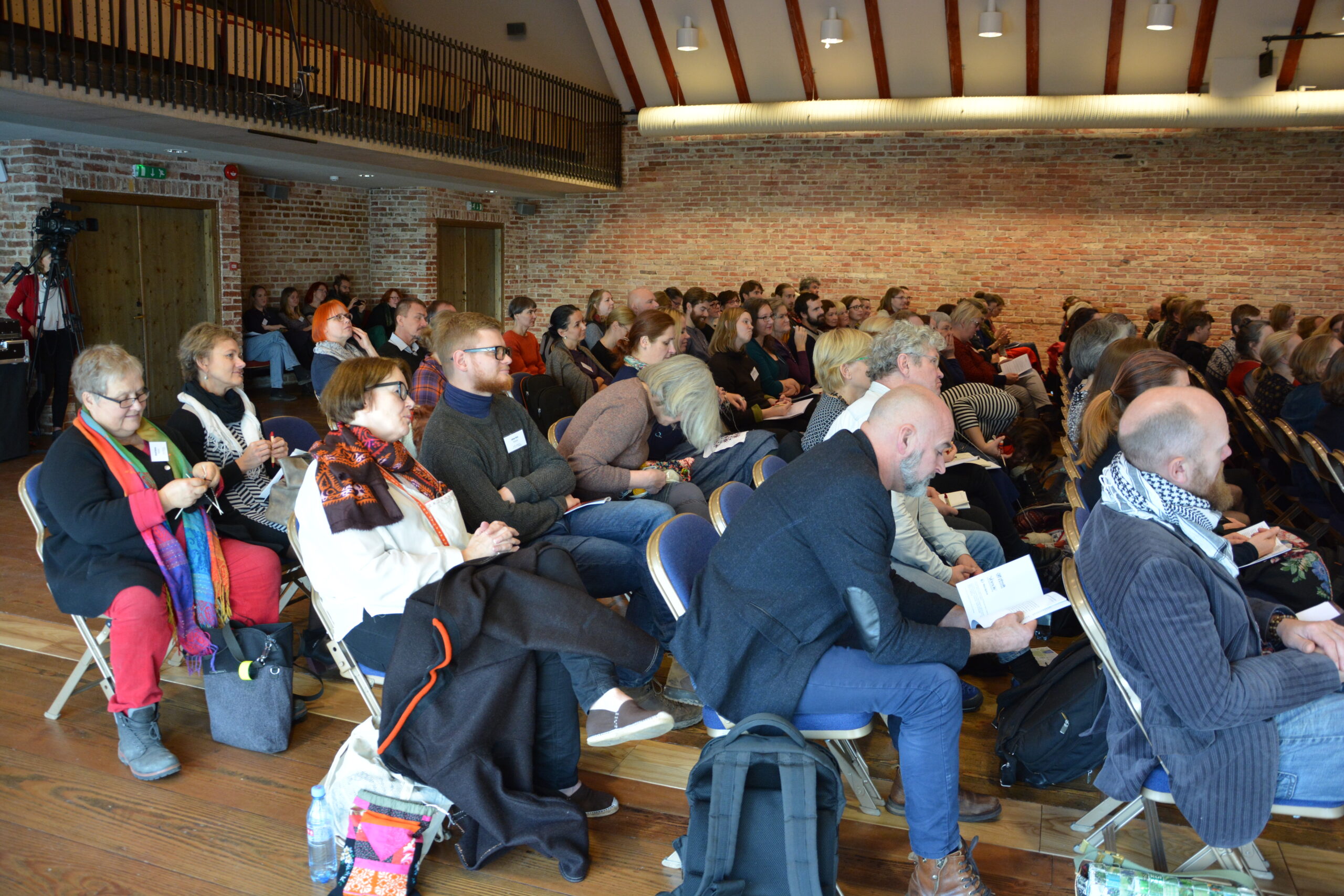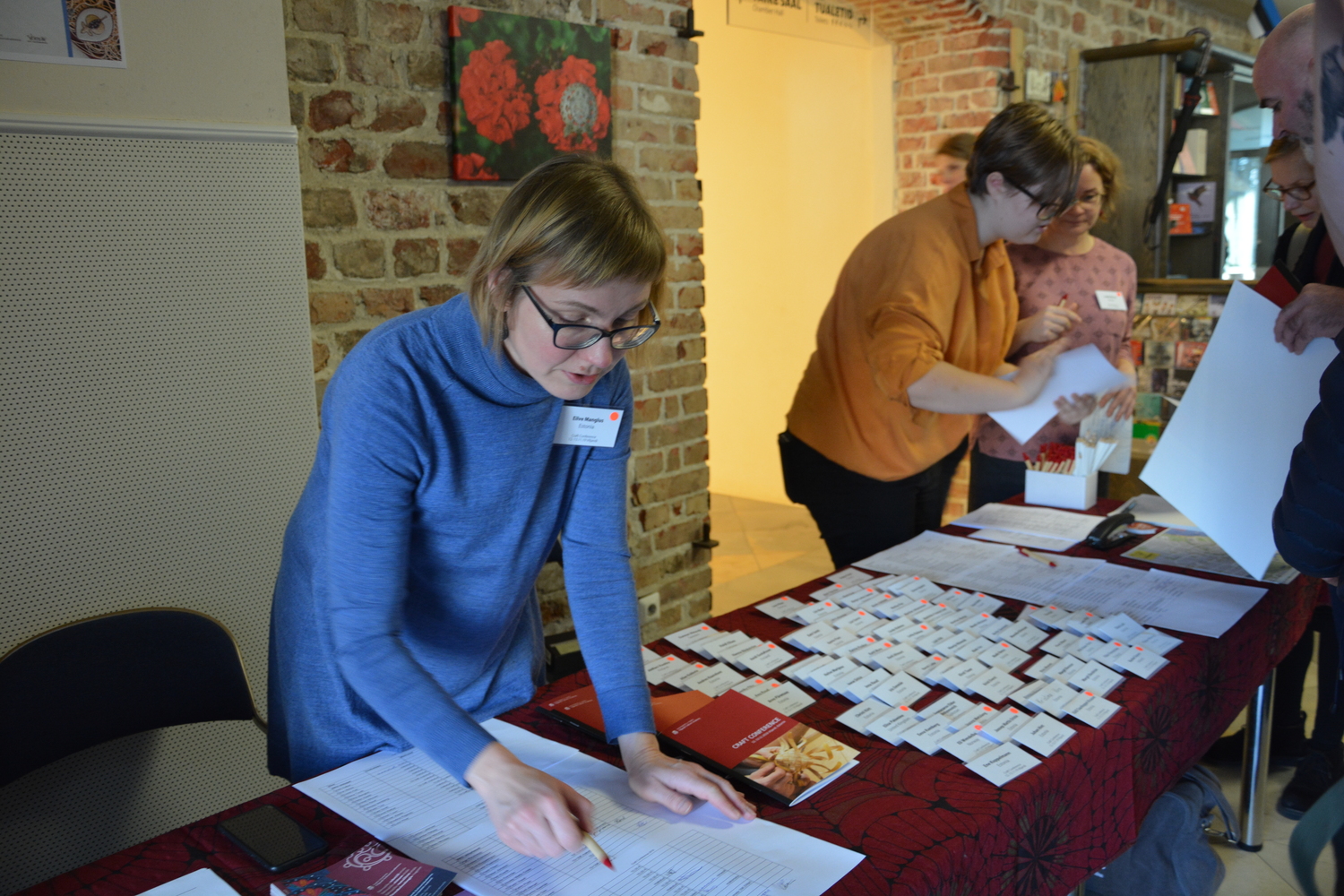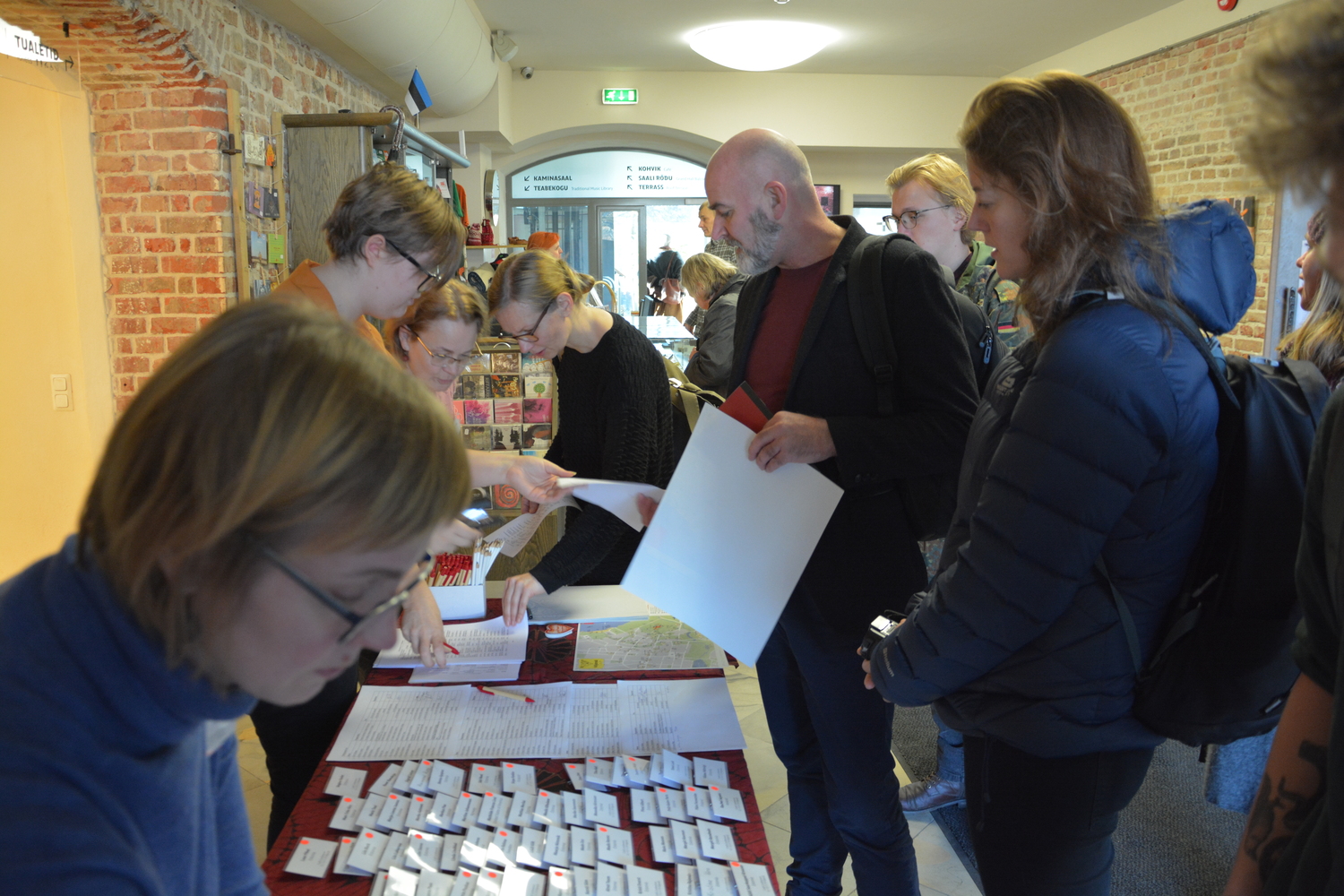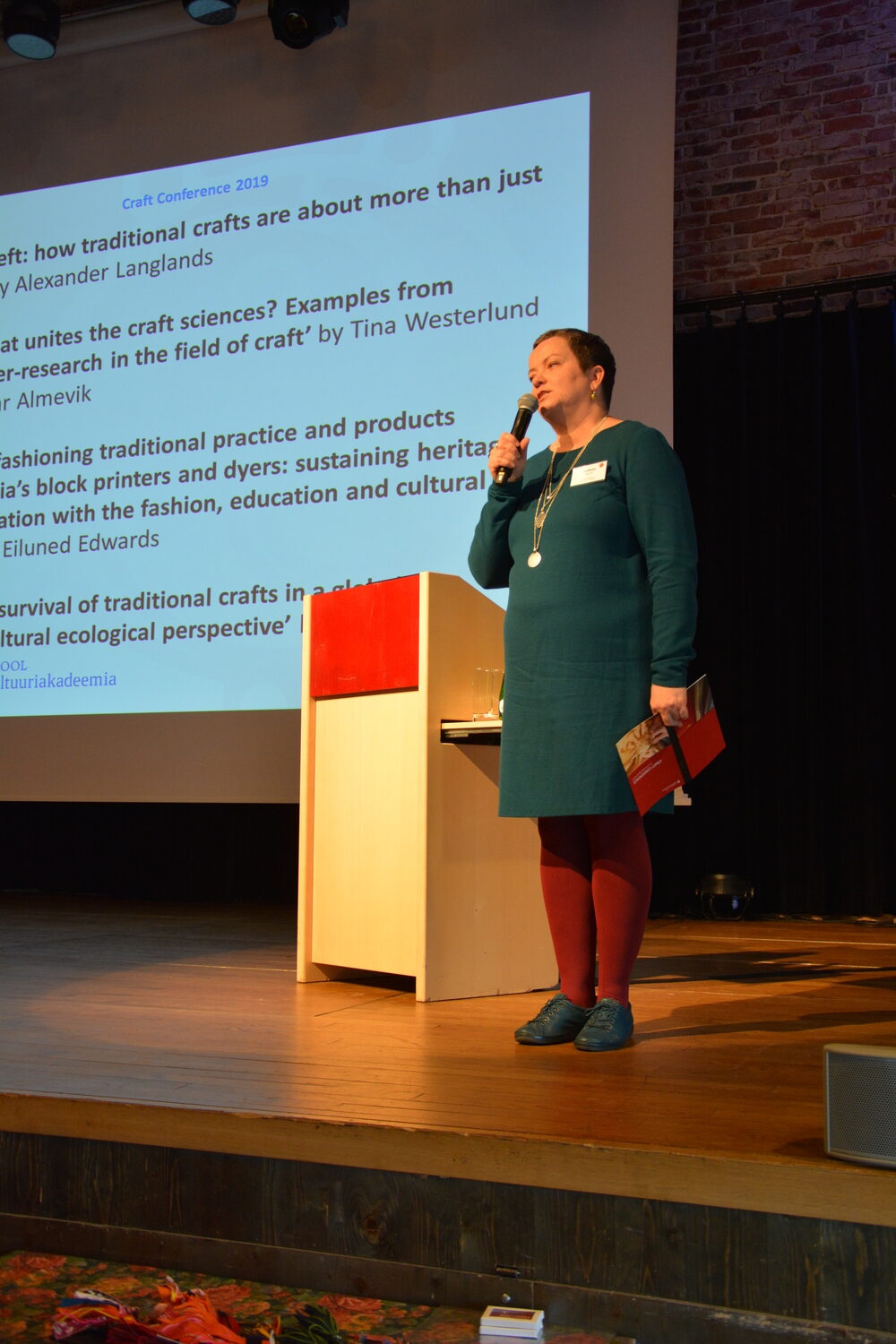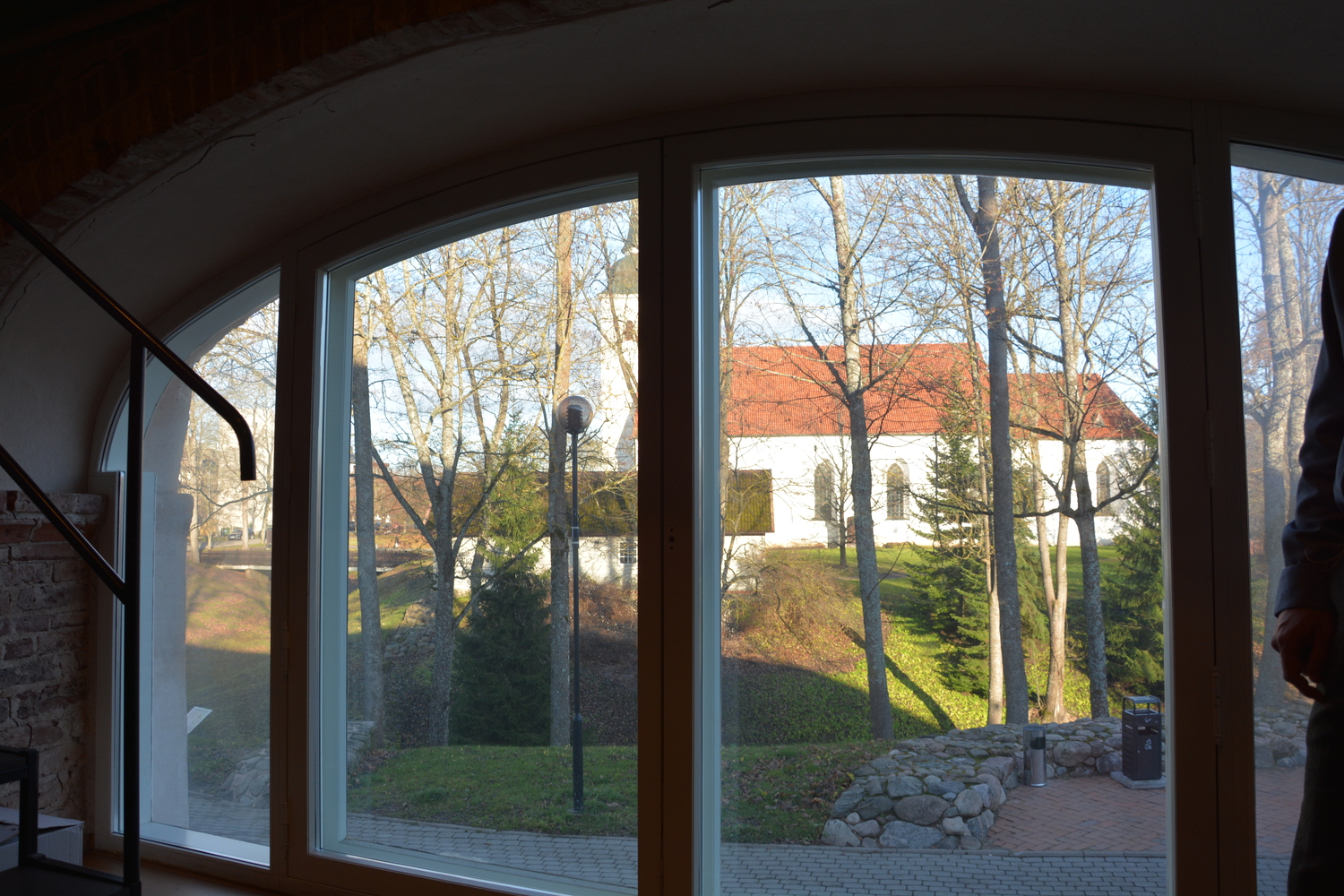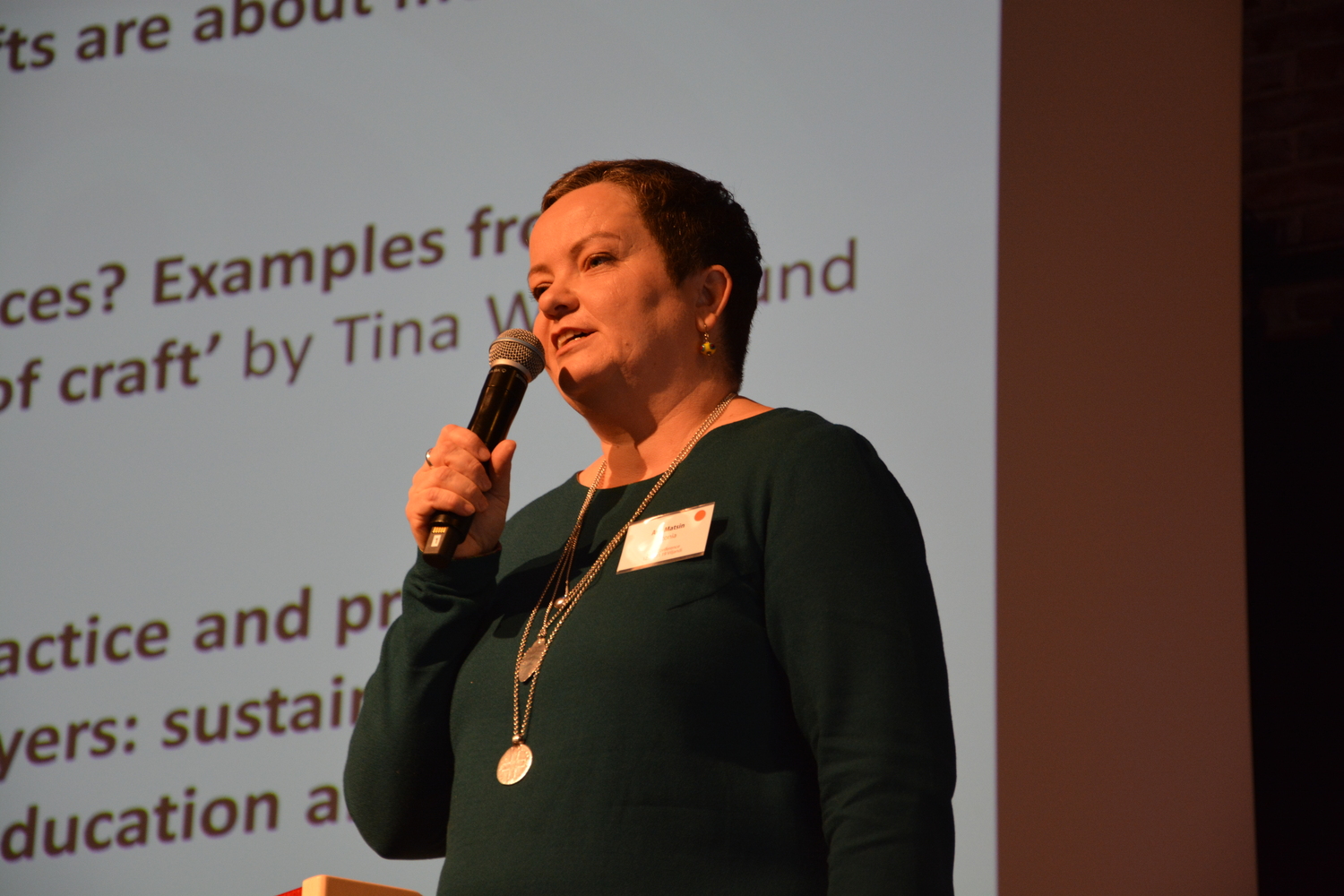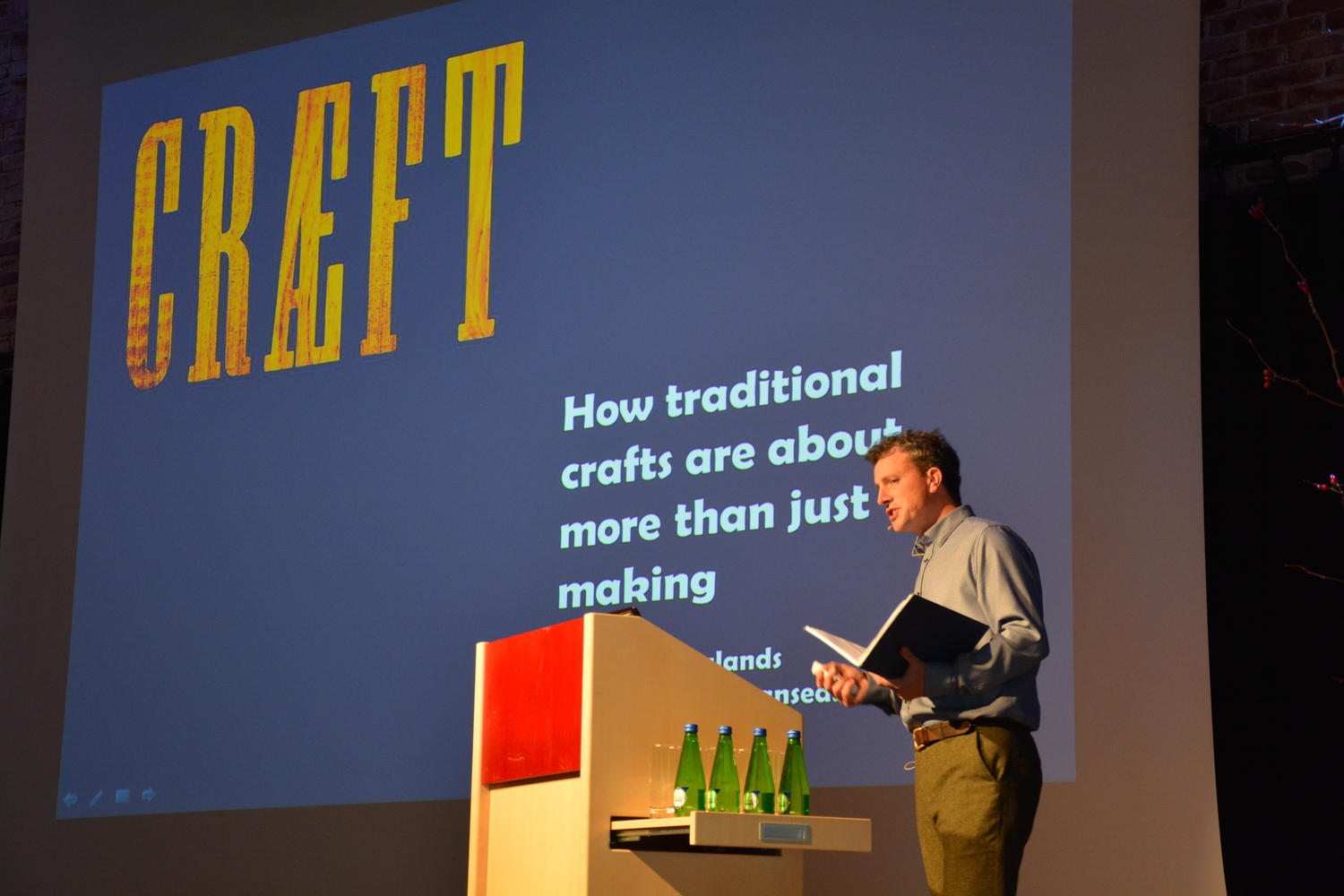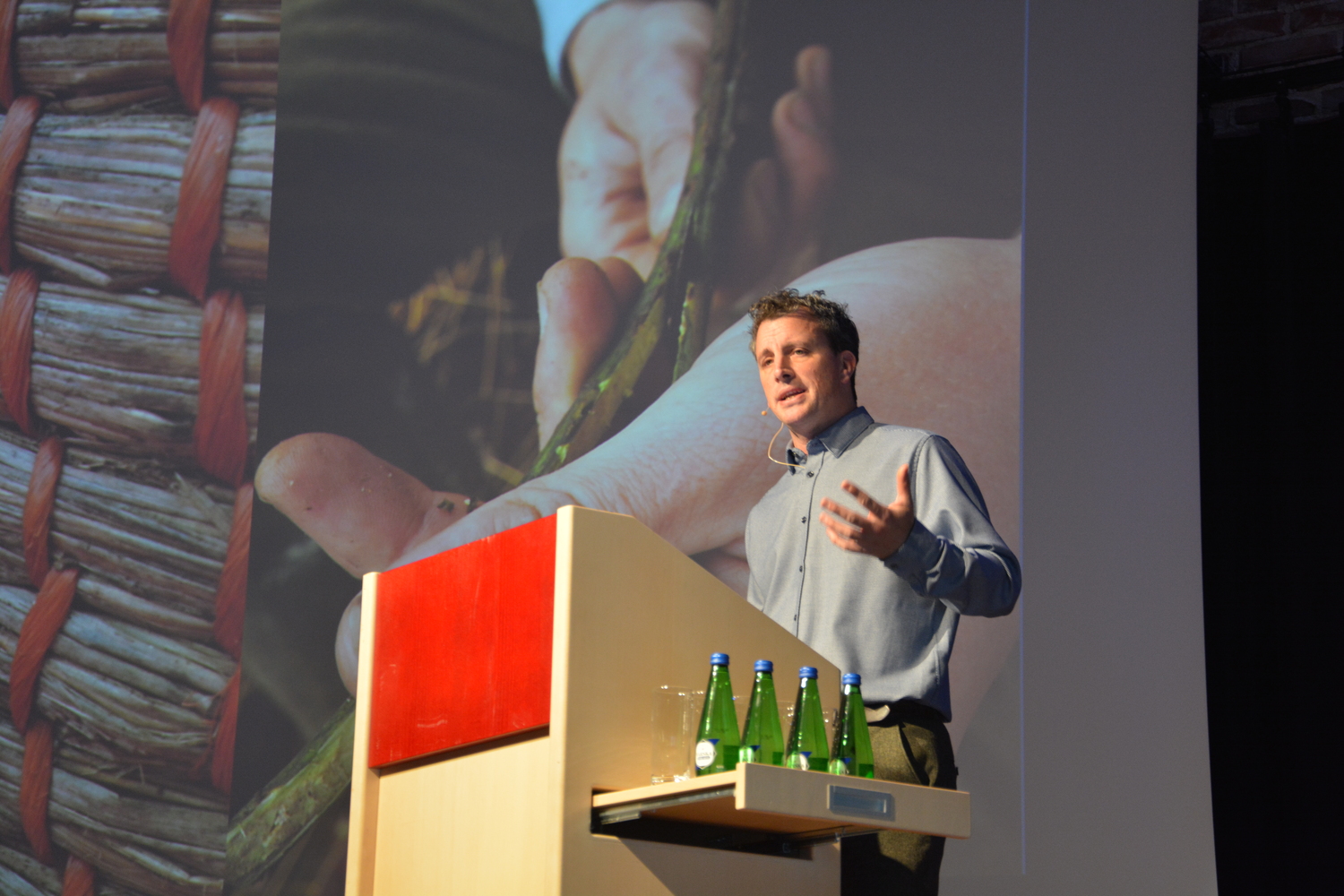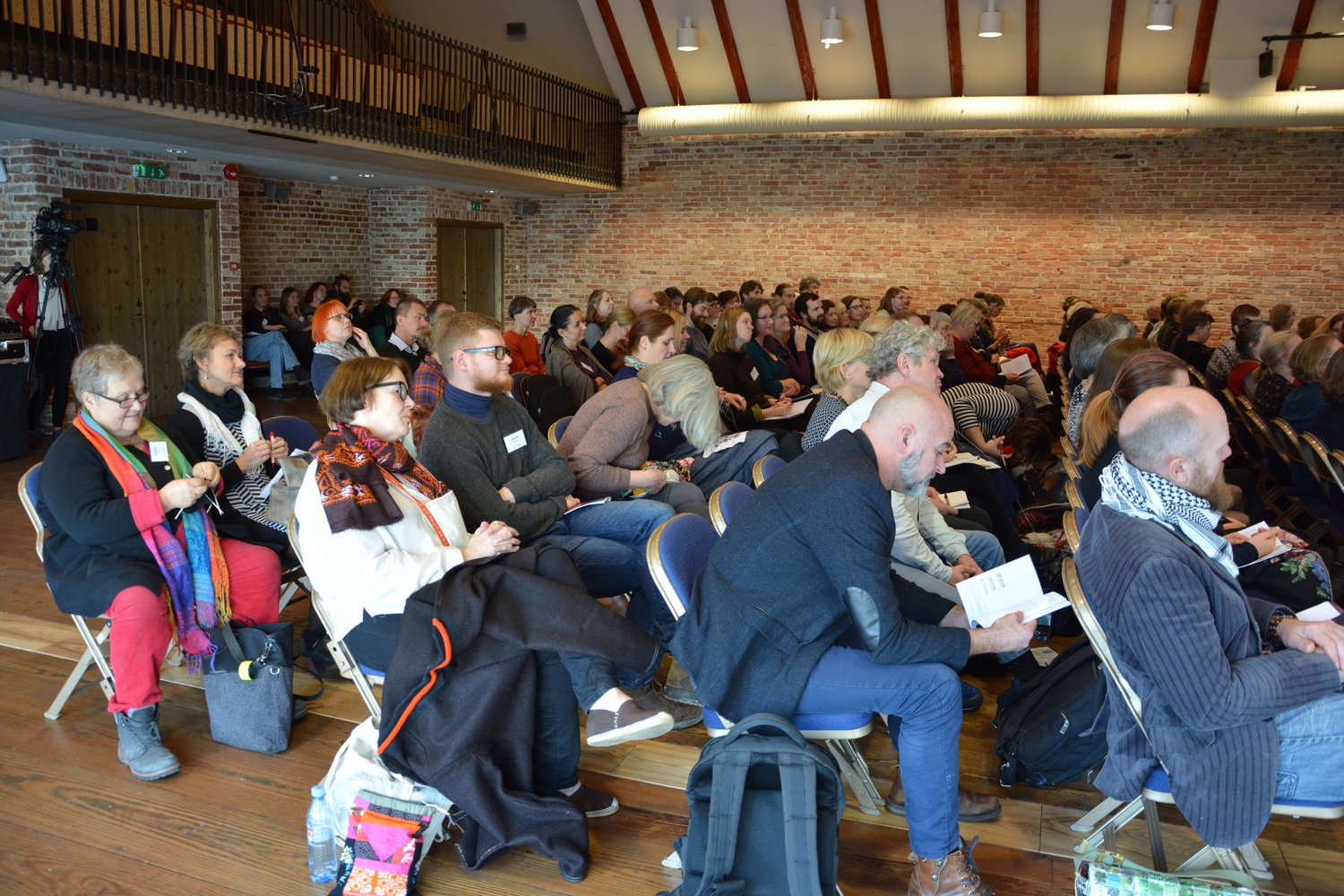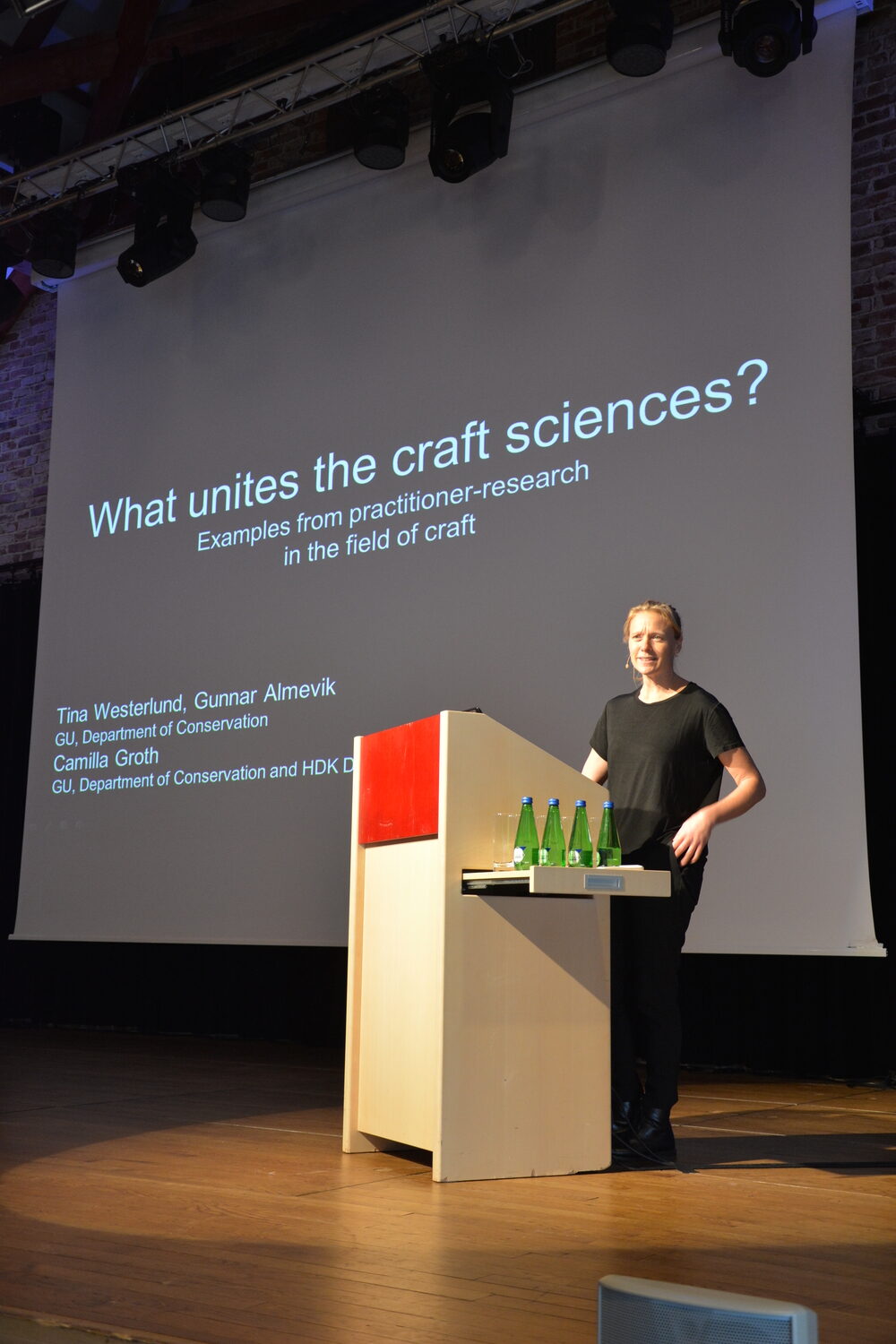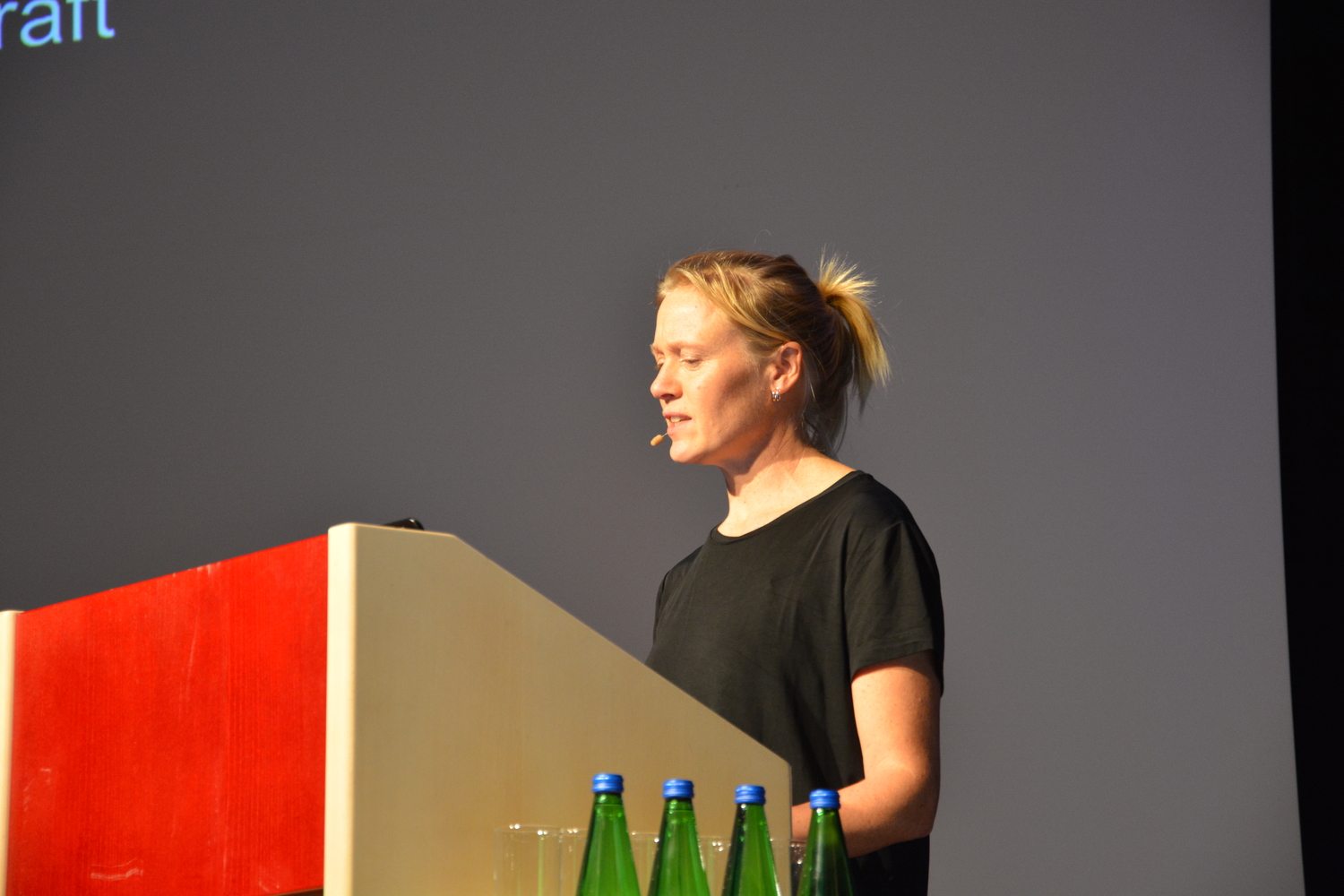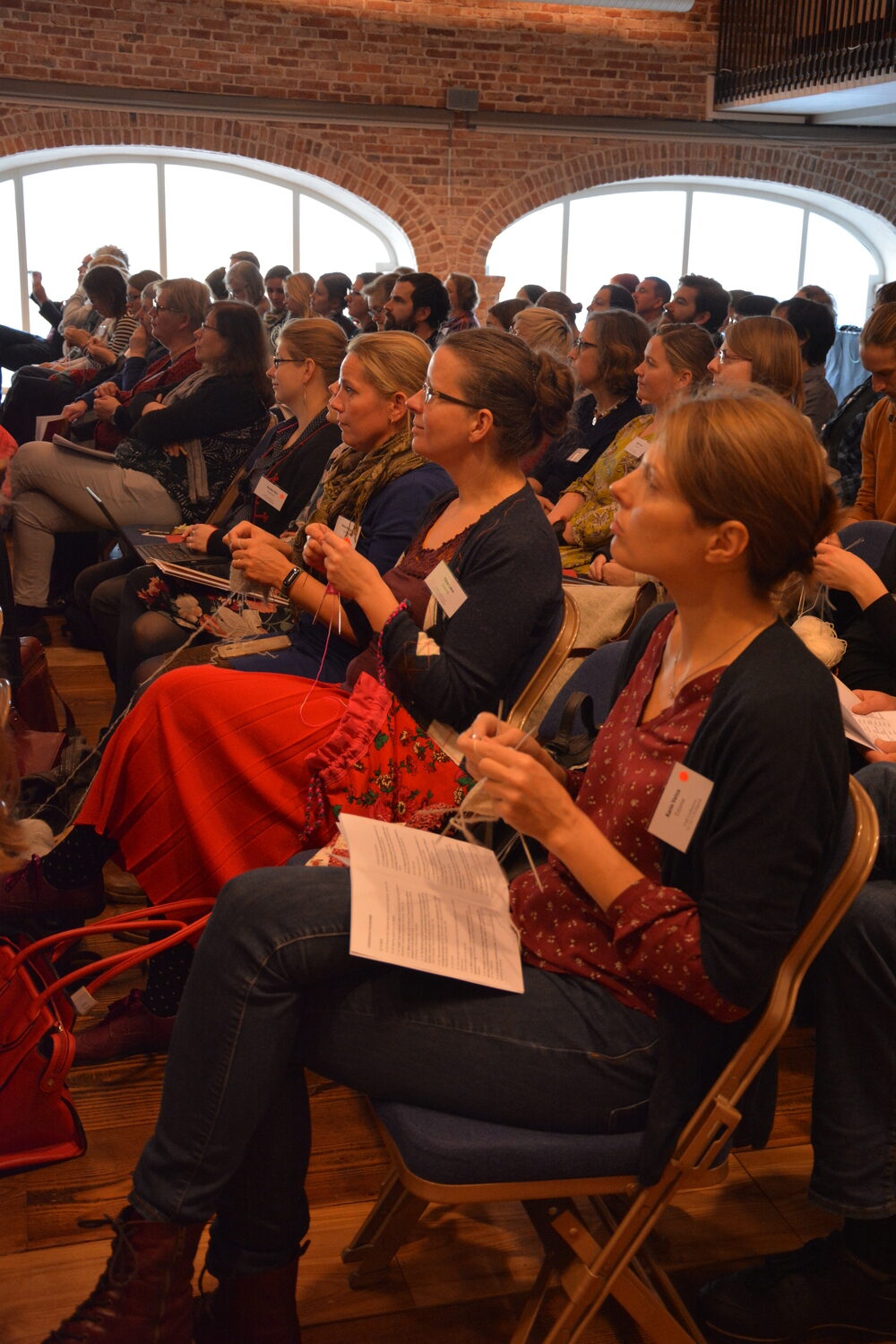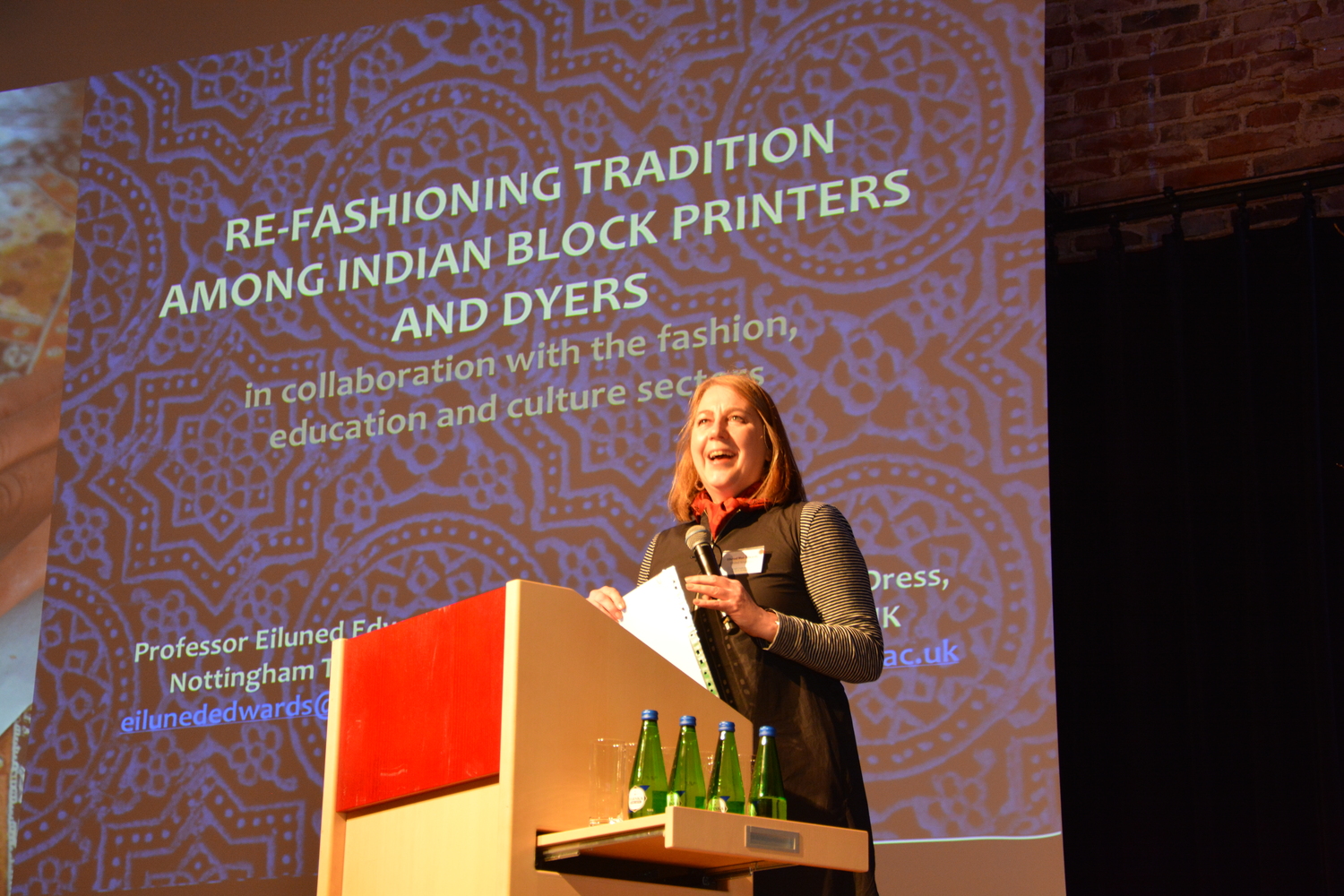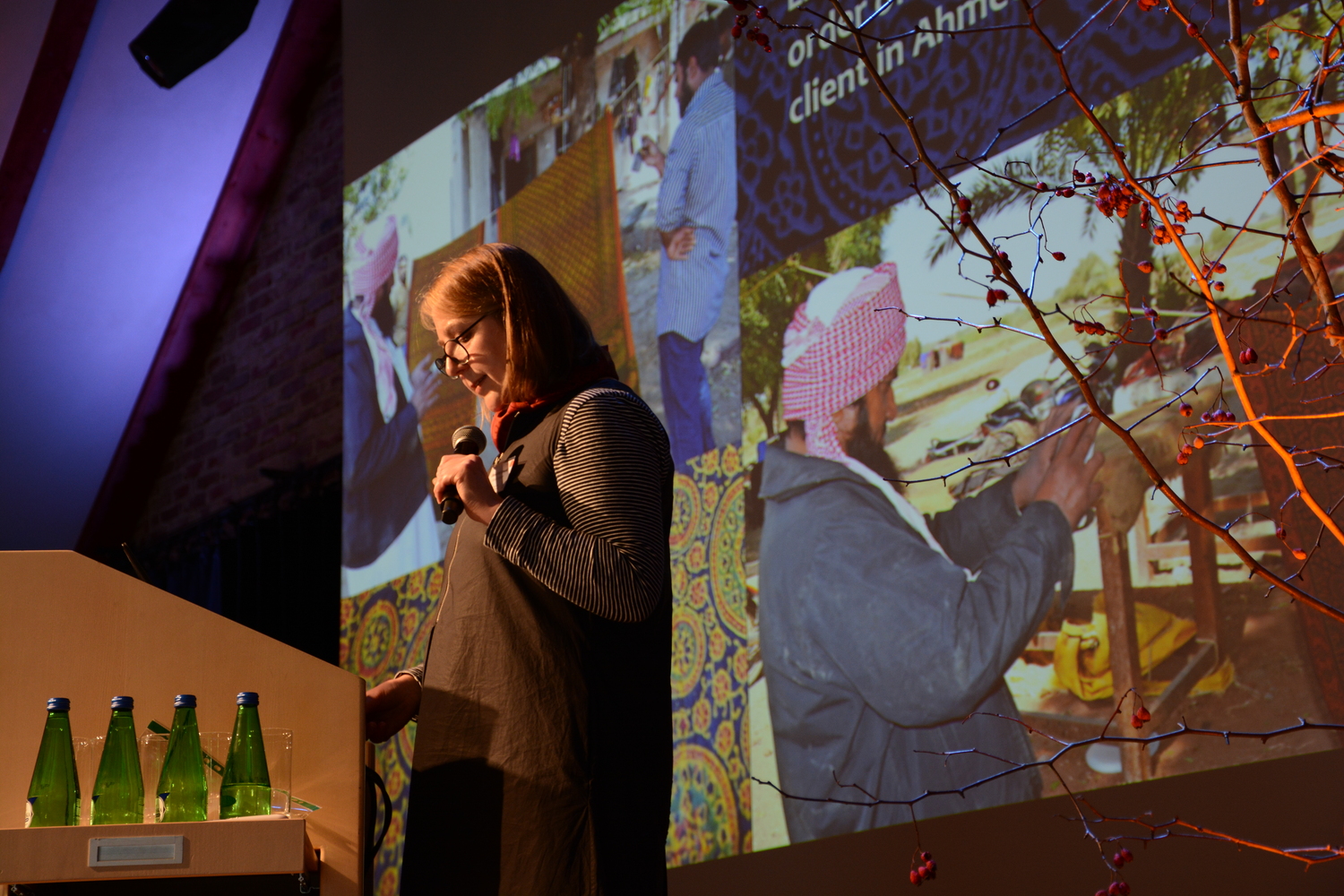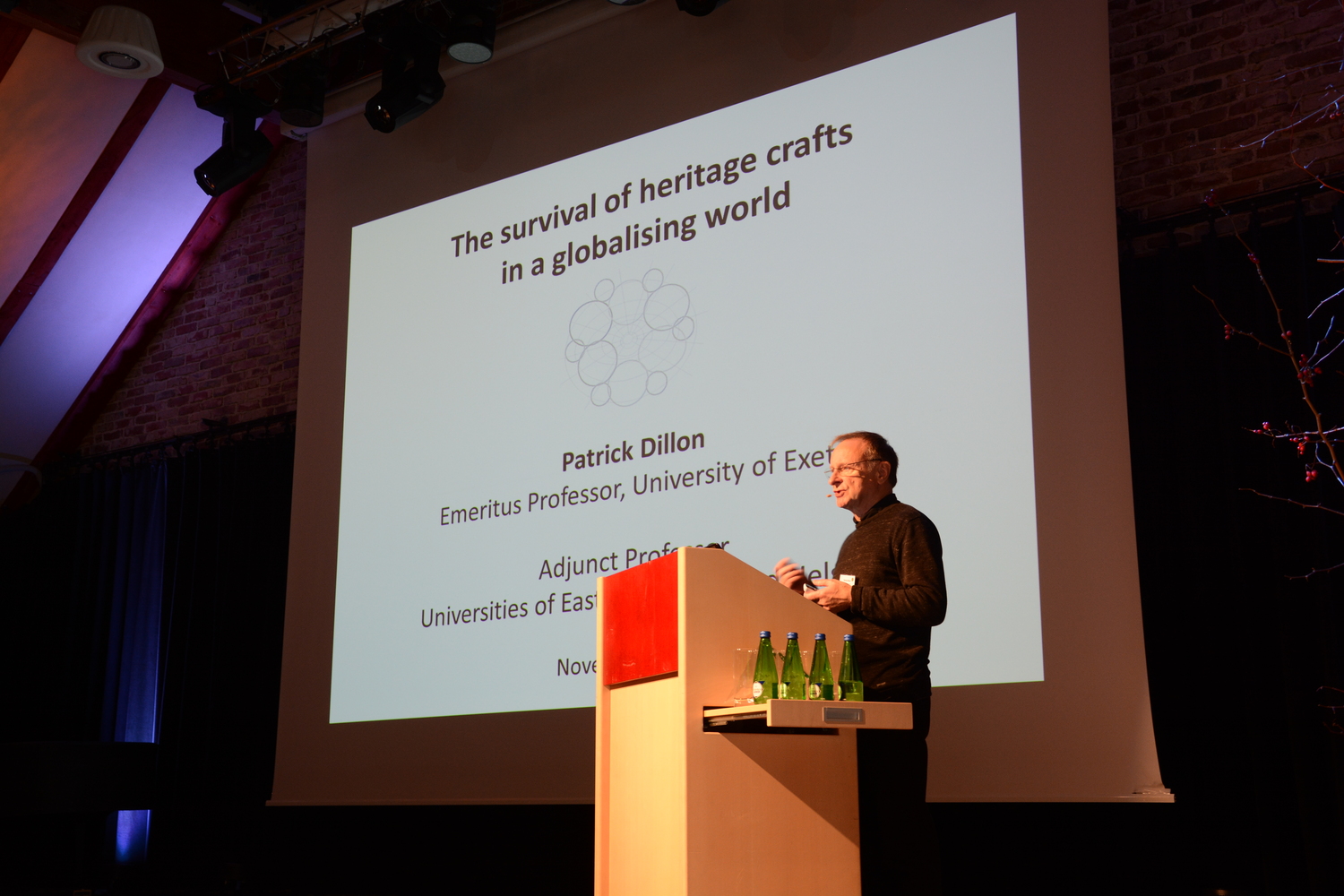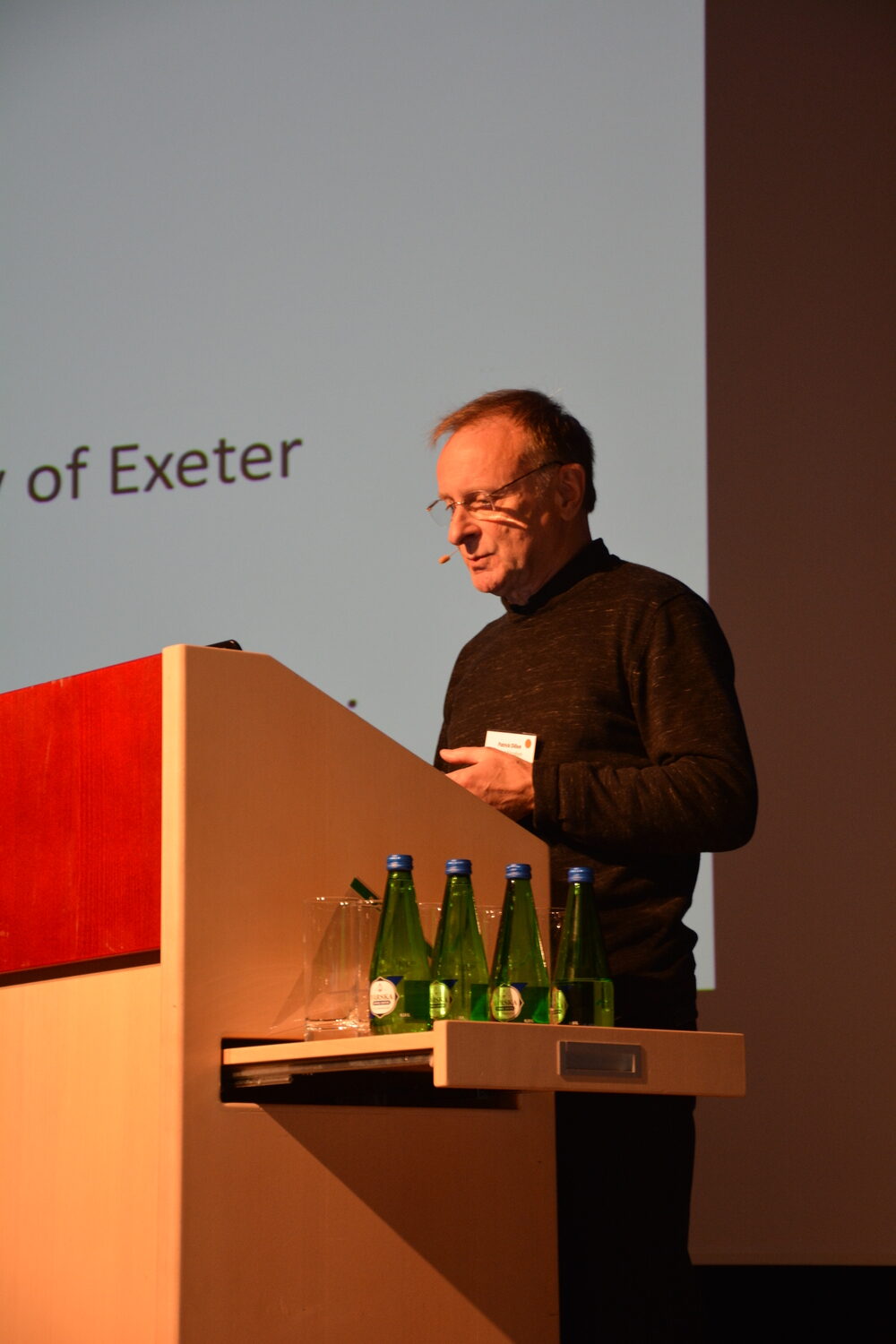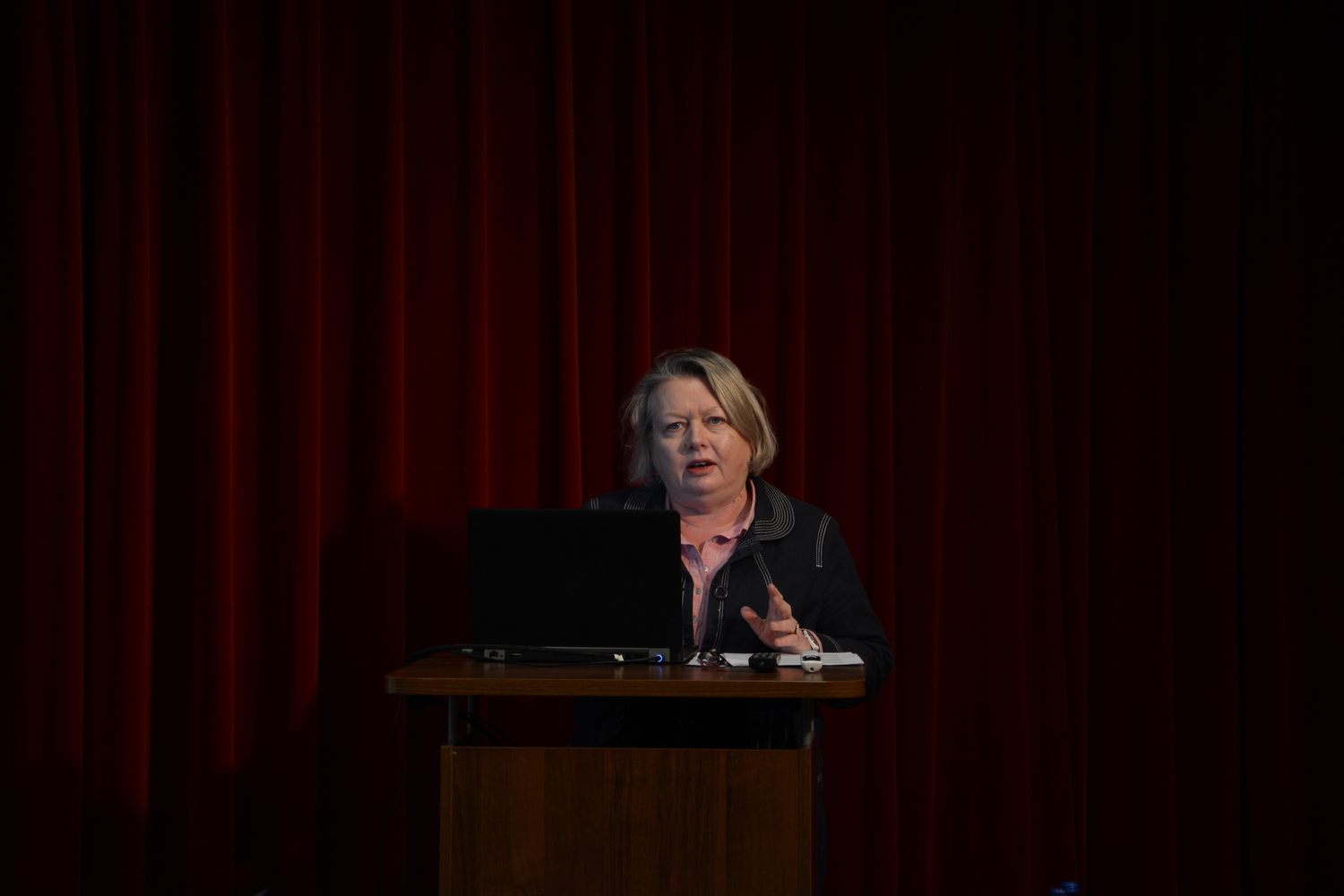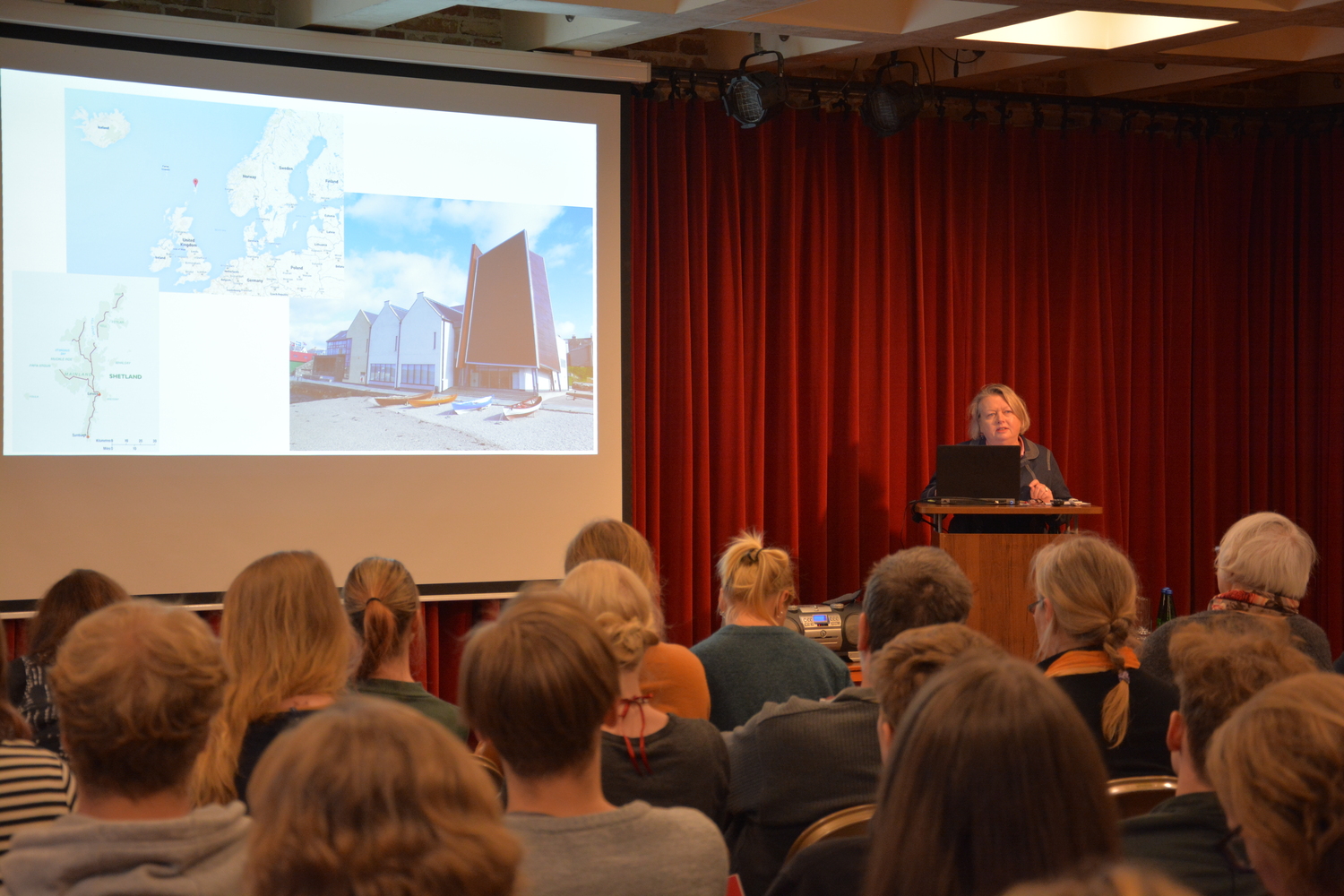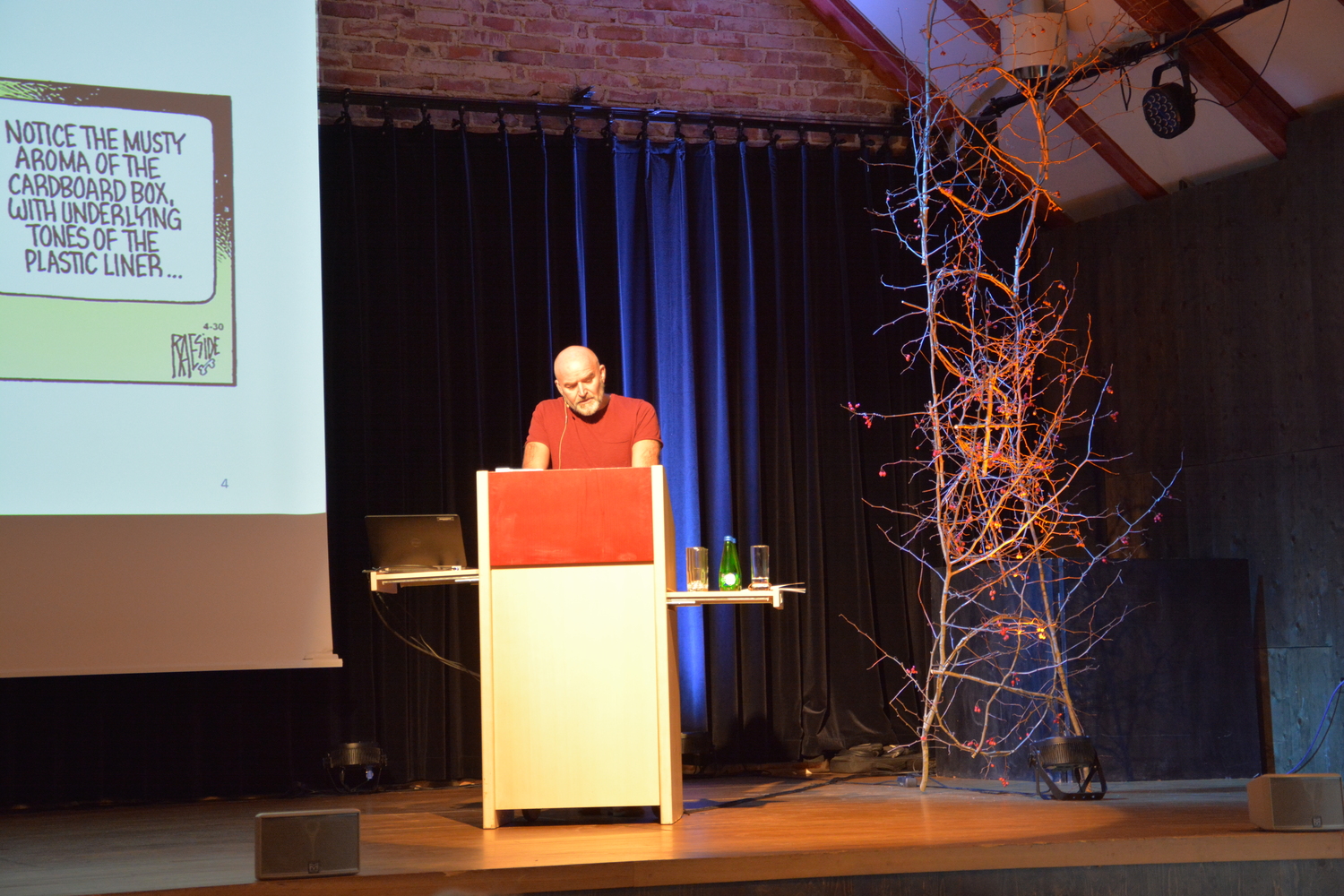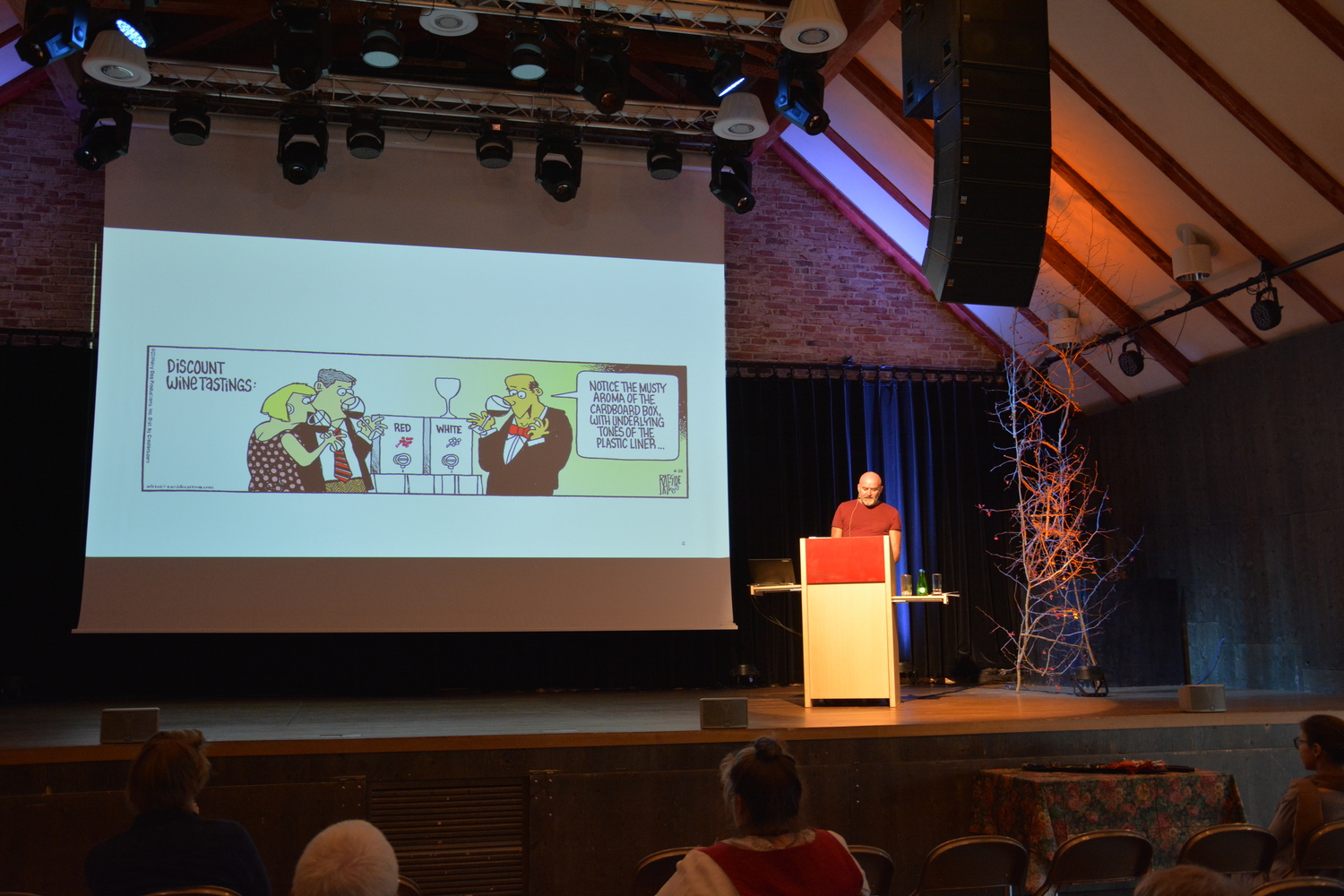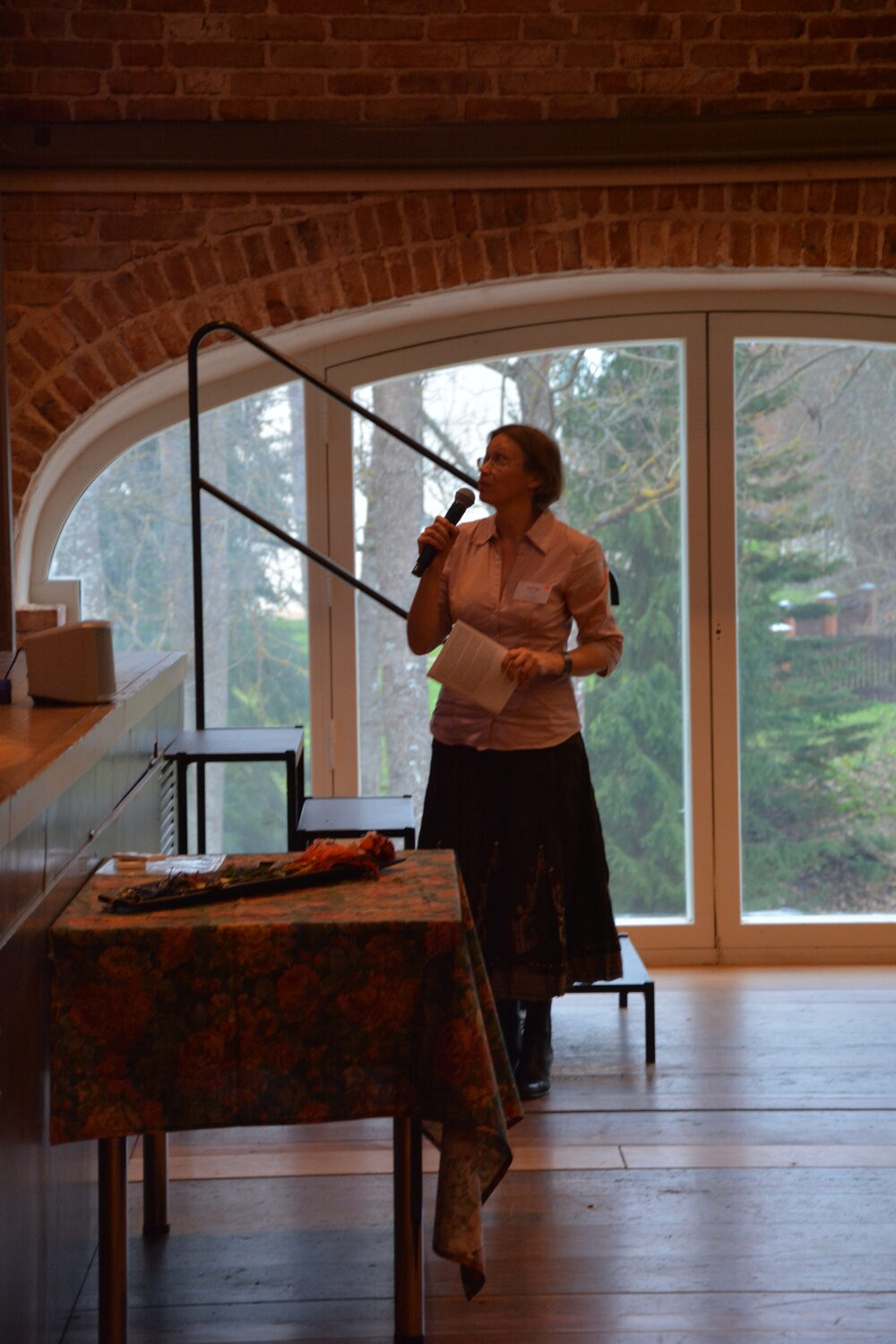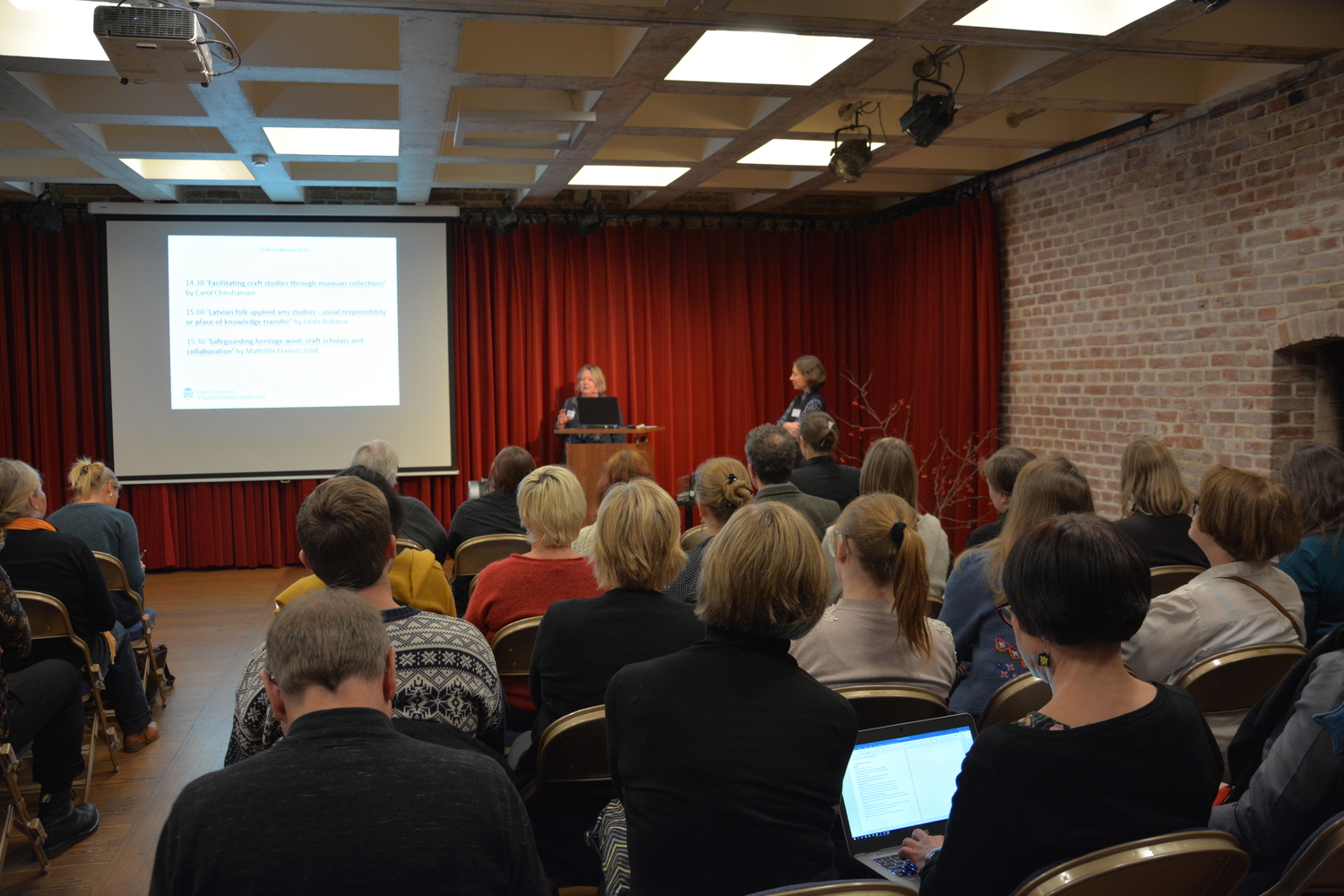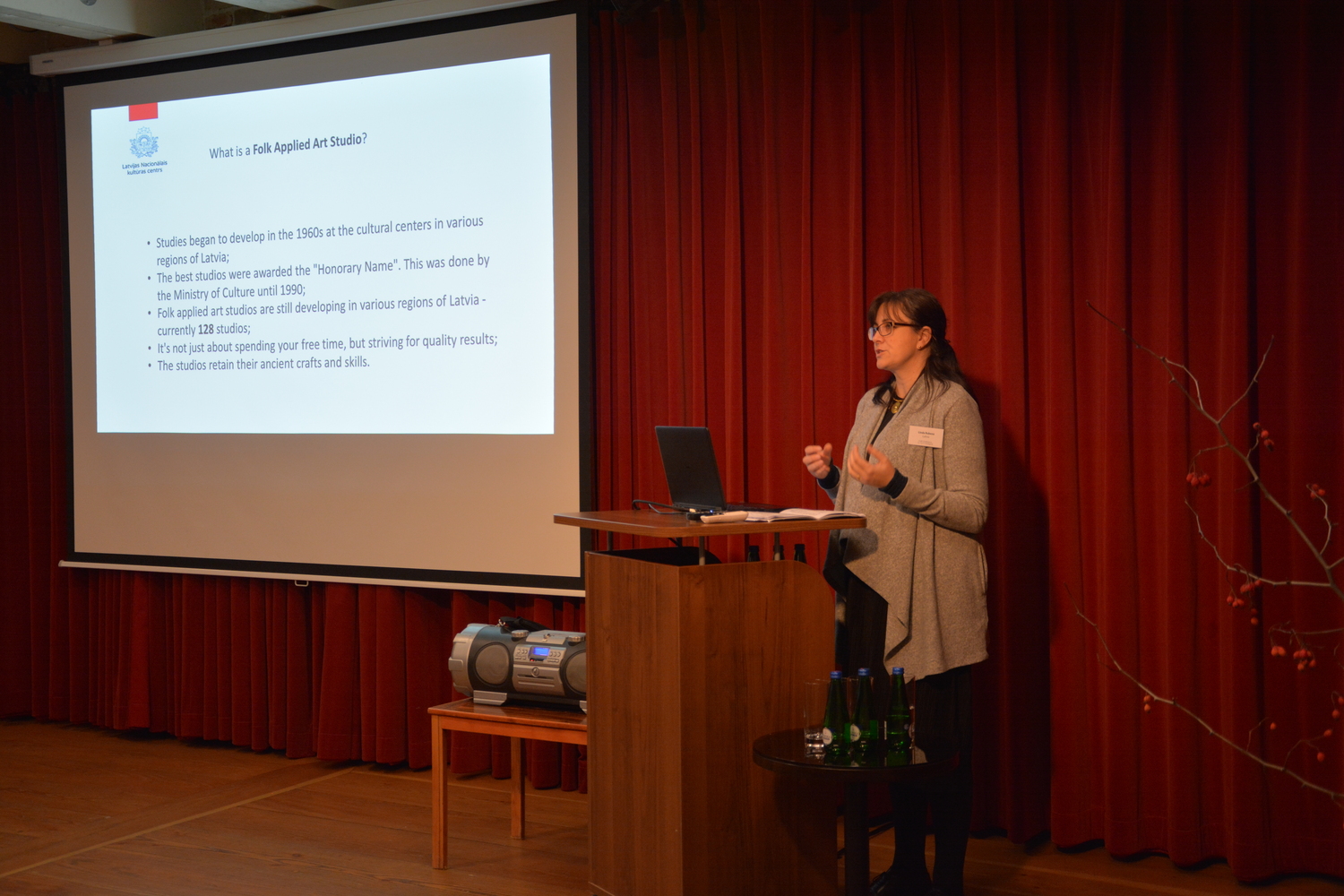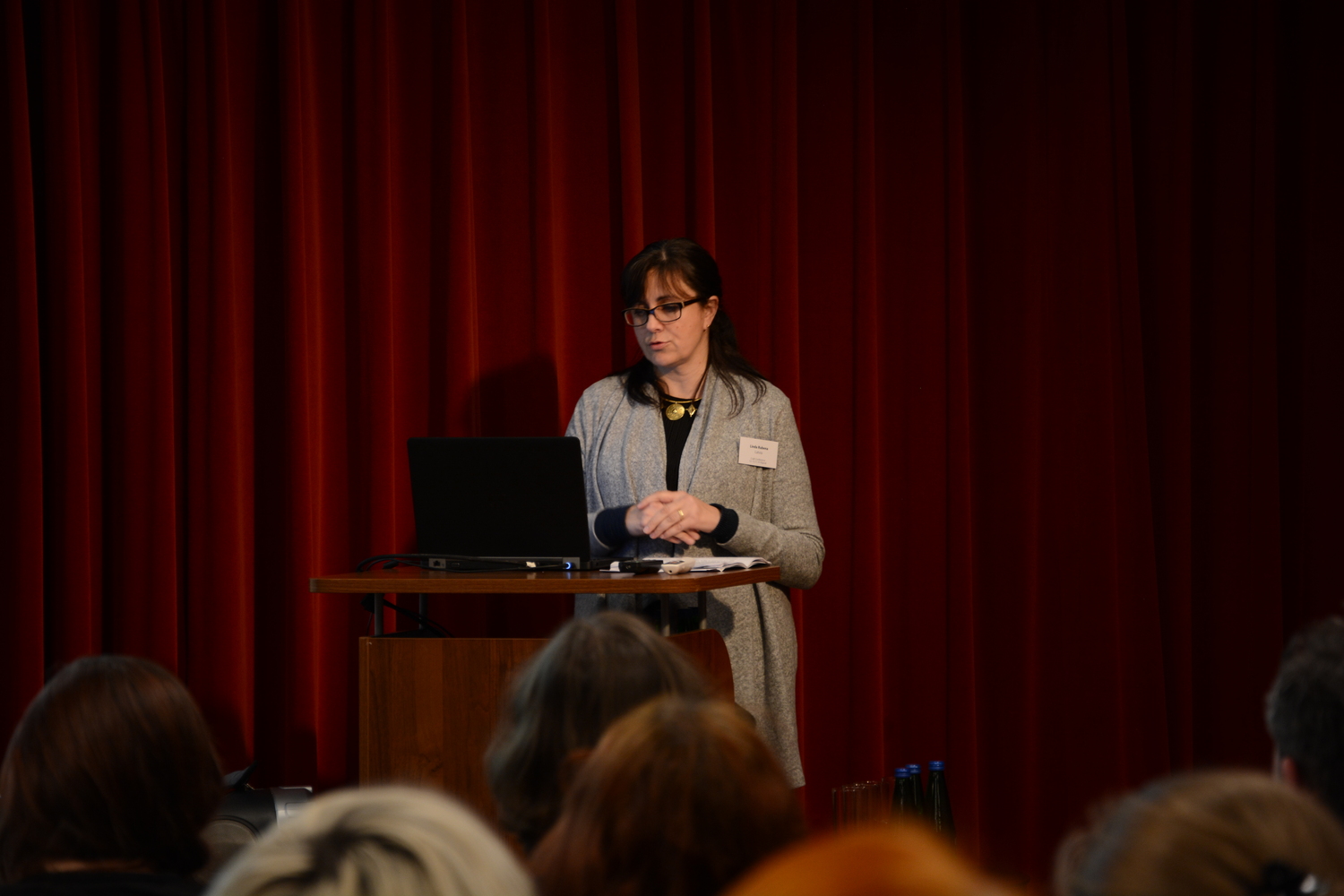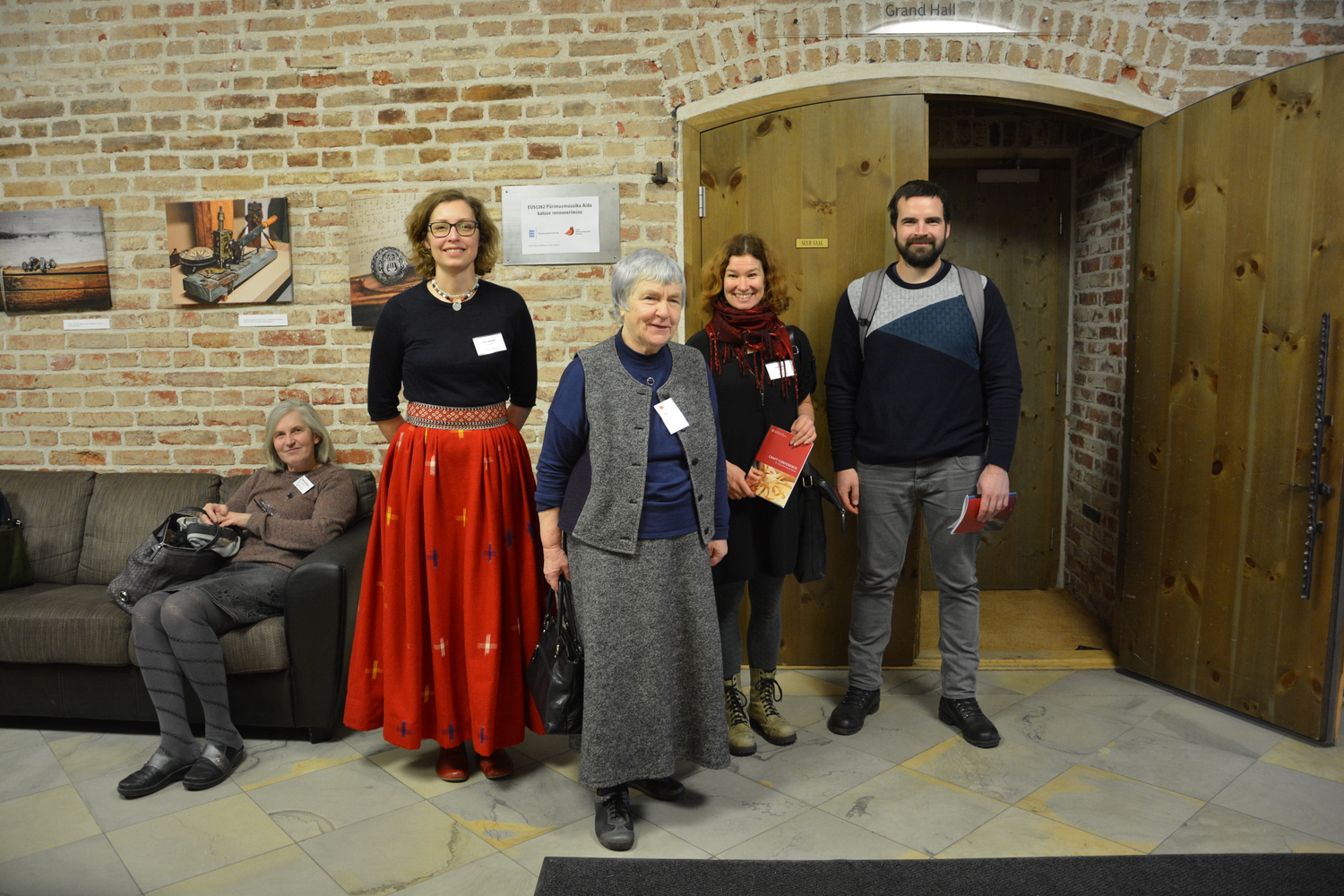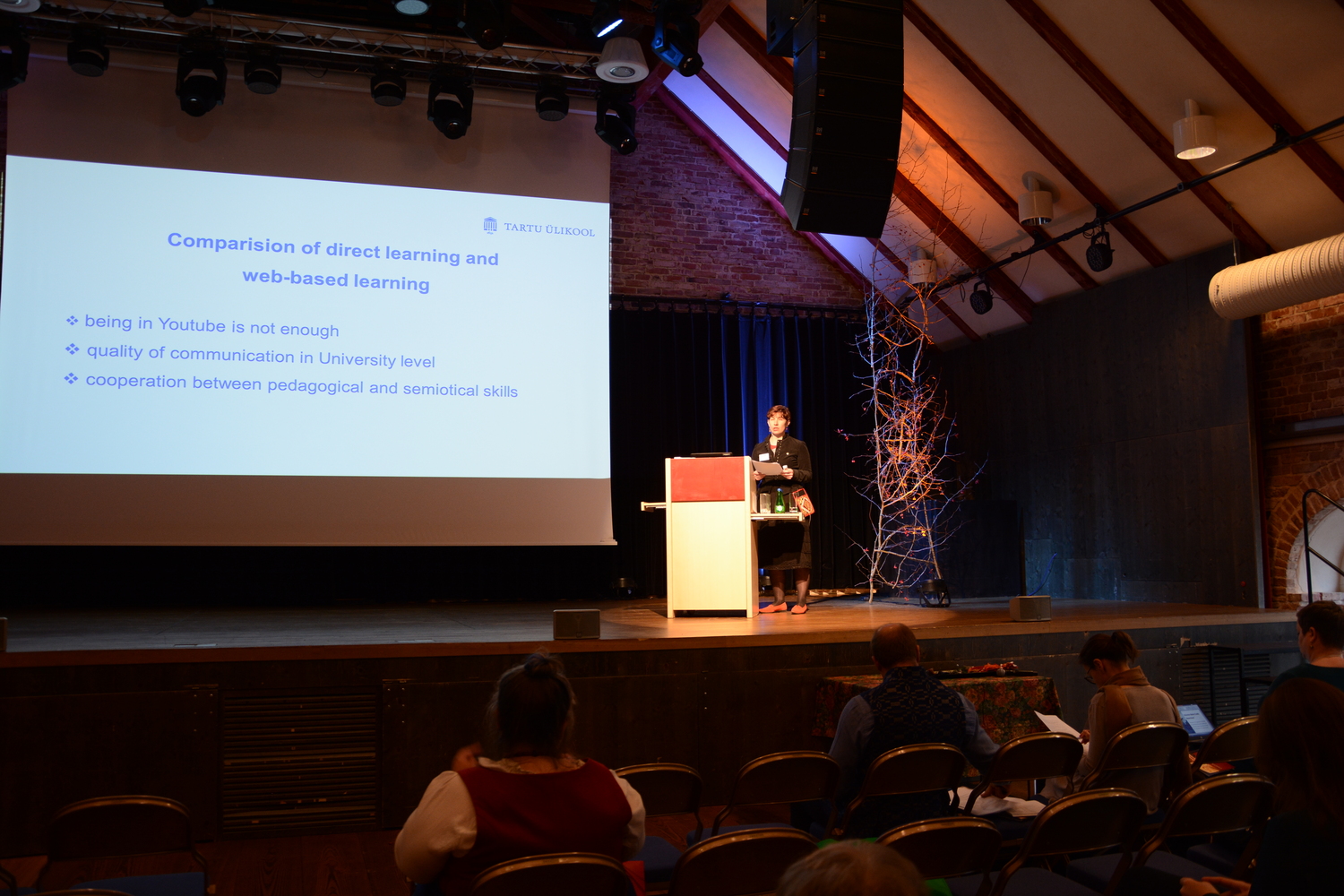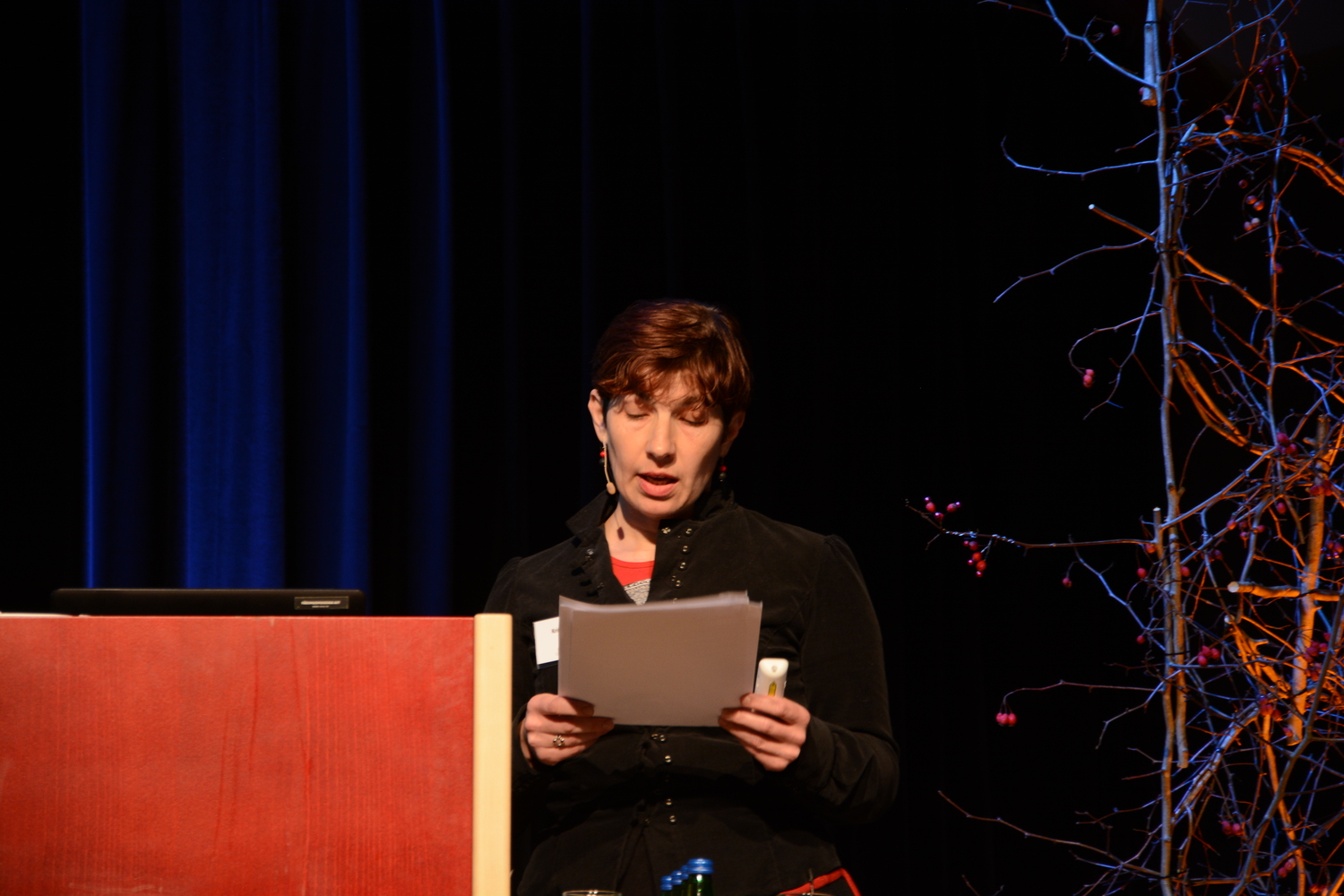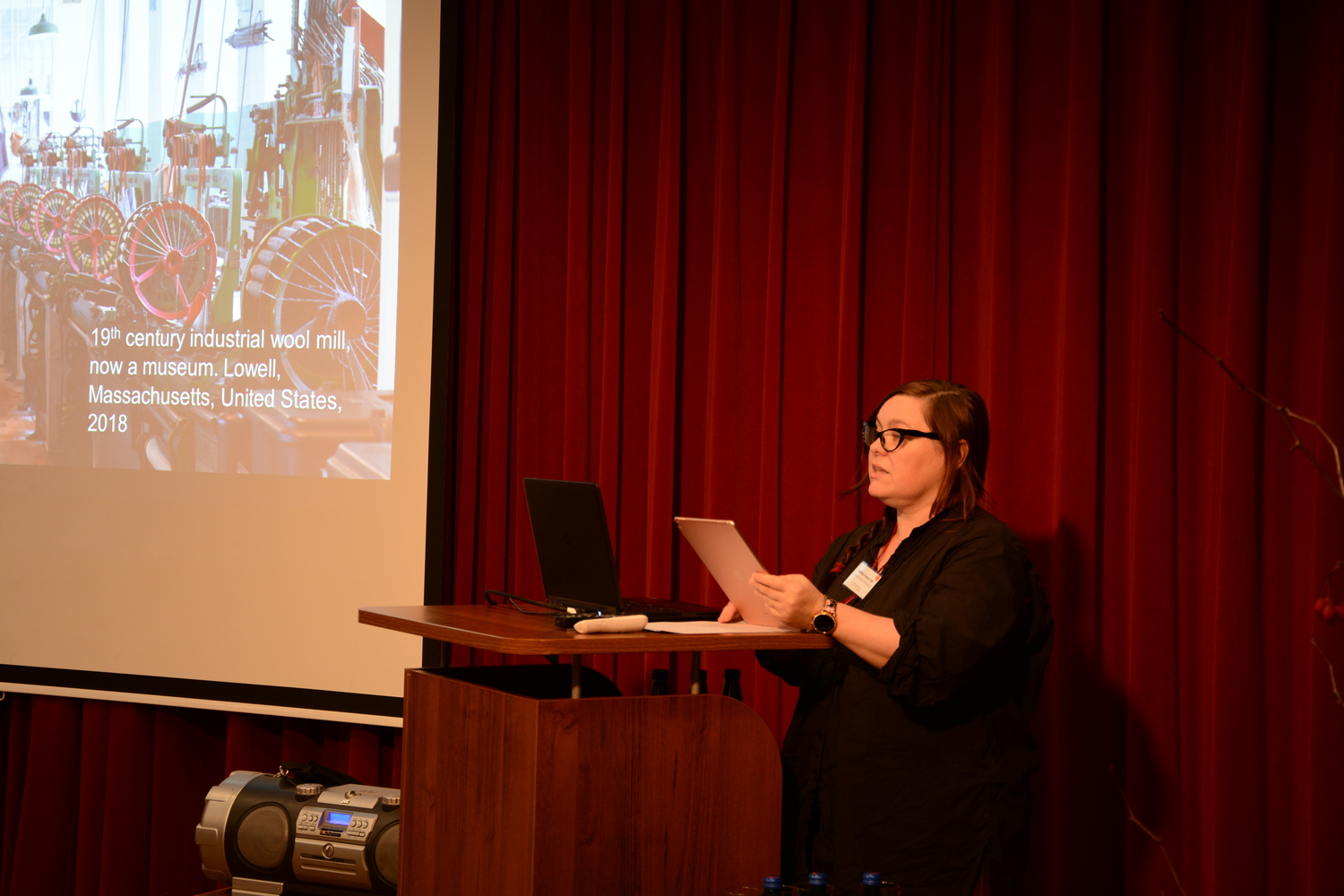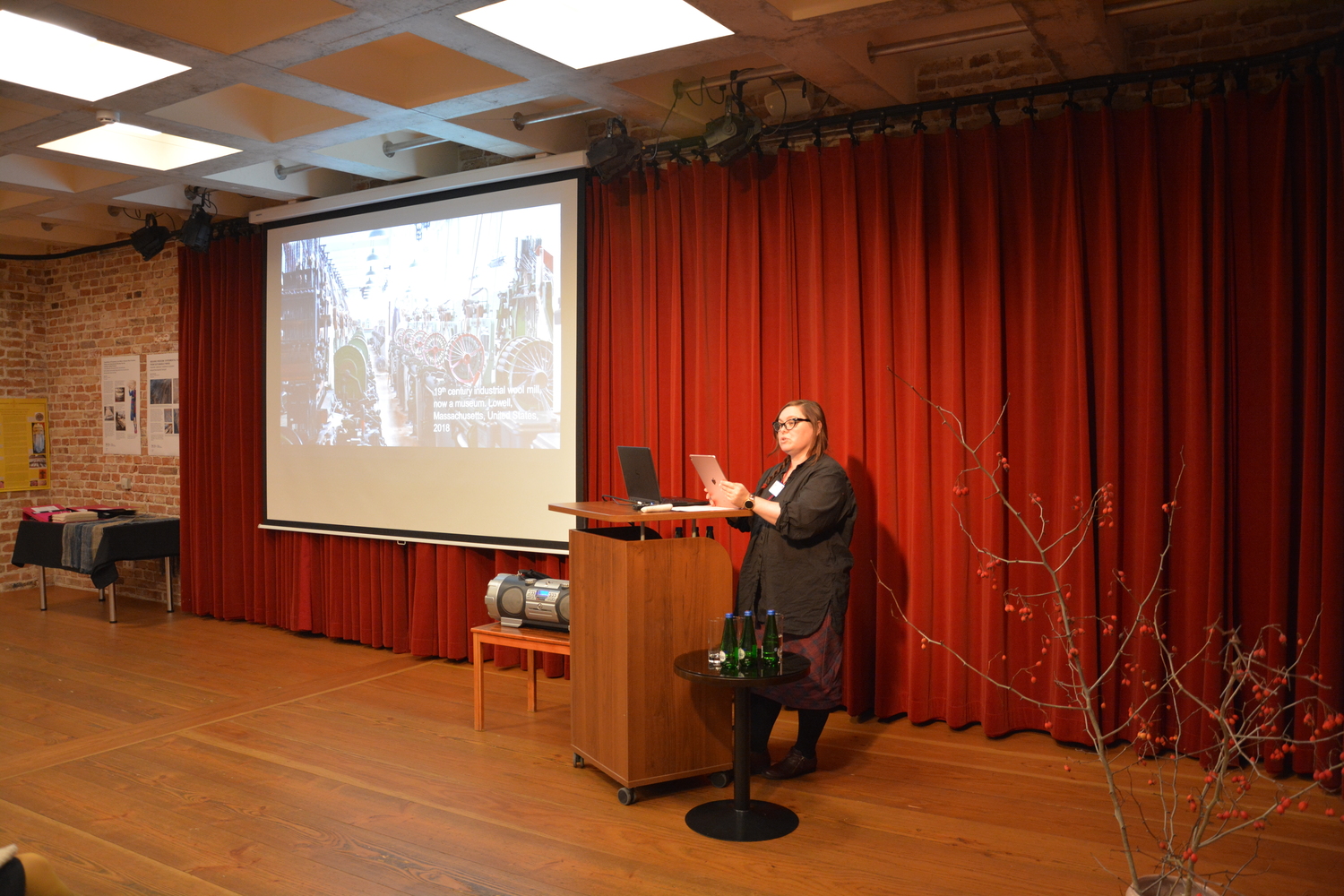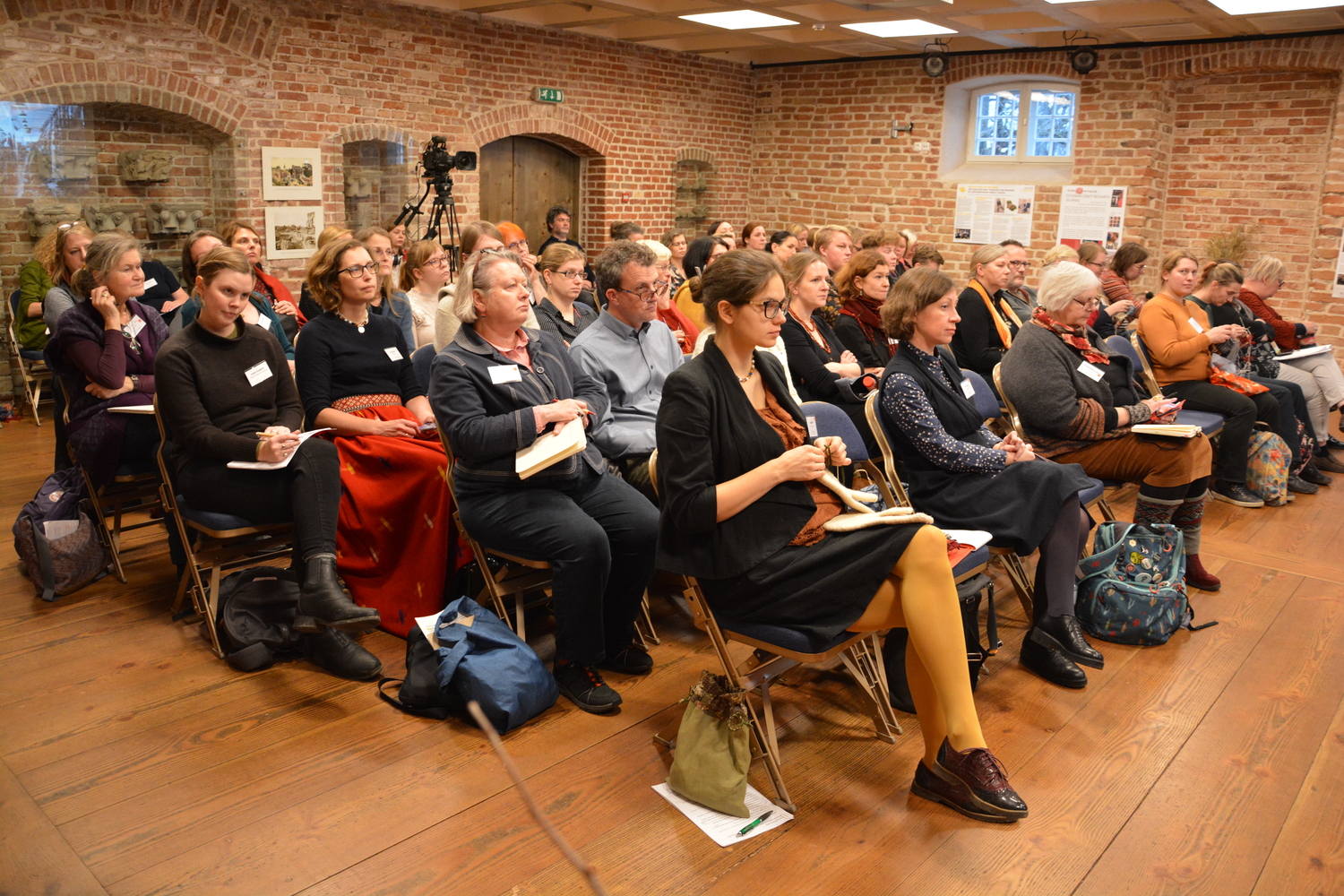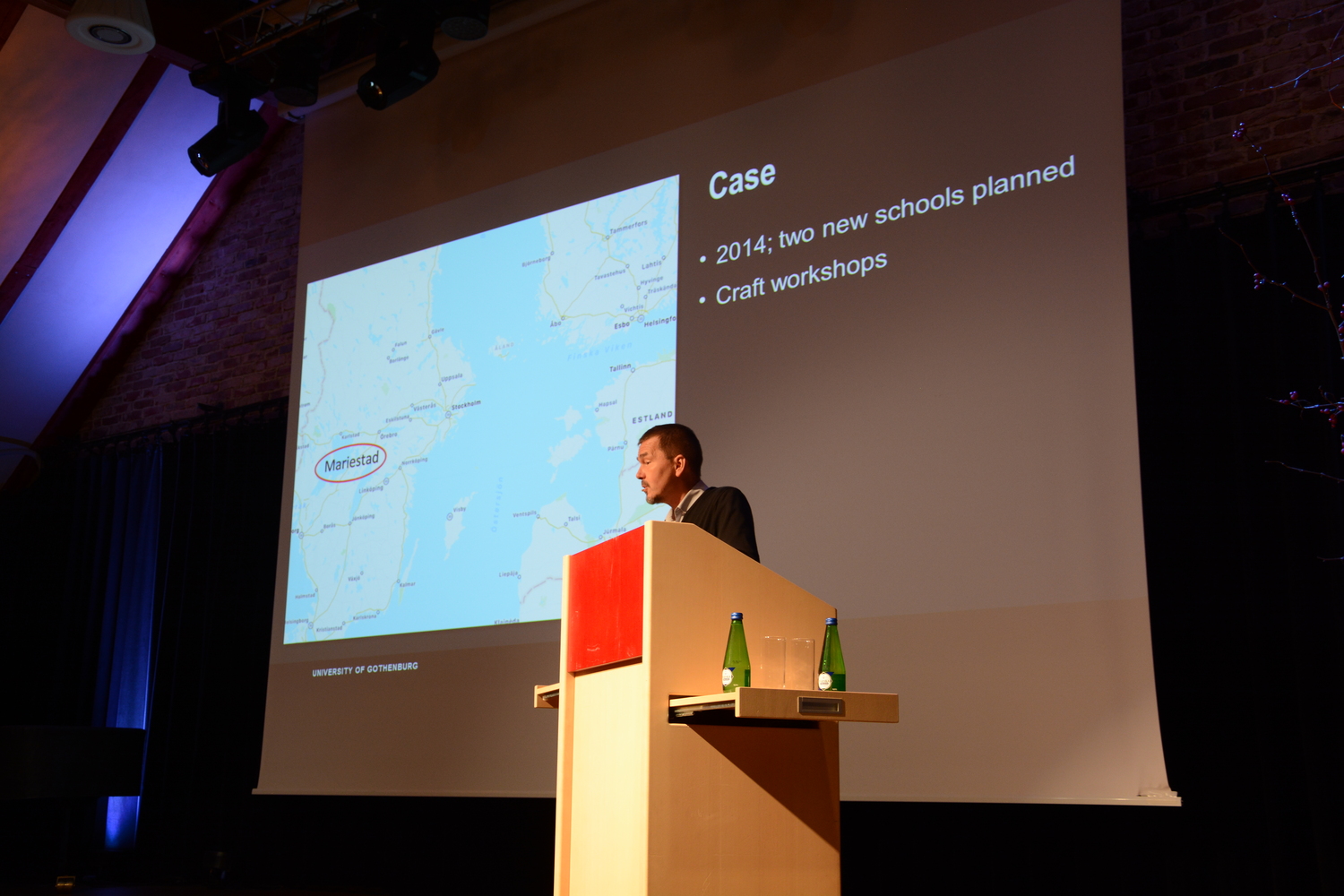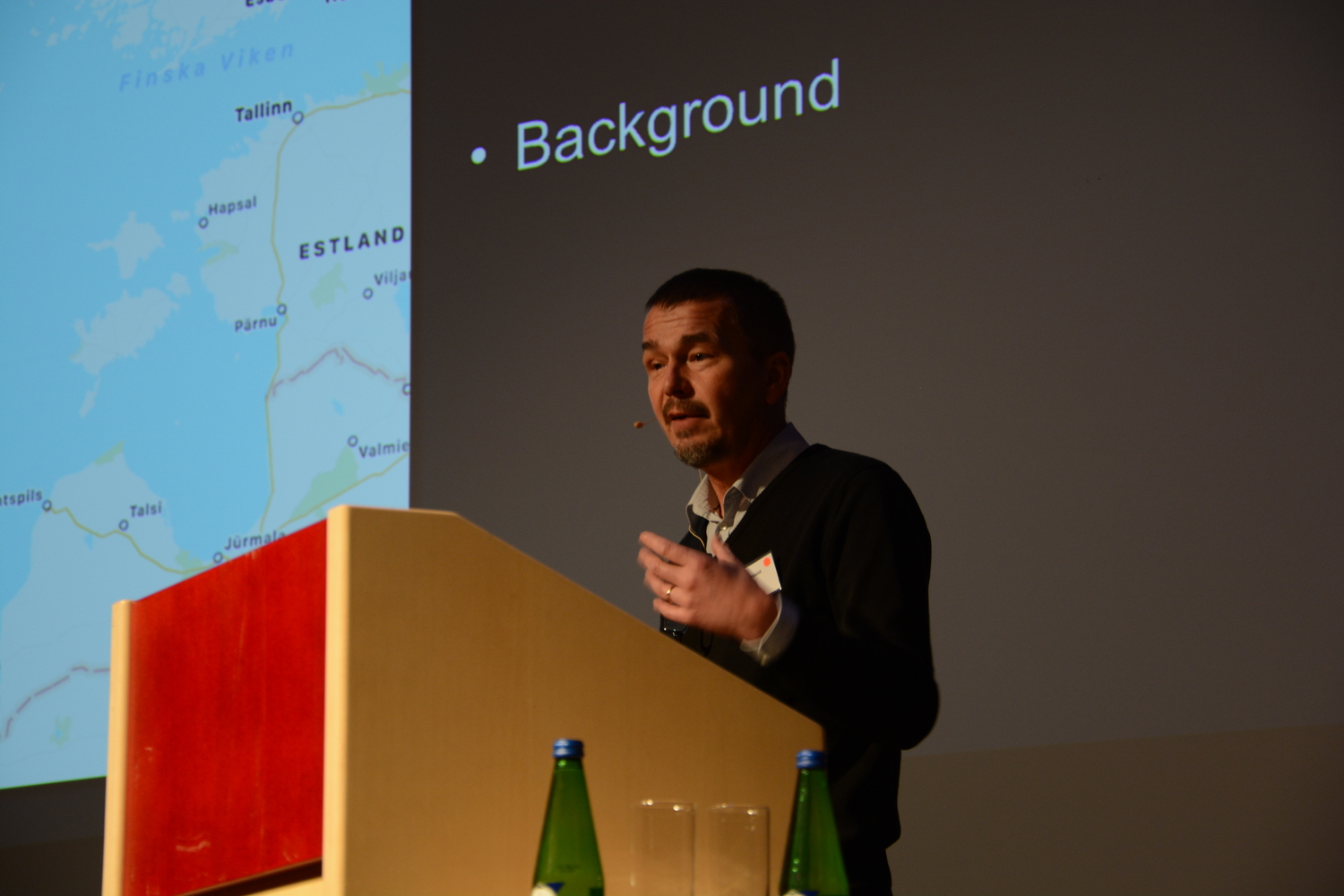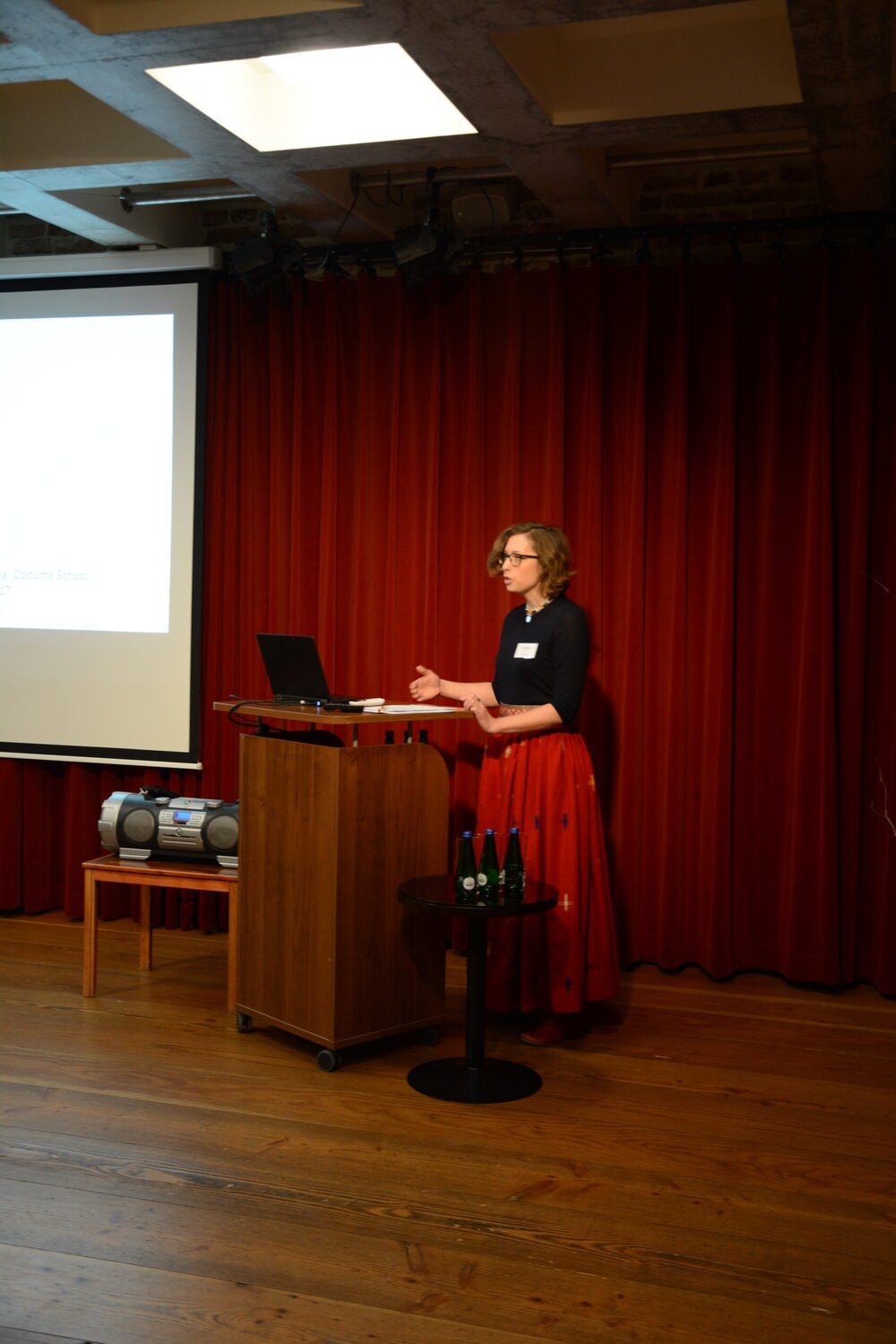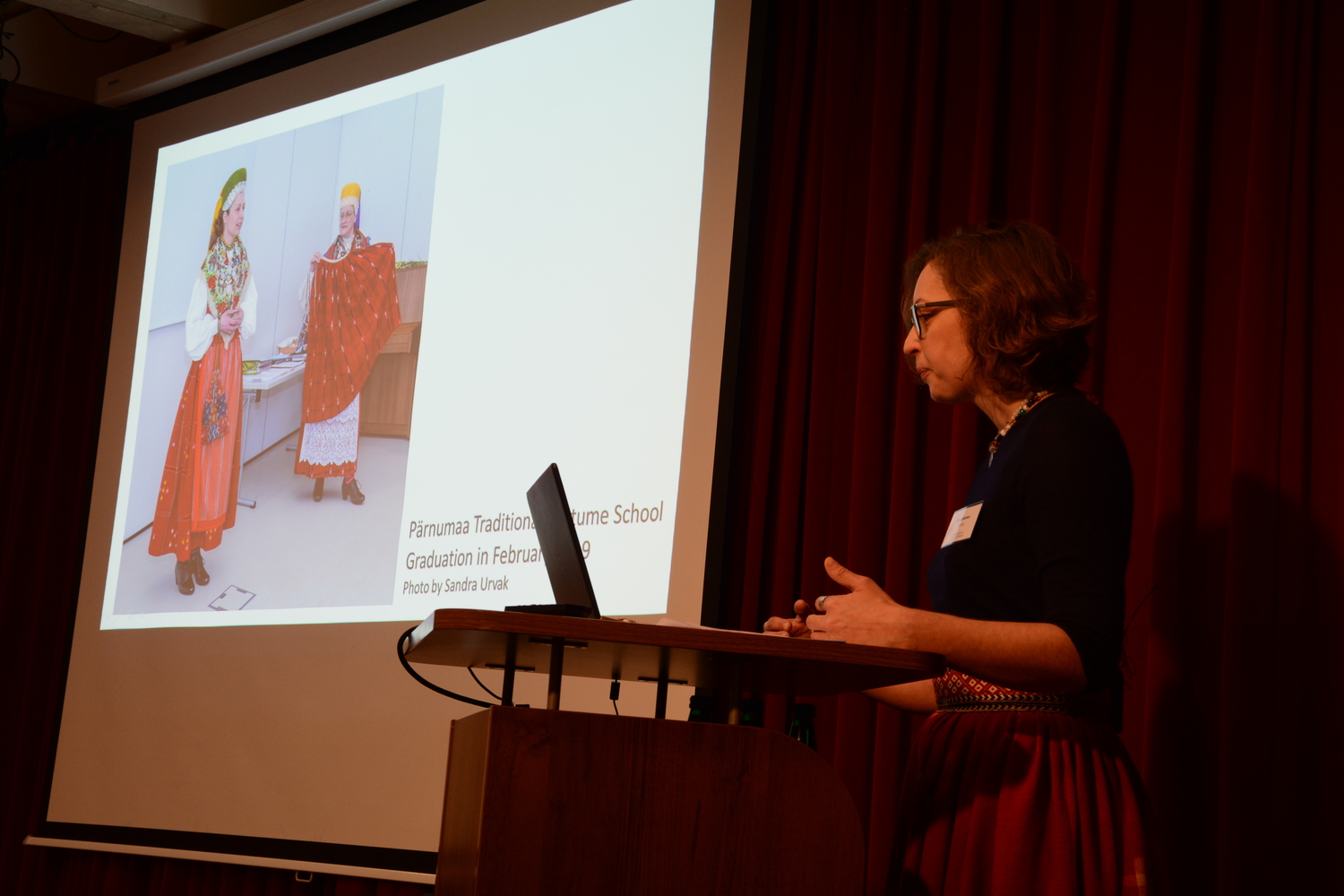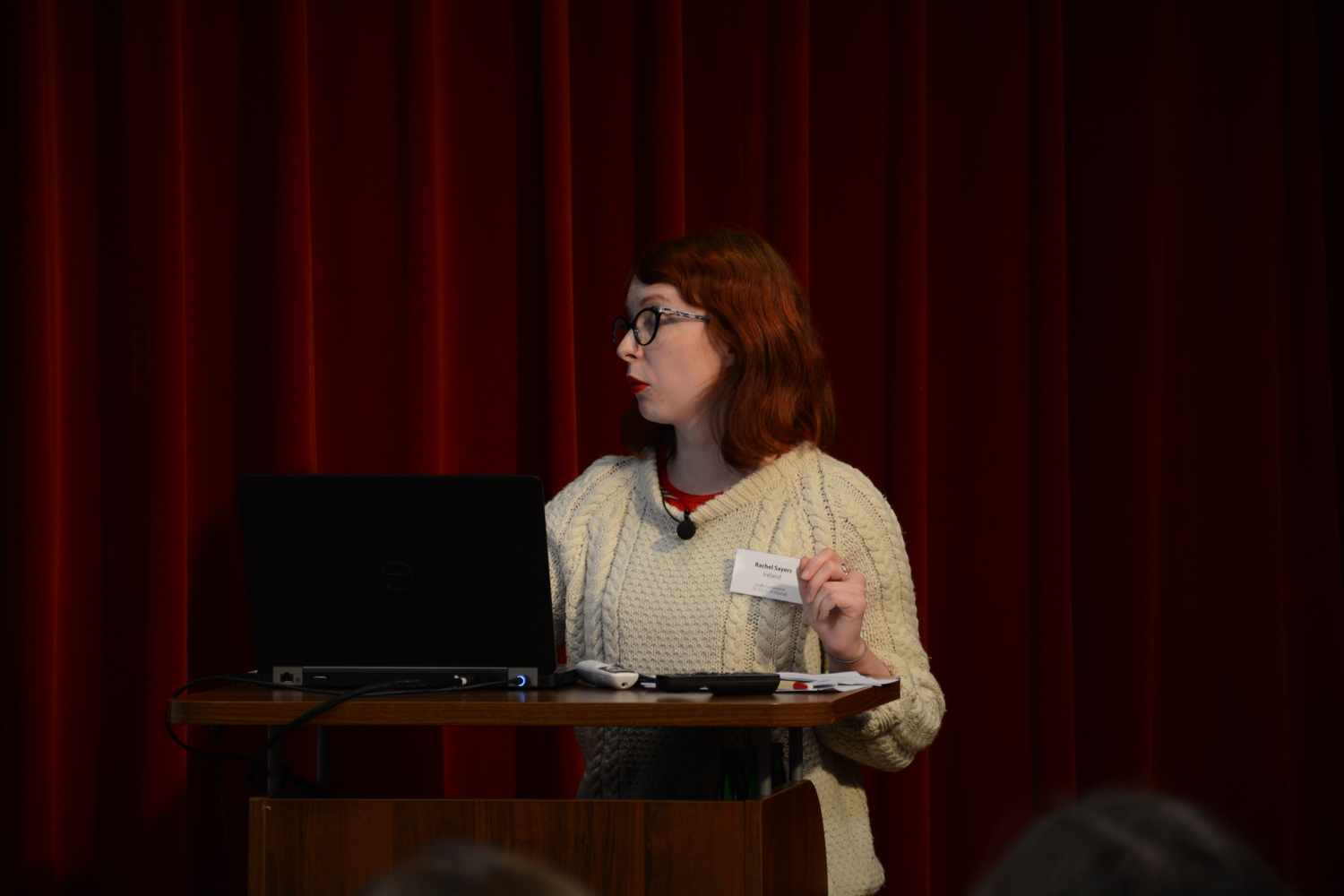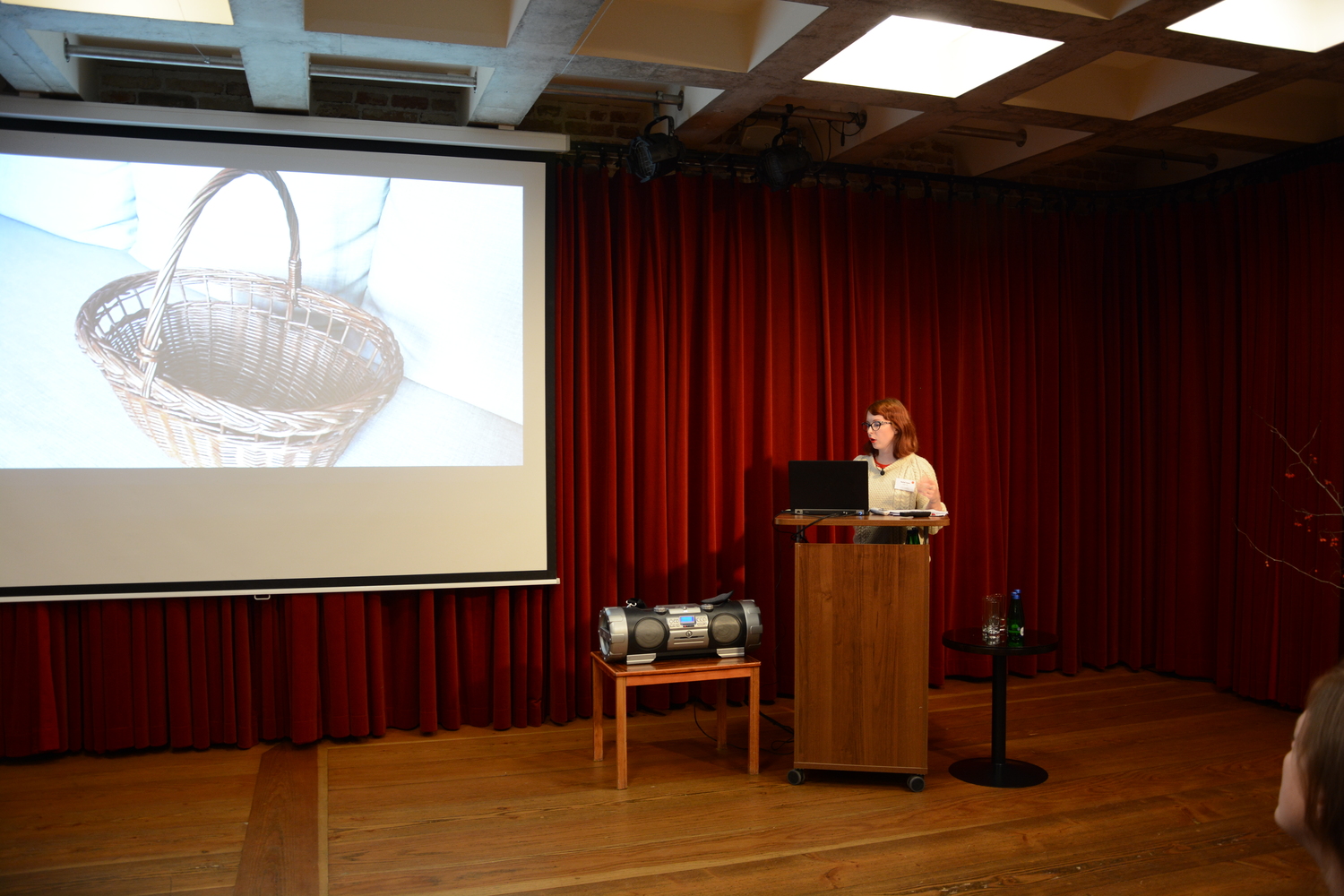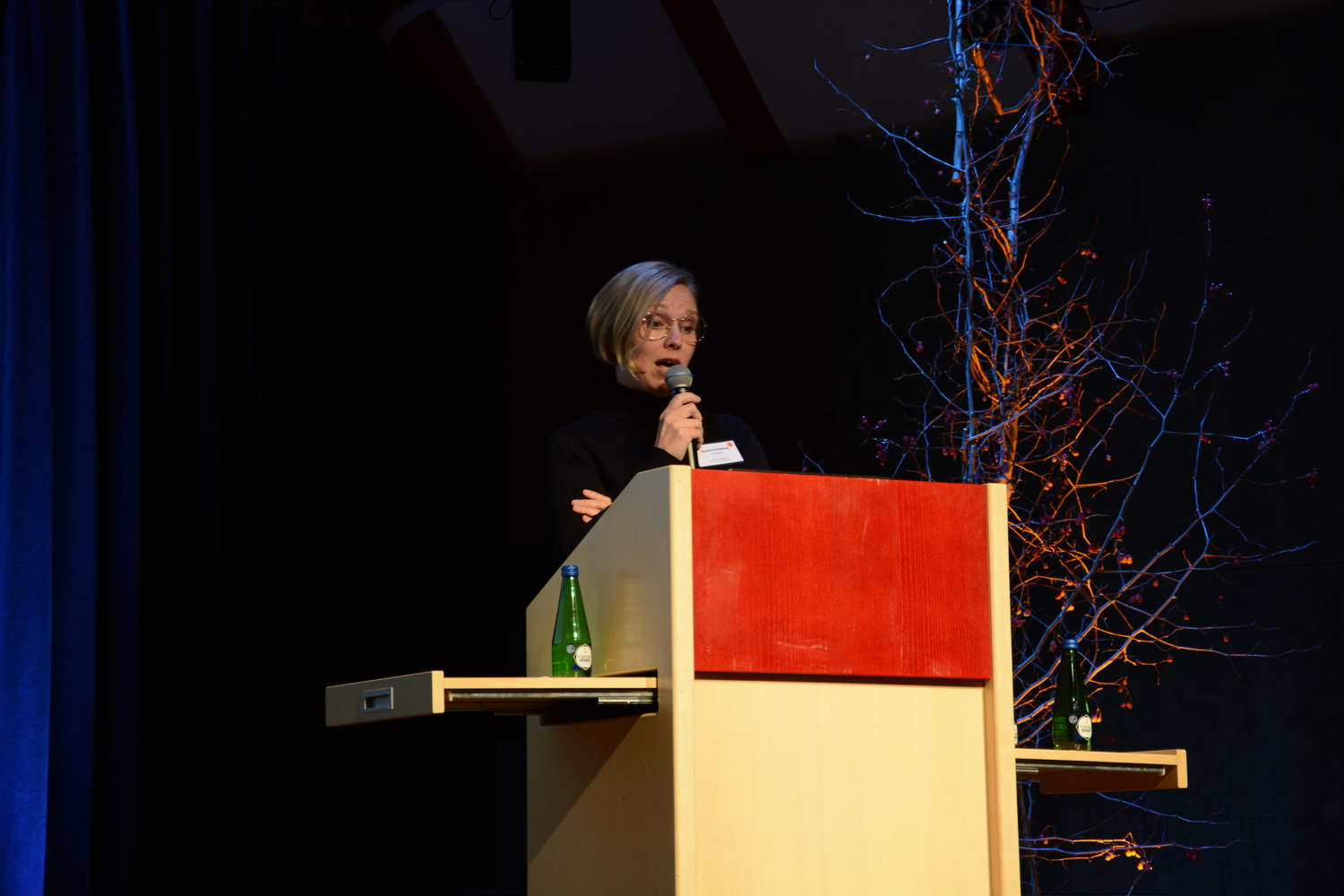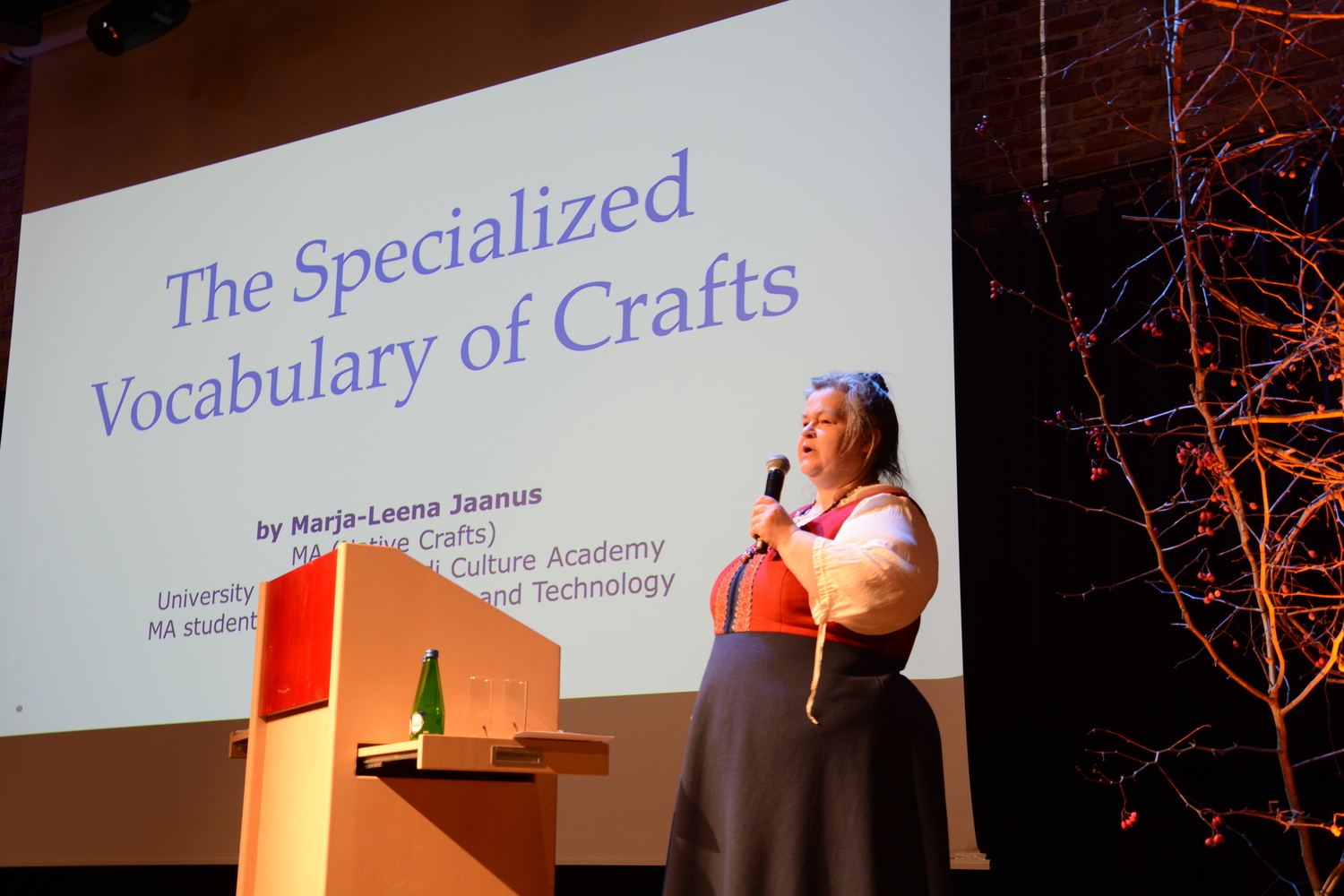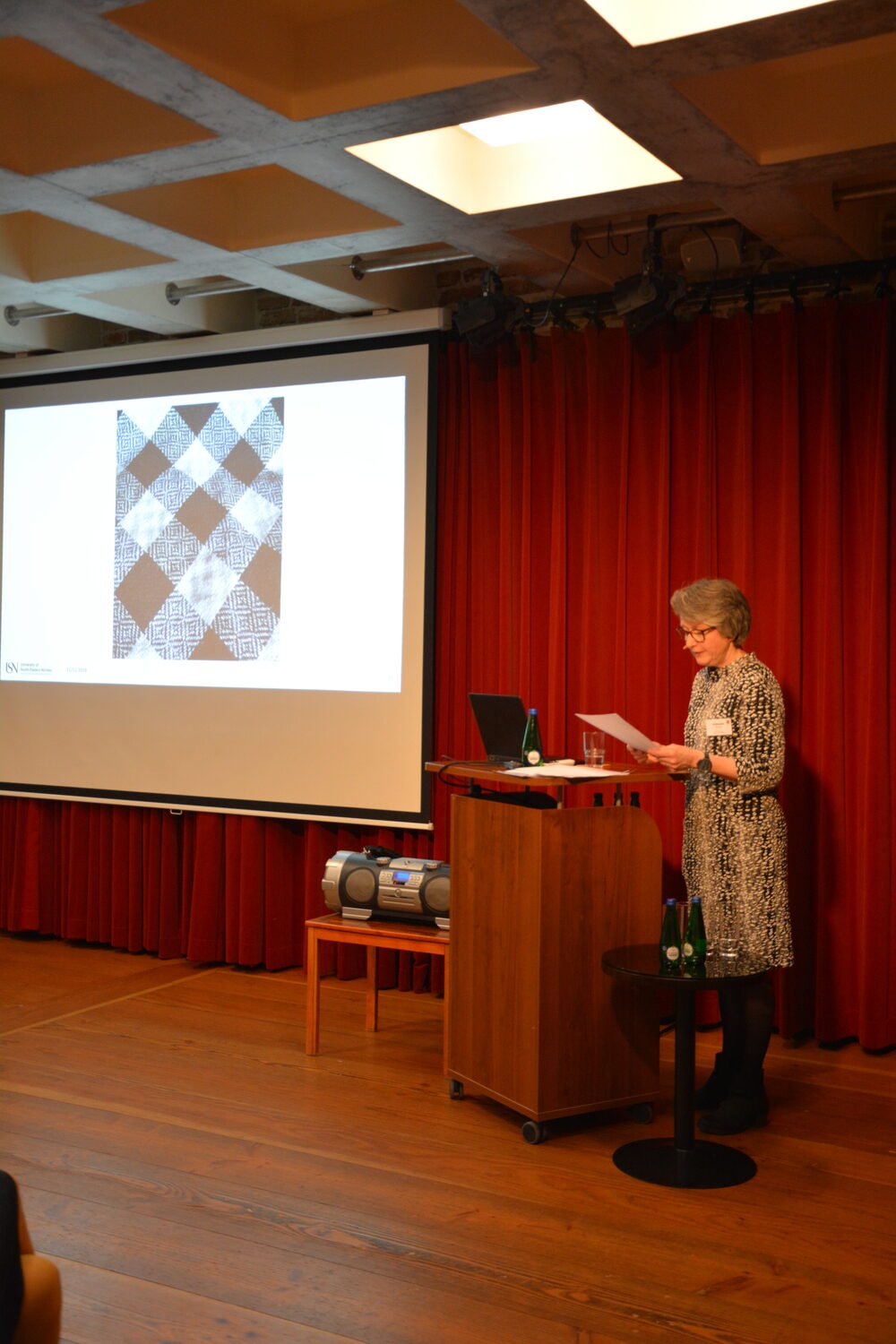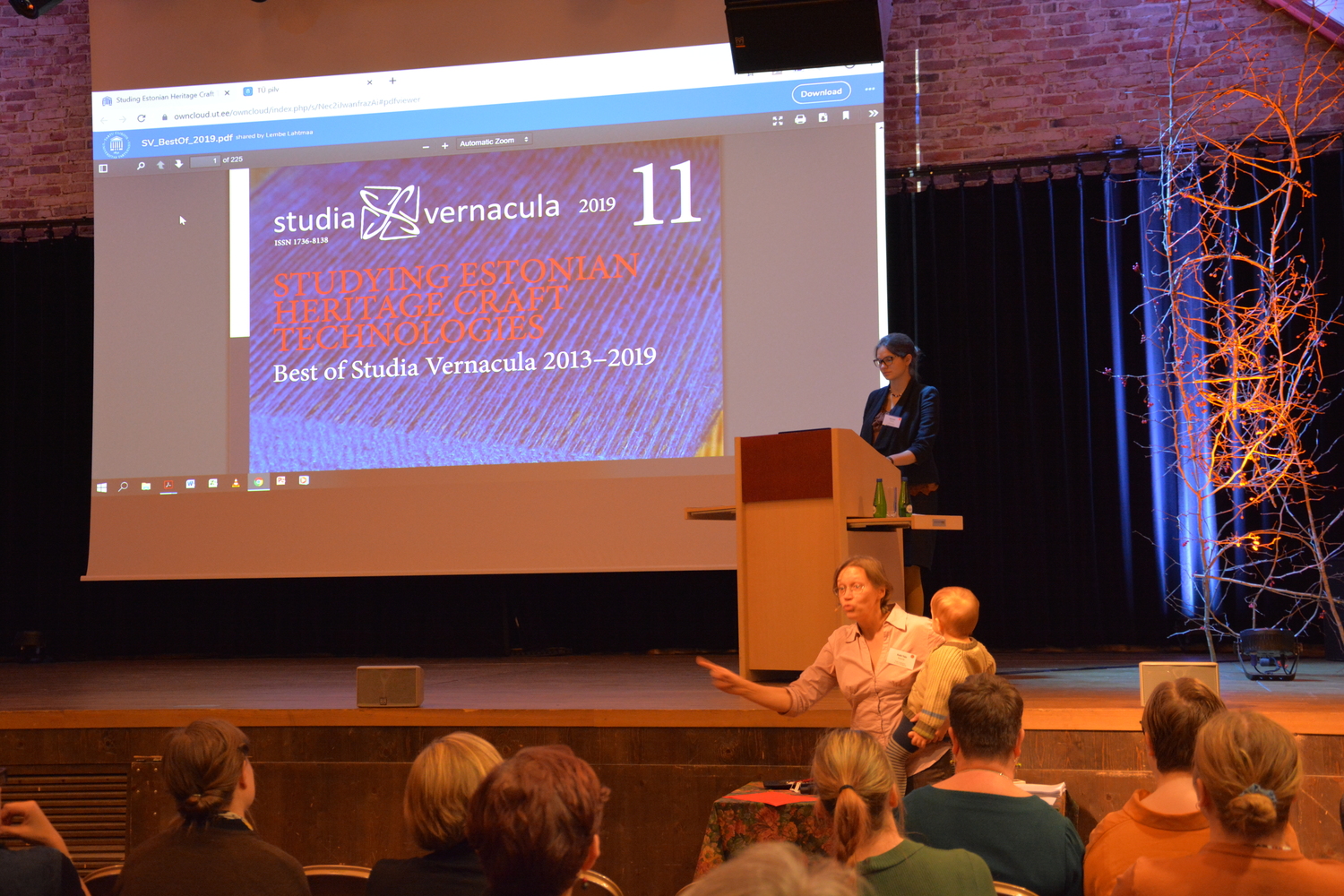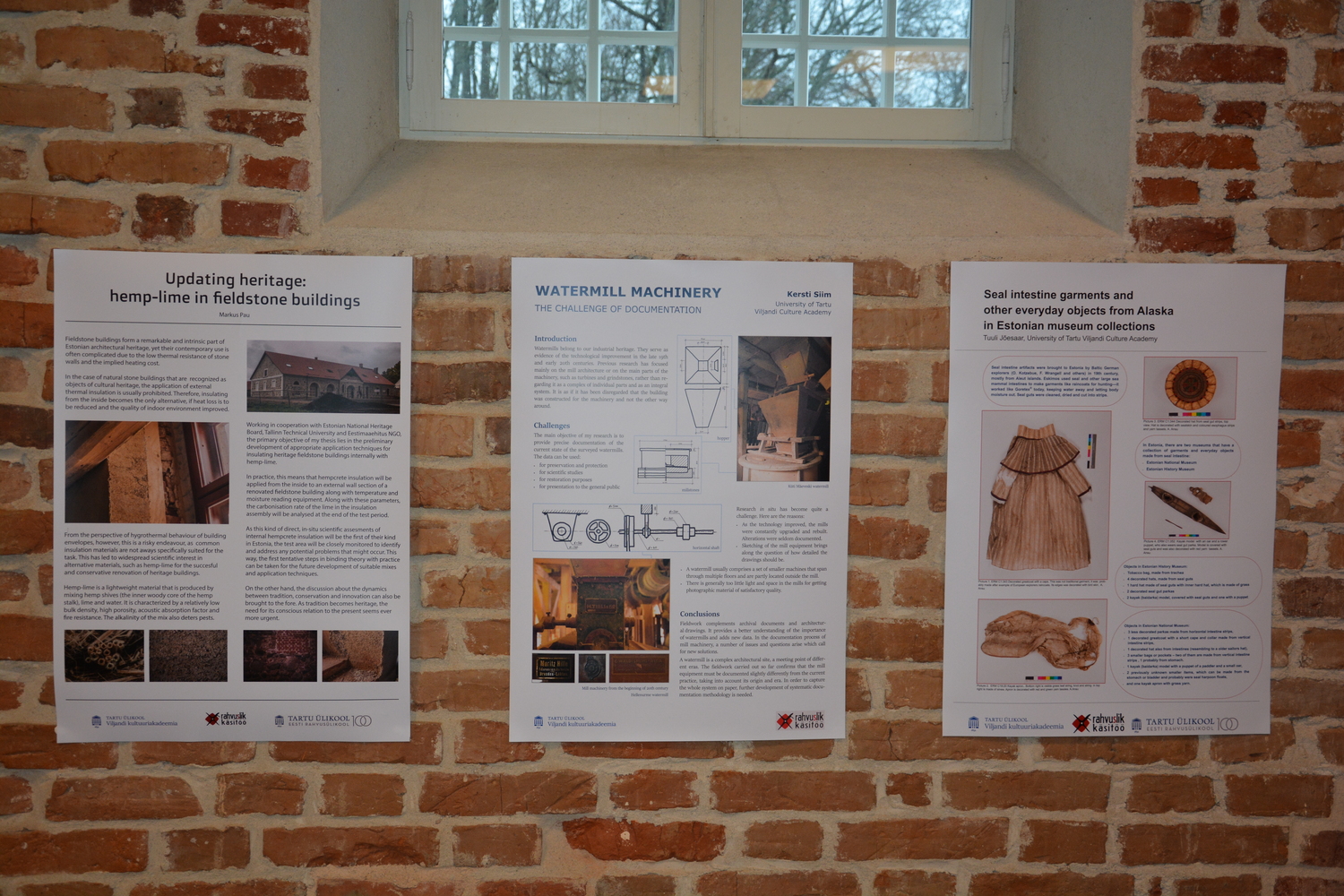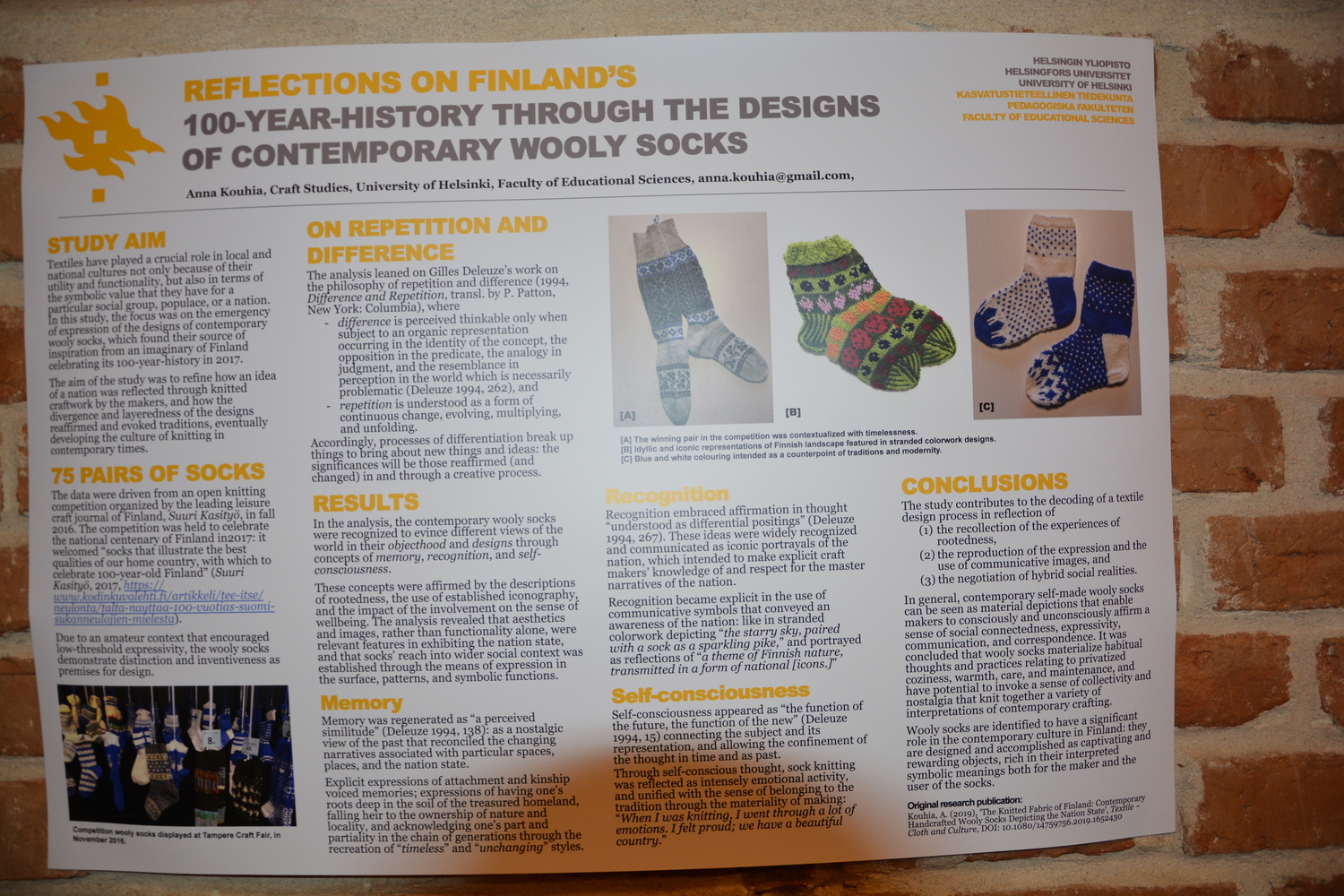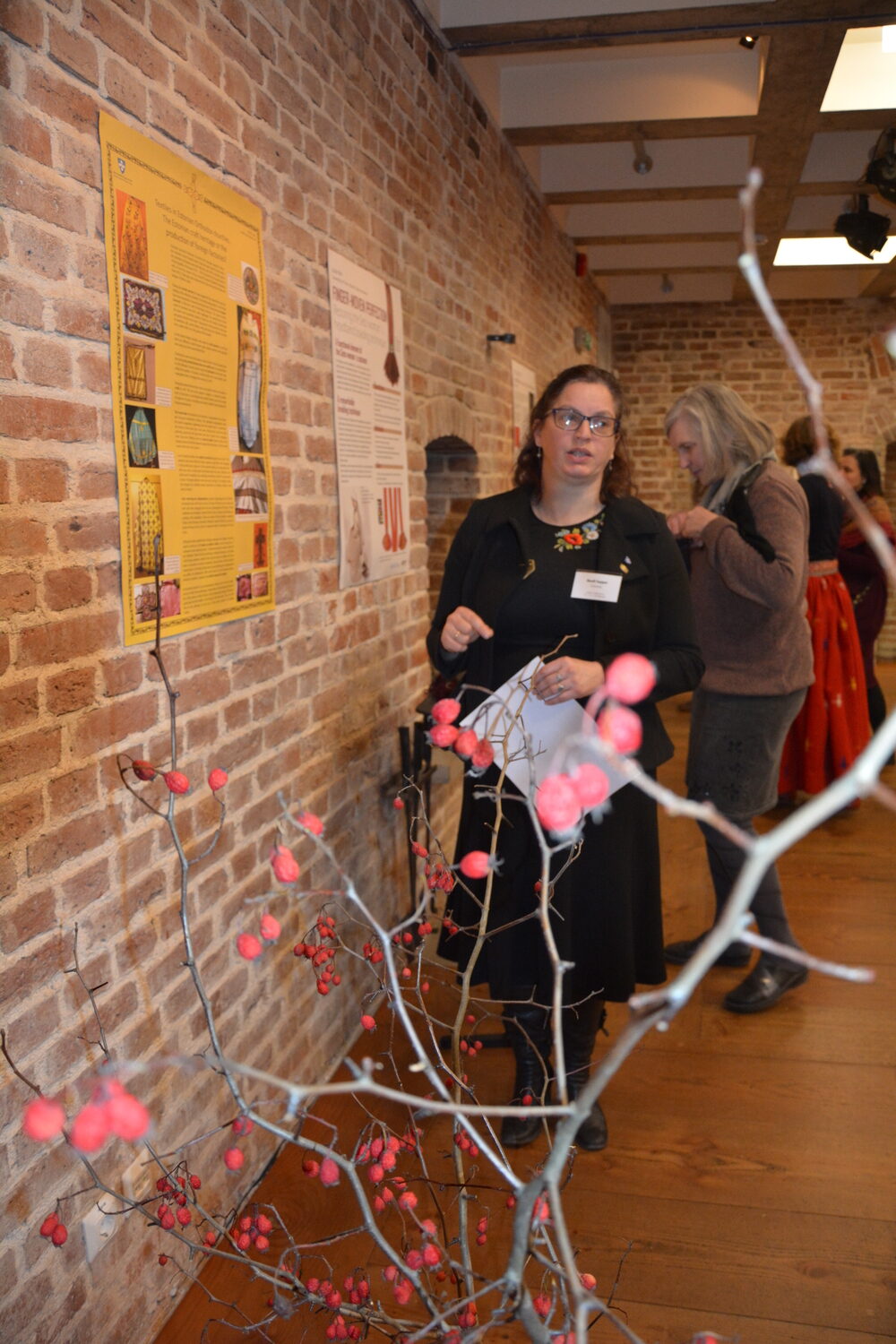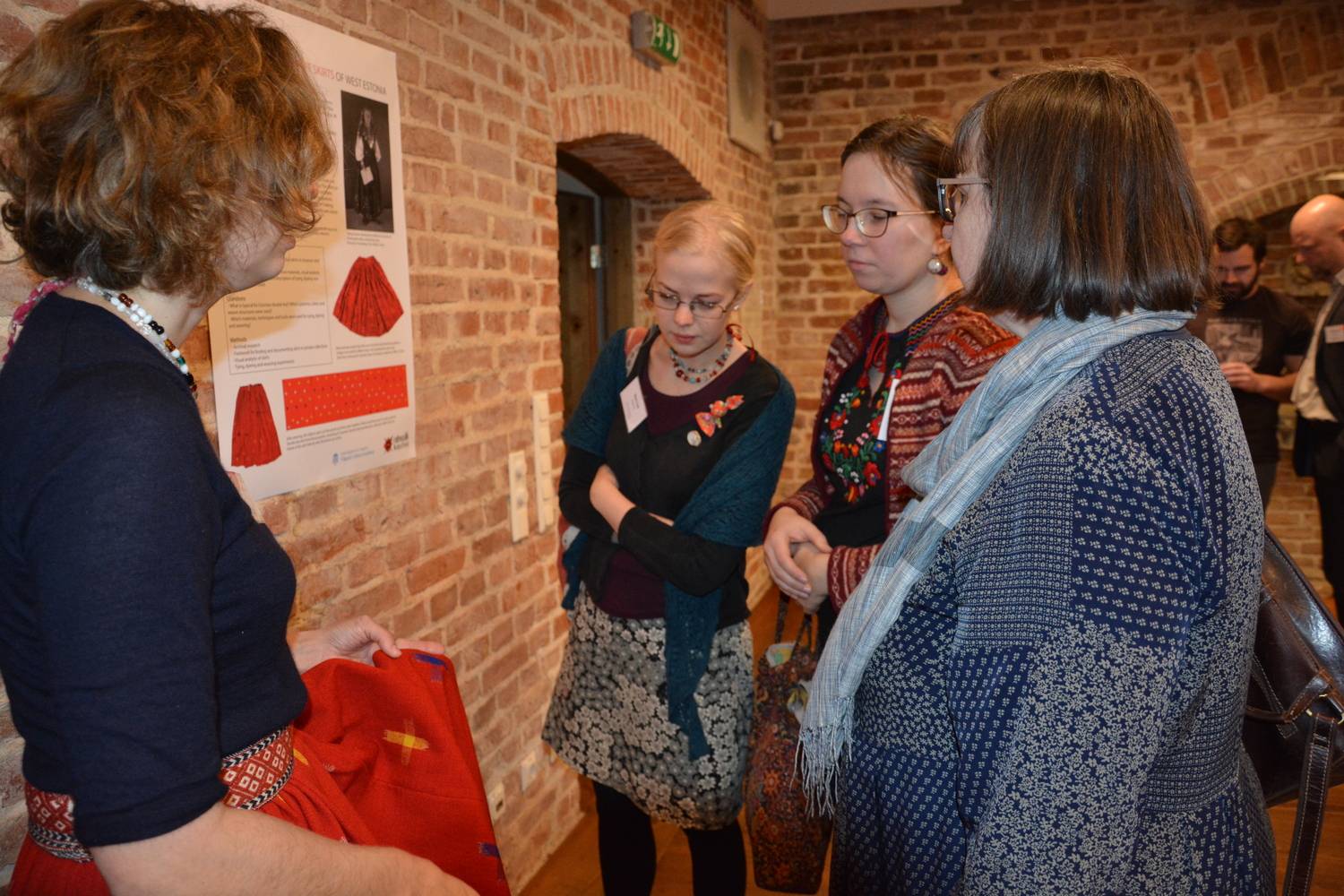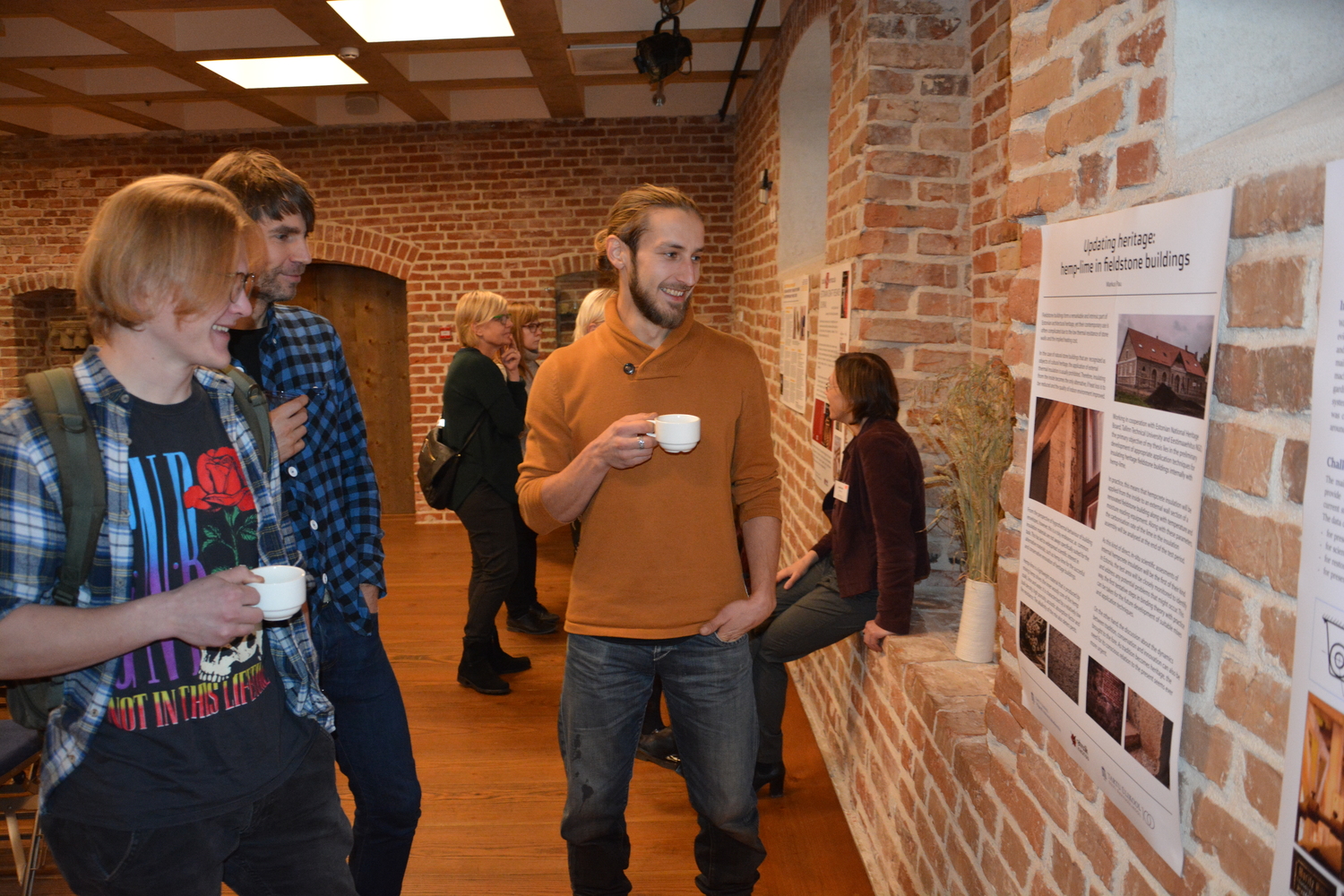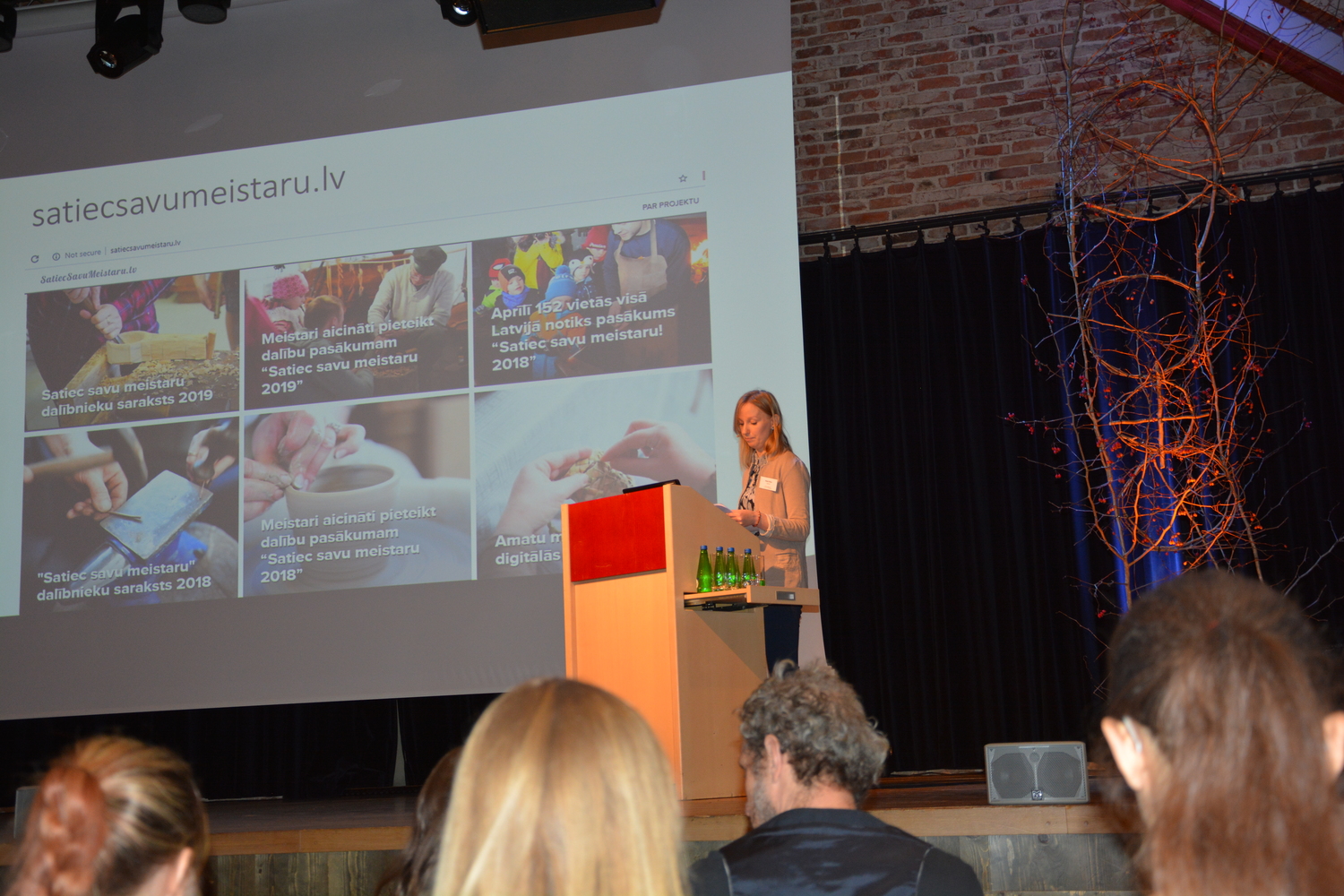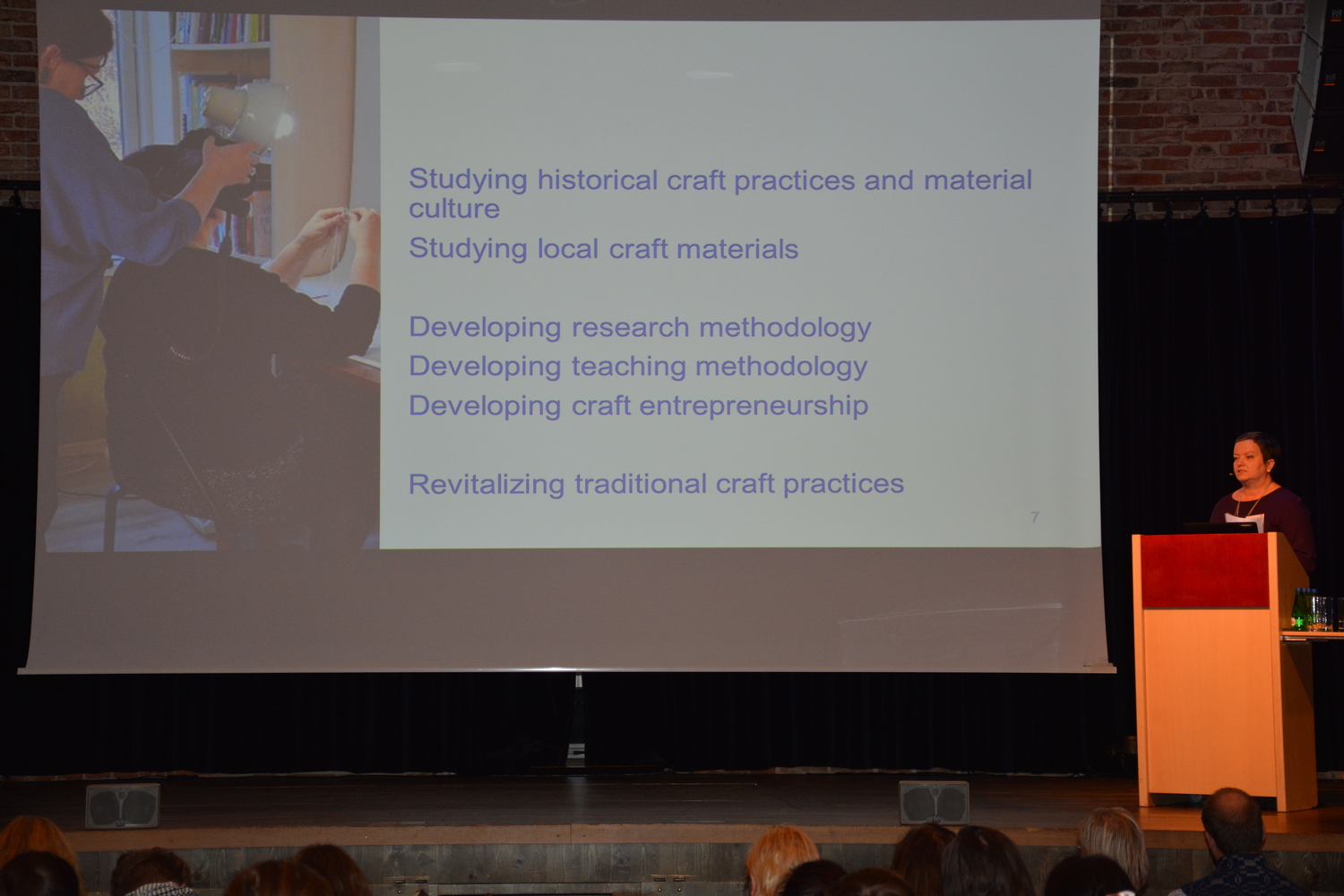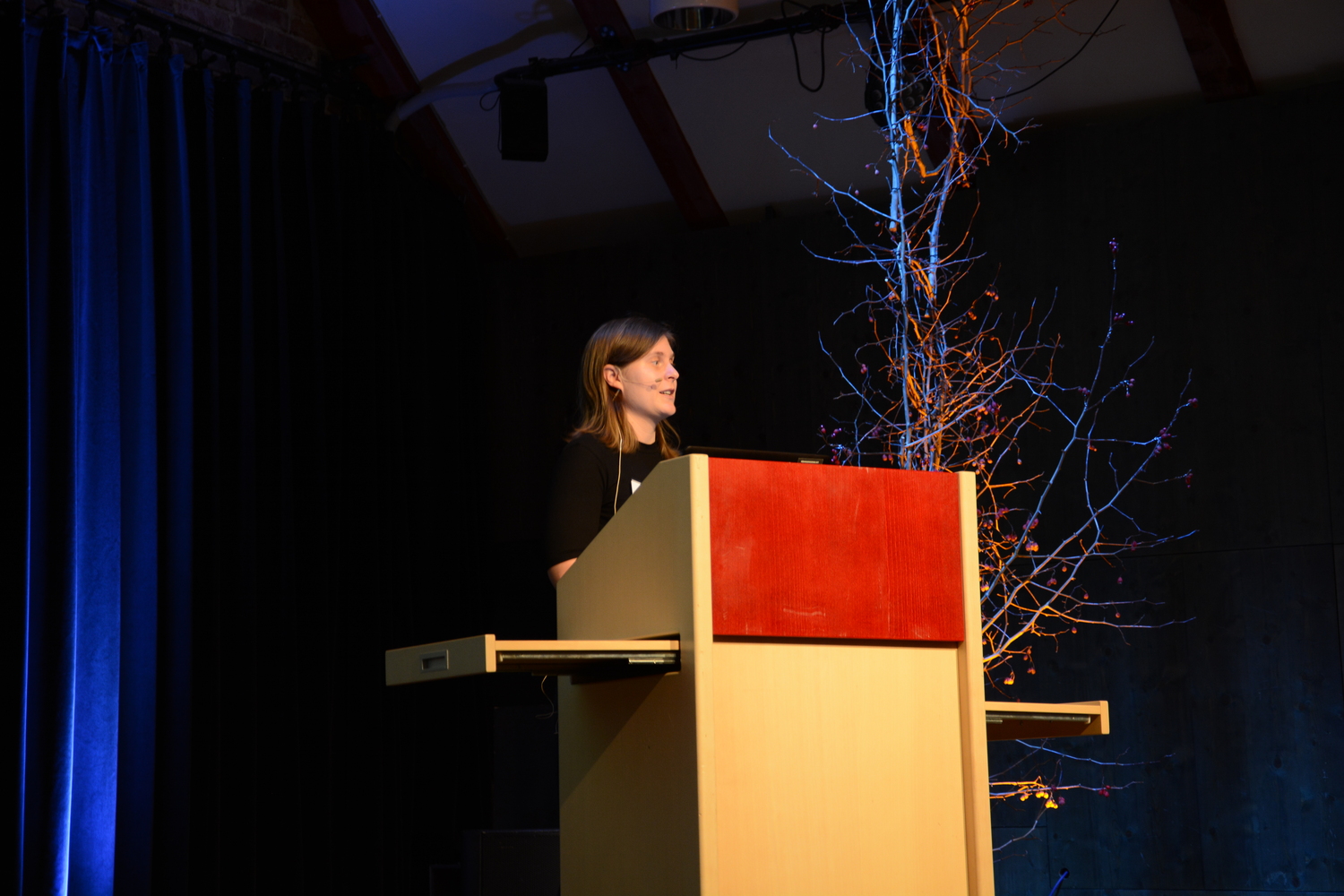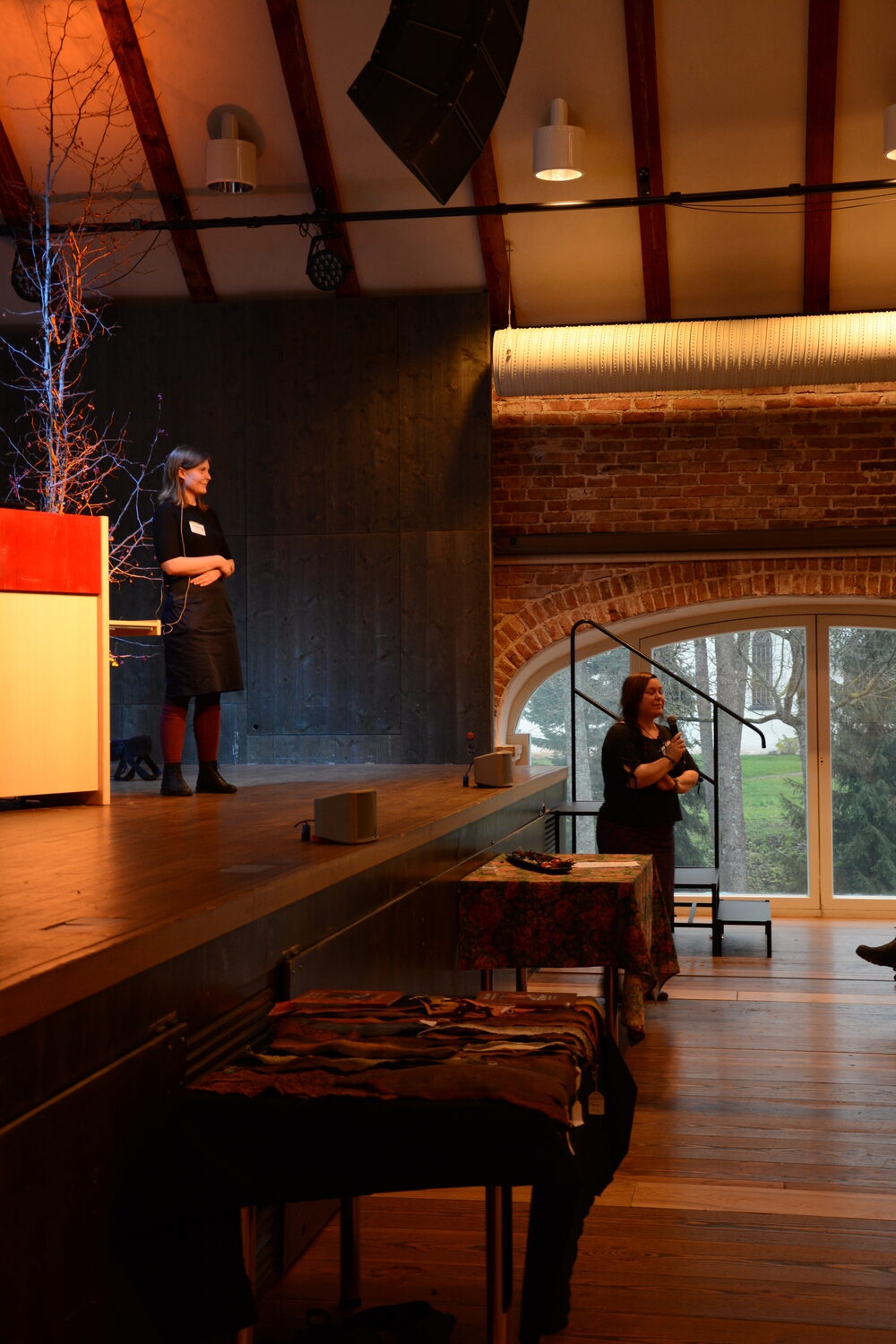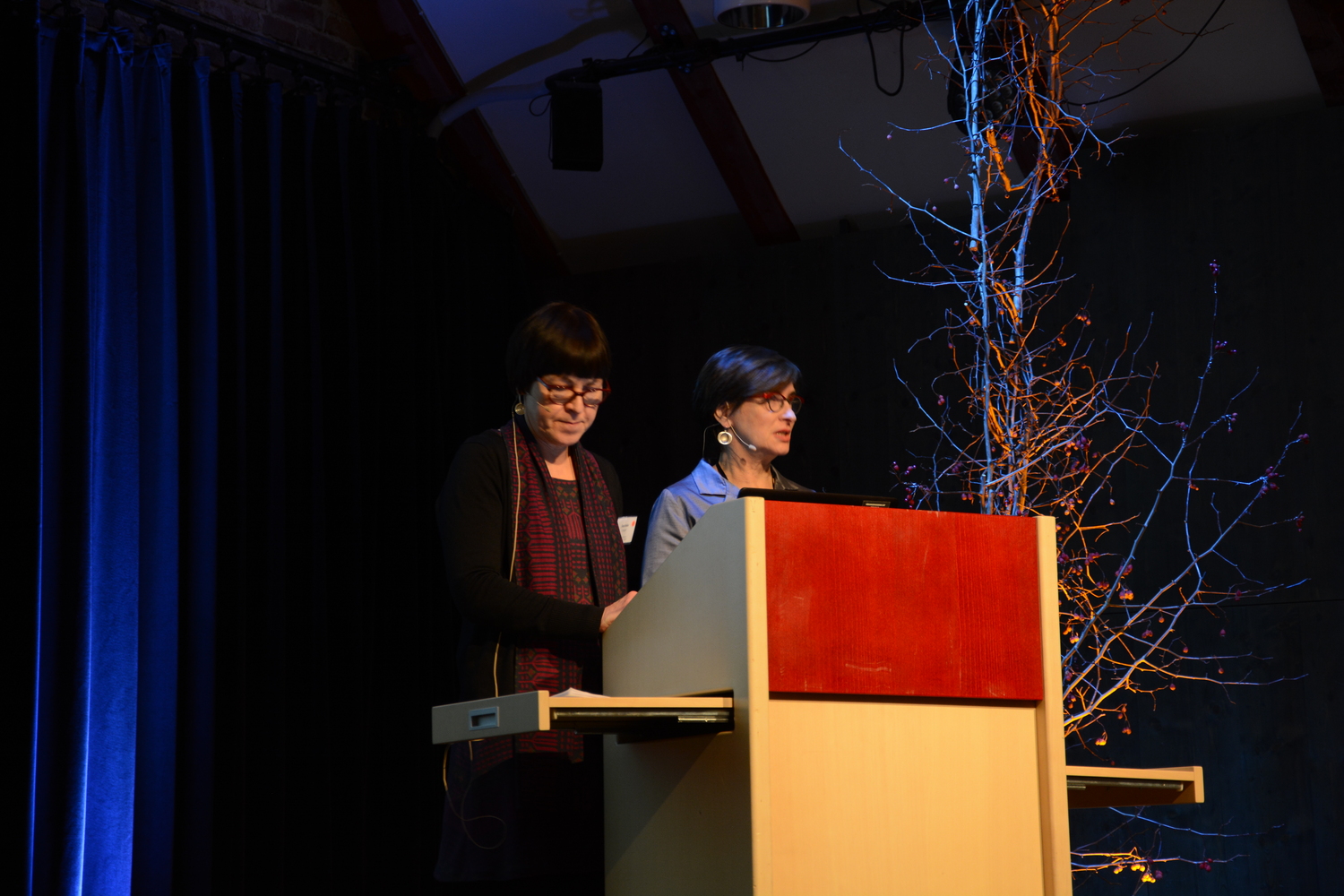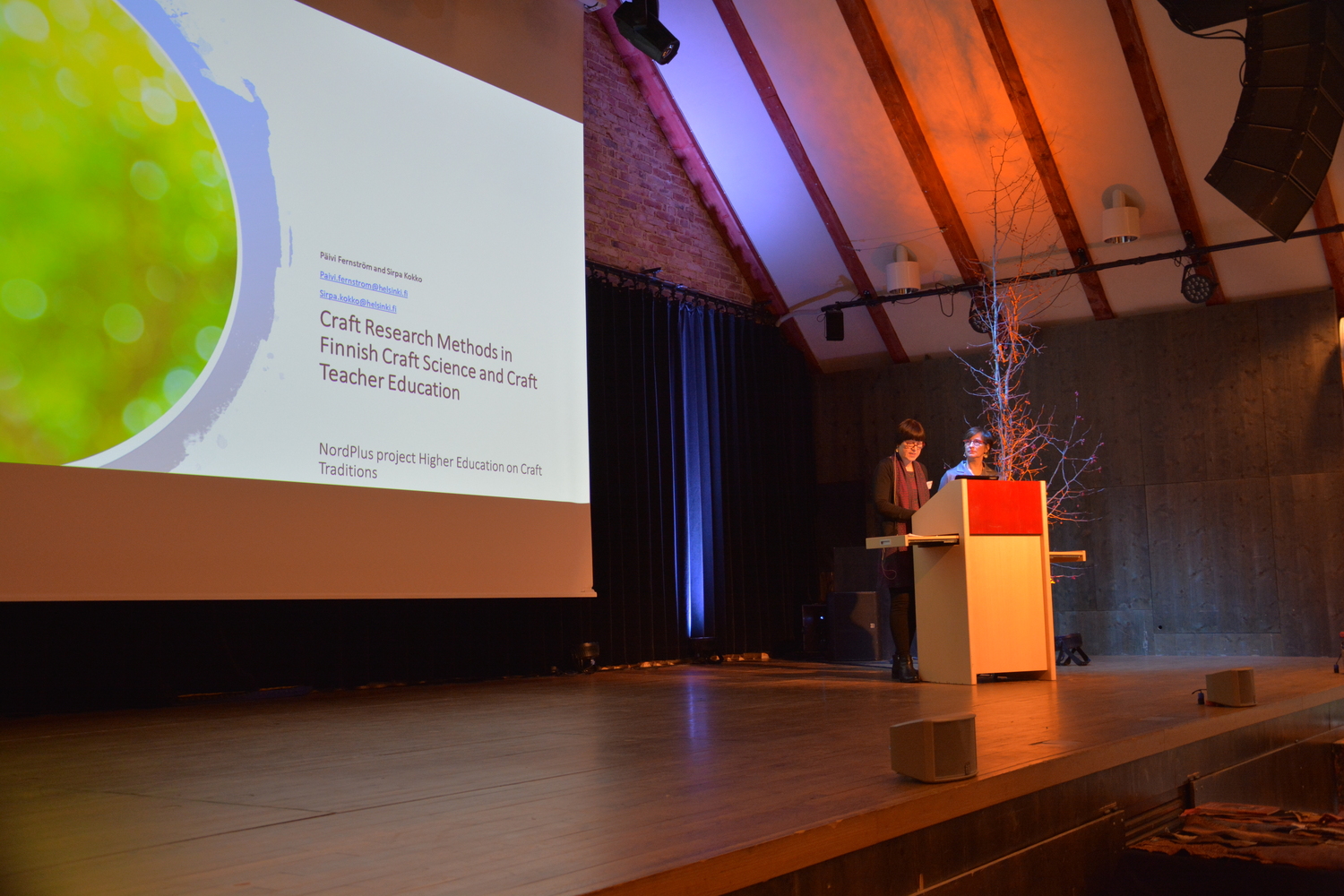Craft Conference 2019
Recap
The recordings of the lectures can be found on the University of Tartu online TV-channel: https://www.uttv.ee/otsing#sona=craft%20conference
Patrick Dillon from the University of Exeter (UK) wrote a conclusive article about the conference – Studying Traditional Crafts: bringing the past into the present and making a future. The whole article can be found from UT Viljandi Culture Academy annual journal Studia Vernacula.
Here are two paragraphs from his article.
Questions were raised at the conference about the way we describe craft practice and the terminology used. Historically, the accumulated incremental change of craft practice from generation to generation is reflected in subtle changes in the way people describe what they are doing, often through dialect words with very localised meanings. The expressions ‘folk’, ‘vernacular’, ‘sloyd’, and ‘cræft’ capture something of the general character. The etymology of craft is itself now an area for research, especially the more specialised vocabularies, as was illustrated by work on Estonian native words at the University of Tartu.
In universities in Nordic and Baltic countries, where craft is a valued field of research, and also where it is a major subject in teacher education, ‘craft science’ has become established. Science implies systematised and standardised forms of enquiry and categorisation which somehow have to be reconciled with the tacit and emergent qualities of craft practice. Additionally, in teacher education it is necessary to integrate didactic and pedagogical approaches into craft science. These matters have been addressed at the University of Gothenburg through research into scholar competences, characterising the techne of doing and making alongside the epistēmē of understanding. At Helsinki University, programmes of research at Masters and doctorate levels have helped establish the discipline of craft science by finding ways to incorporate empirical approaches into a wide range of qualitative methods.
The first group photo is taken by Mailiis Laur. All the other photos are taken by Eilve Manglus.
